The 2022 Porsche 911 Safari is a rumored, upcoming variant of the company's iconic sports car. Far from confirmed for production, the 911 Safari has been spotted testing on public roads a few times since late 2020, a sign that Porsche is considering some sort of 911 with a raised suspension. The Safari name isn't official either, it's just based on a nickname given to a handful of rally-spec cars that Porsche built in the past. The German company also created a 911 Vision Safari concept in 2012, but it kept it hidden from us until November 2020, when it unveiled numerous never-before-seen show cars and designs. Is Porsche actually working on a production 911 Safari. If so, what will it bring to the table? Let's try and answer these questions in the speculative review below.
Updated 01/25/2022: The future Porsche 911 Safari was caught testing once again, this time in its production shape. You can spot the different front bumper, new air intakes in the engine hood and wider side sills. The rear also gets a new bumper and new exhaust pipes.
2022 Porsche 911 Safari
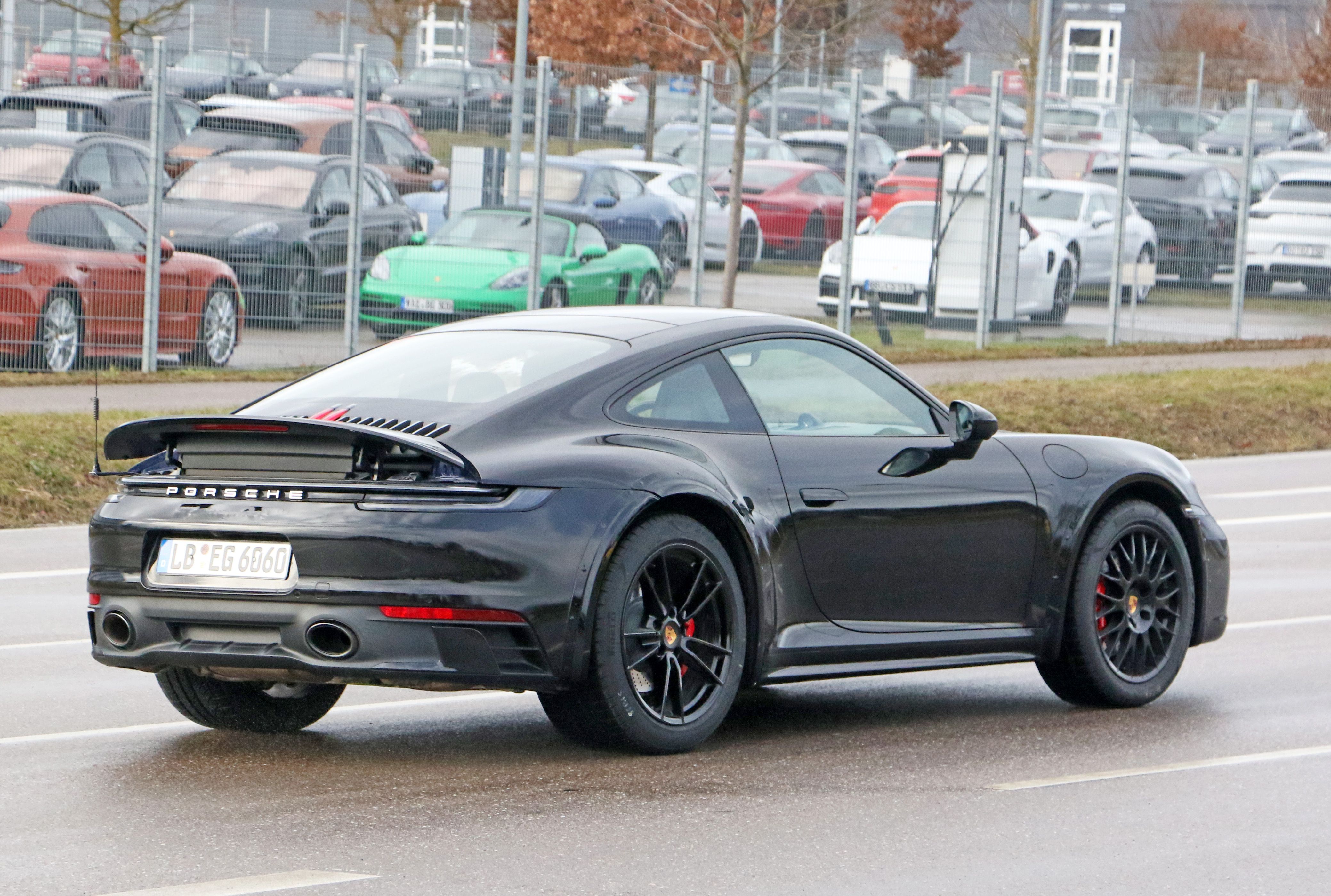

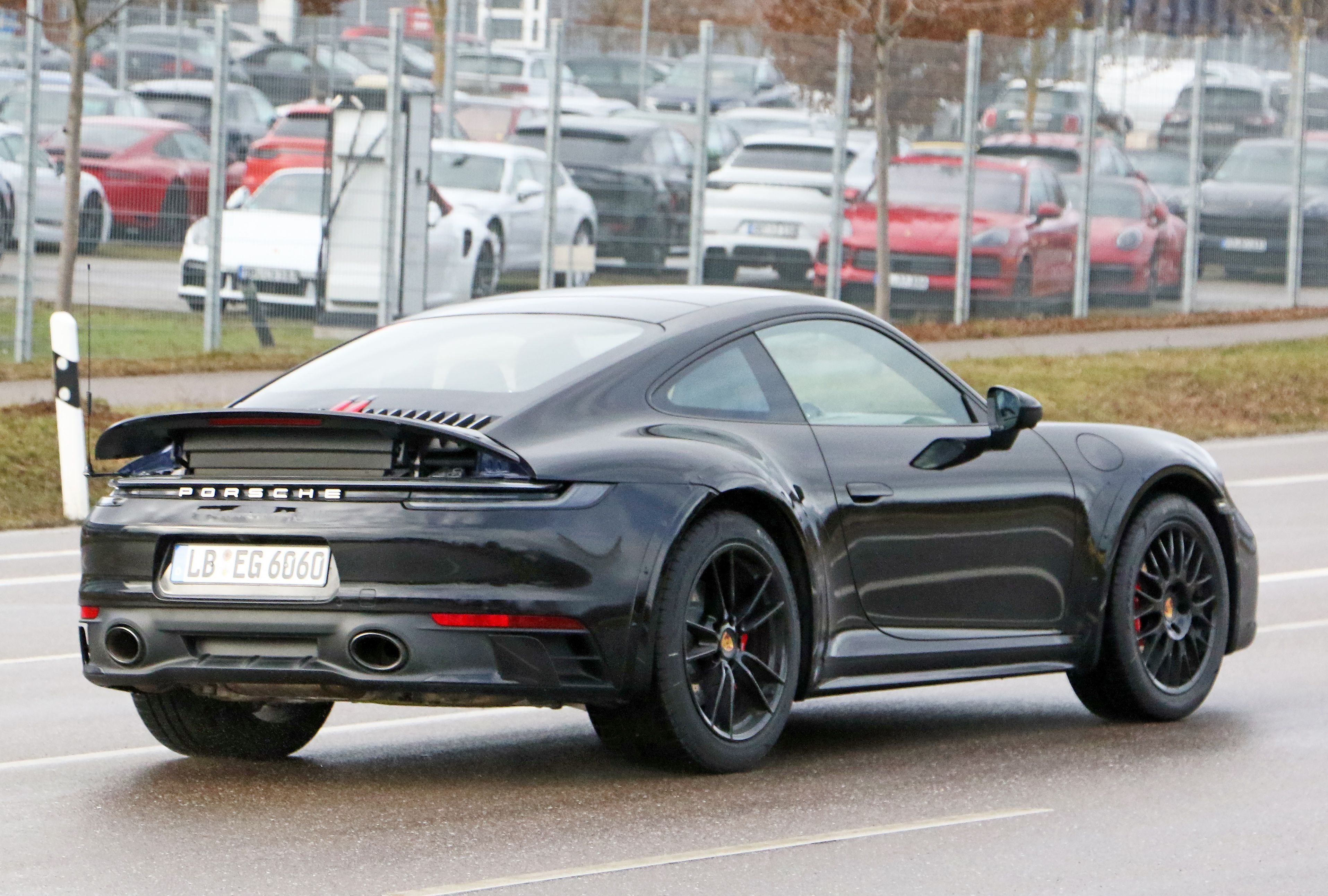
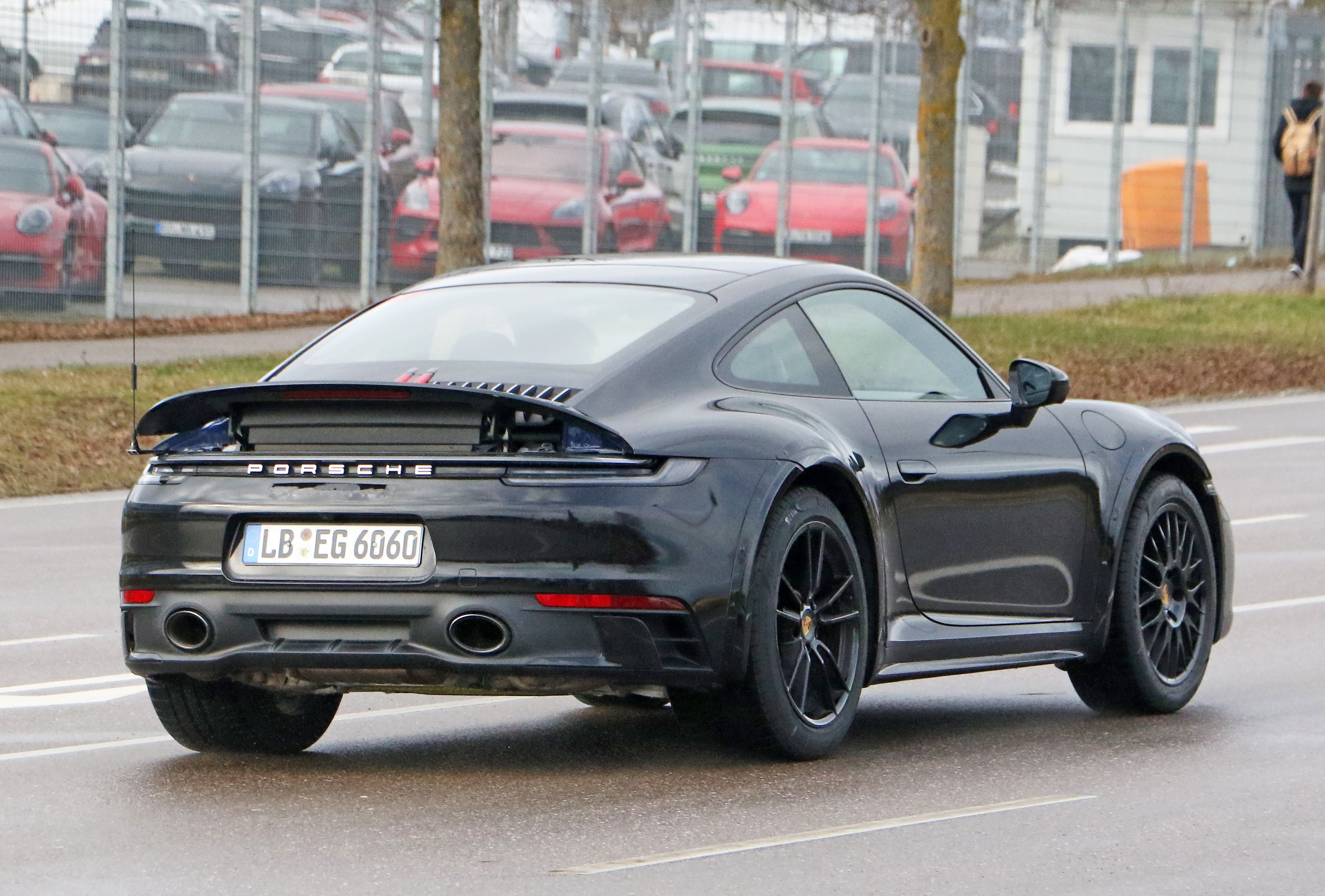
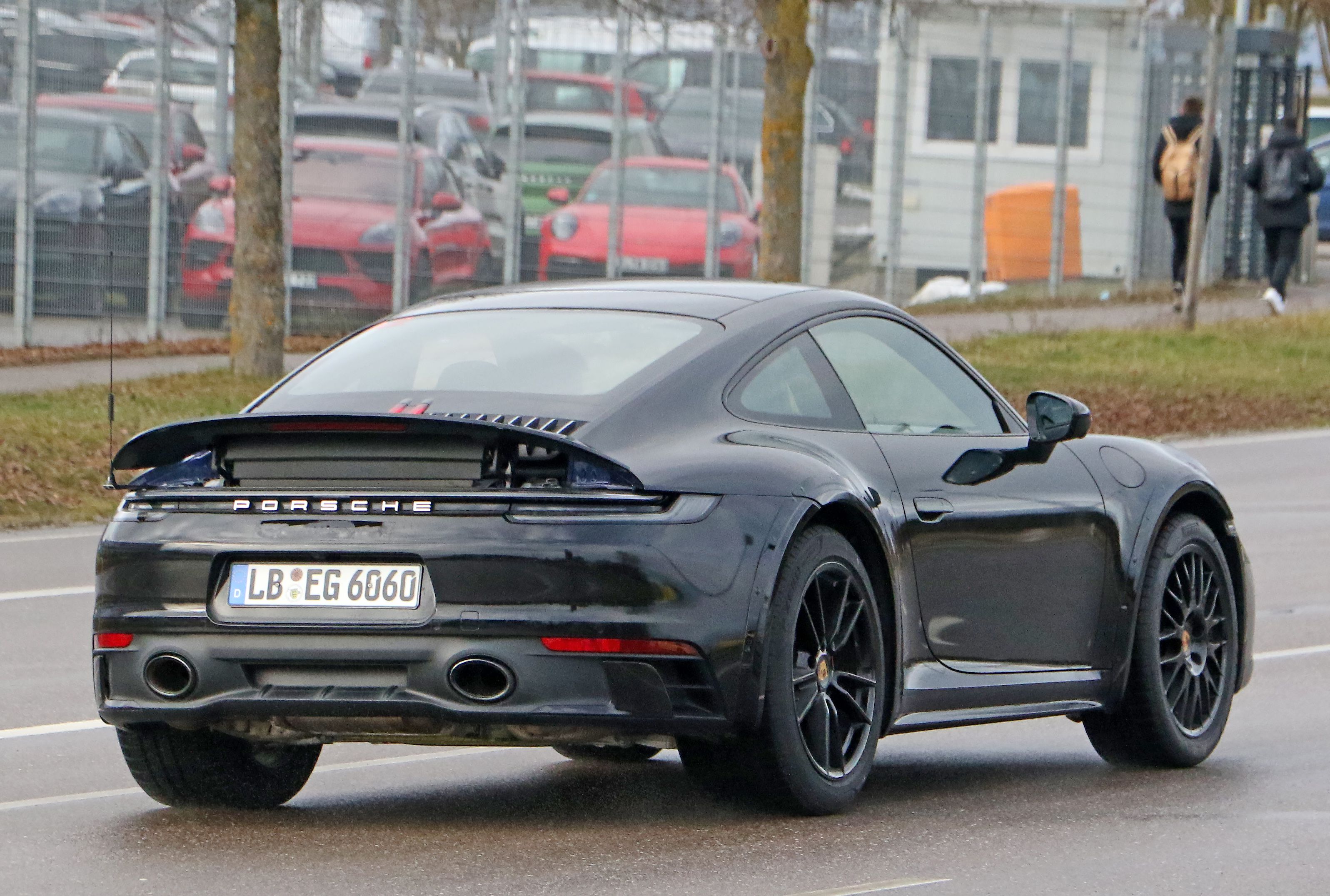
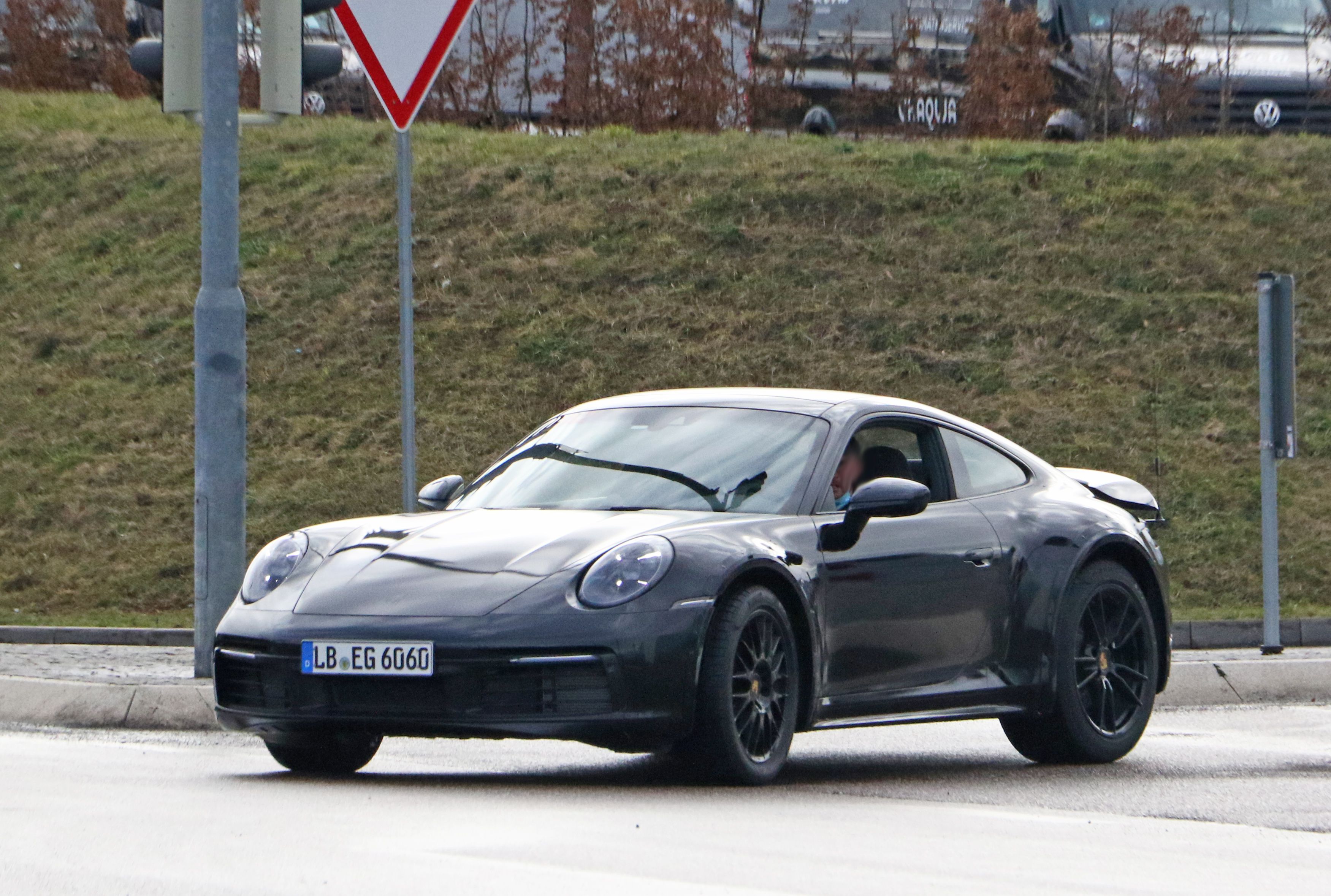
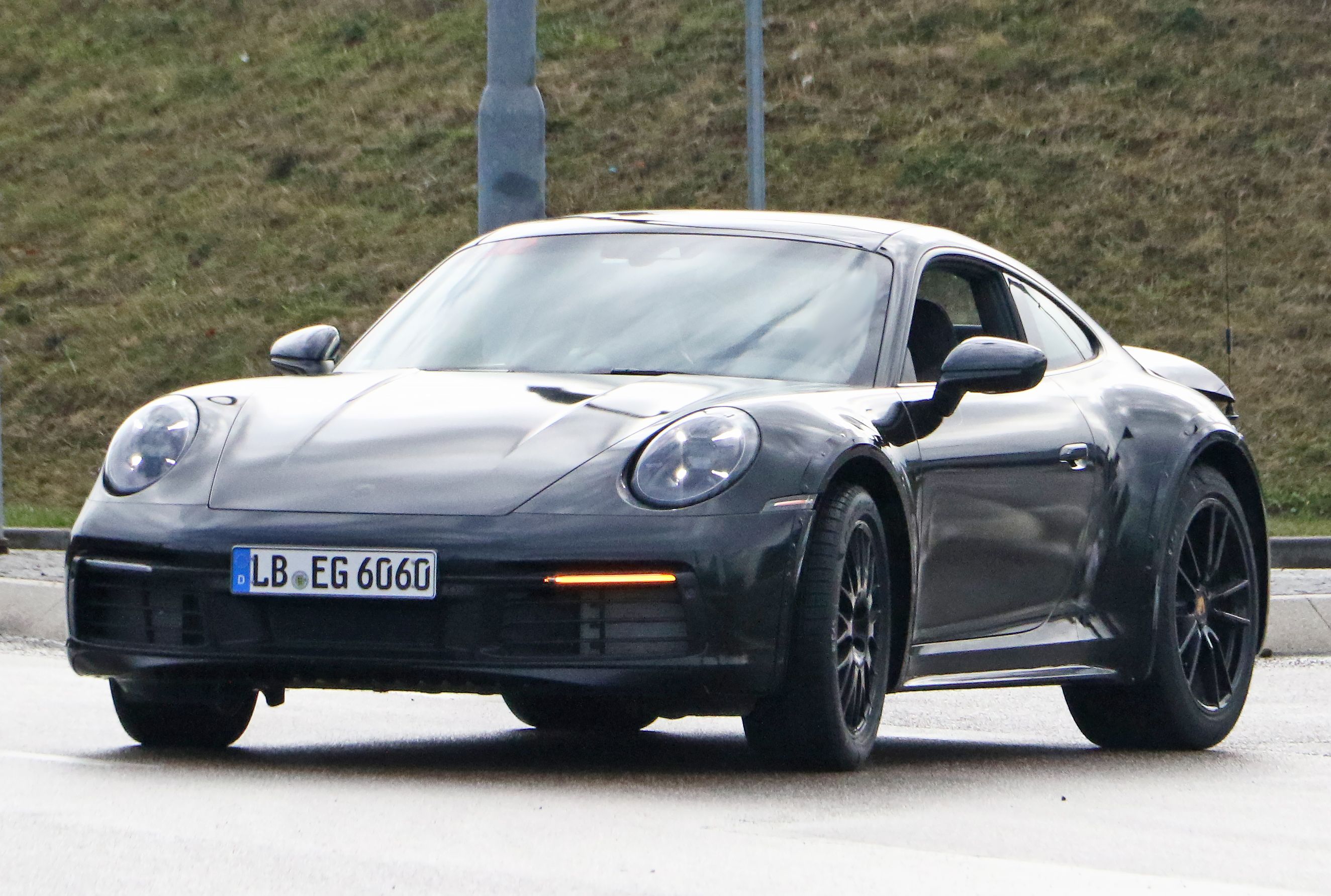
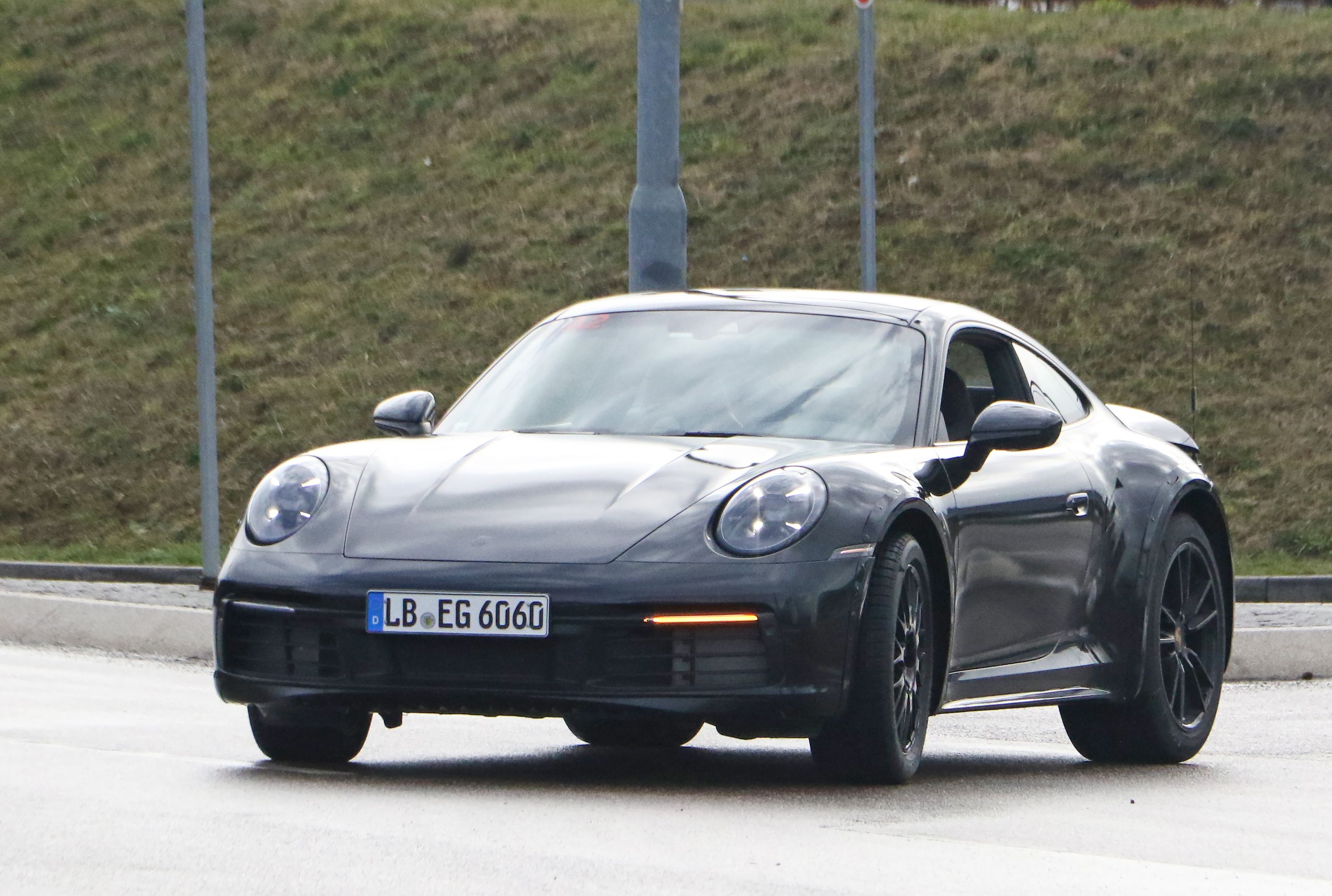
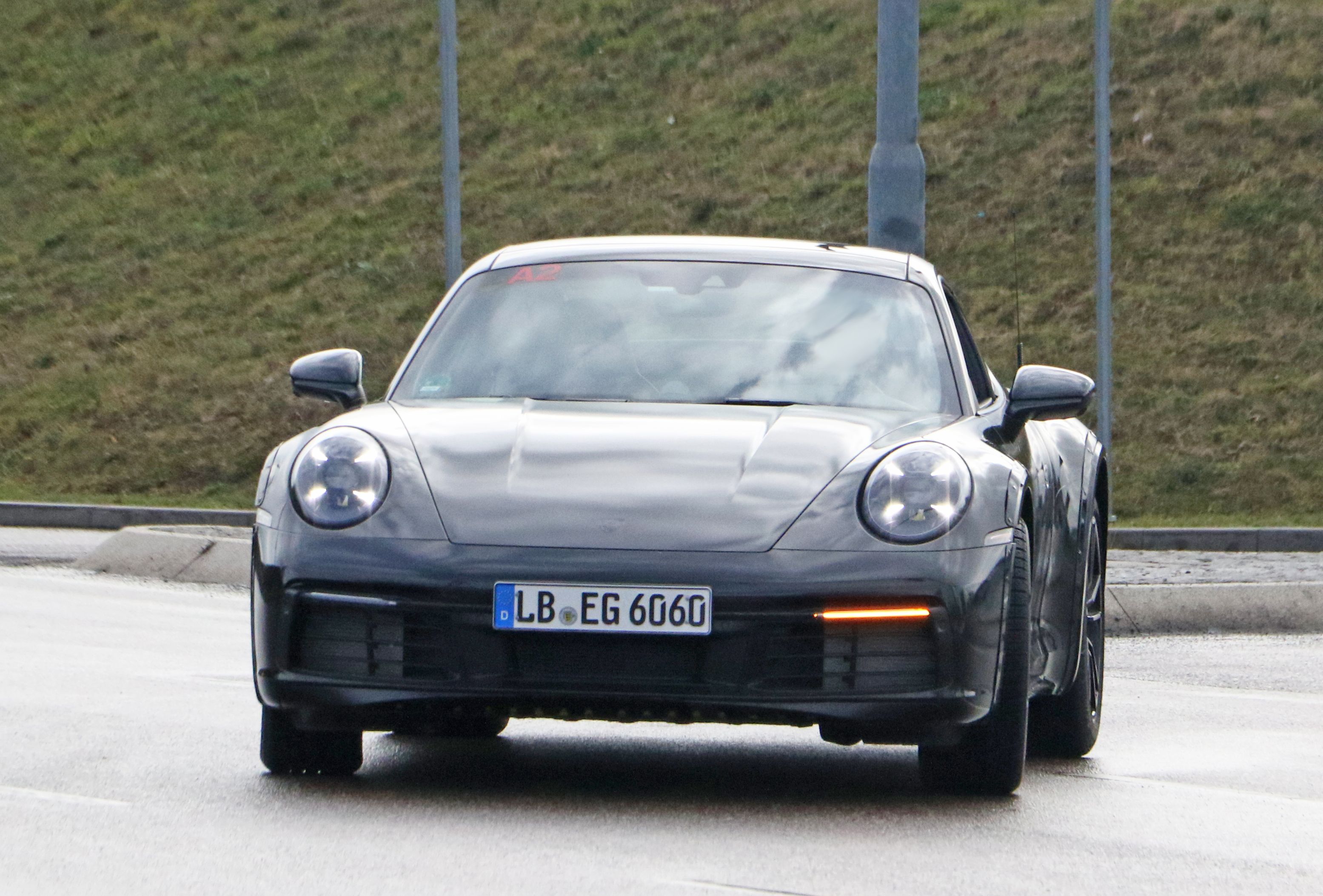
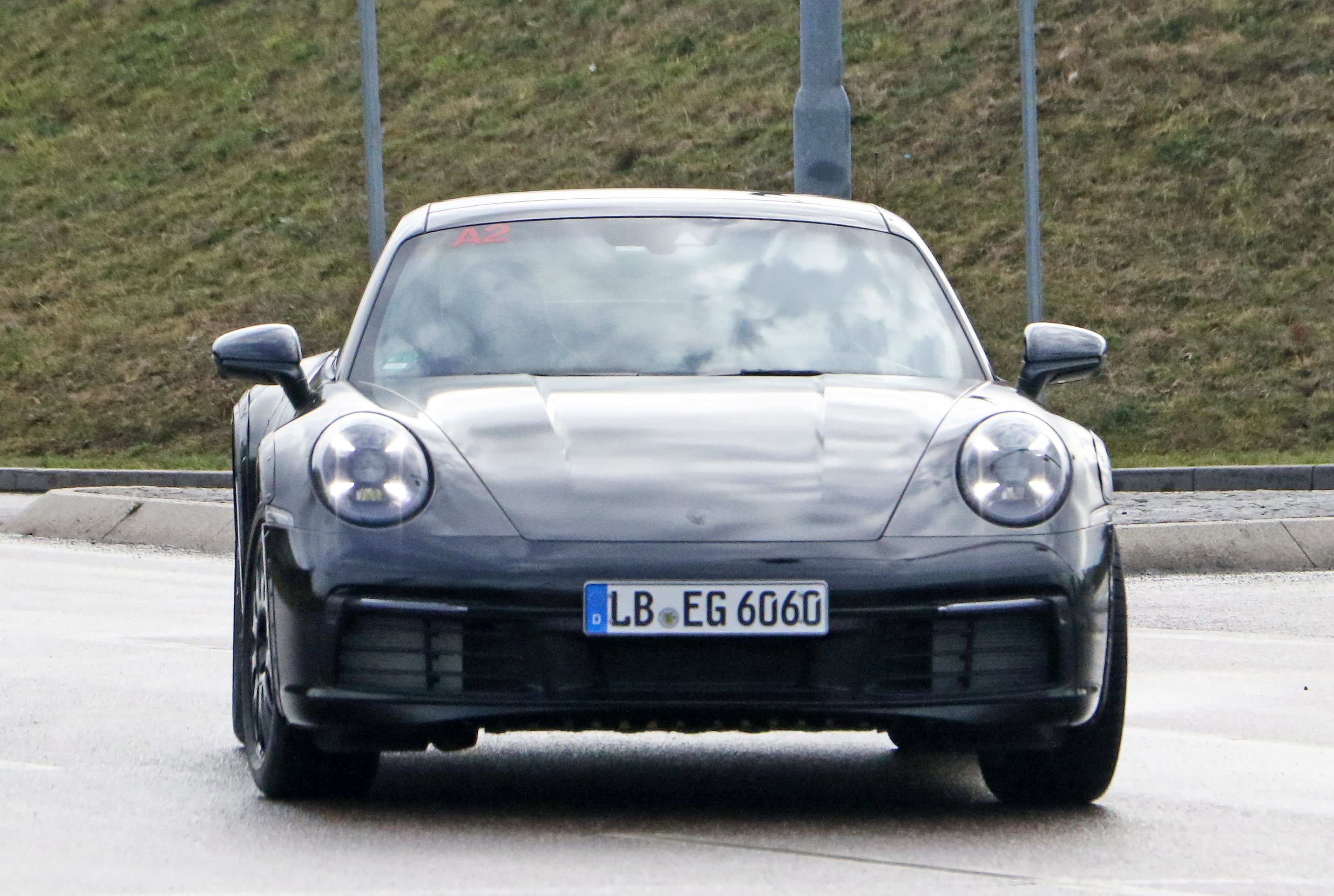
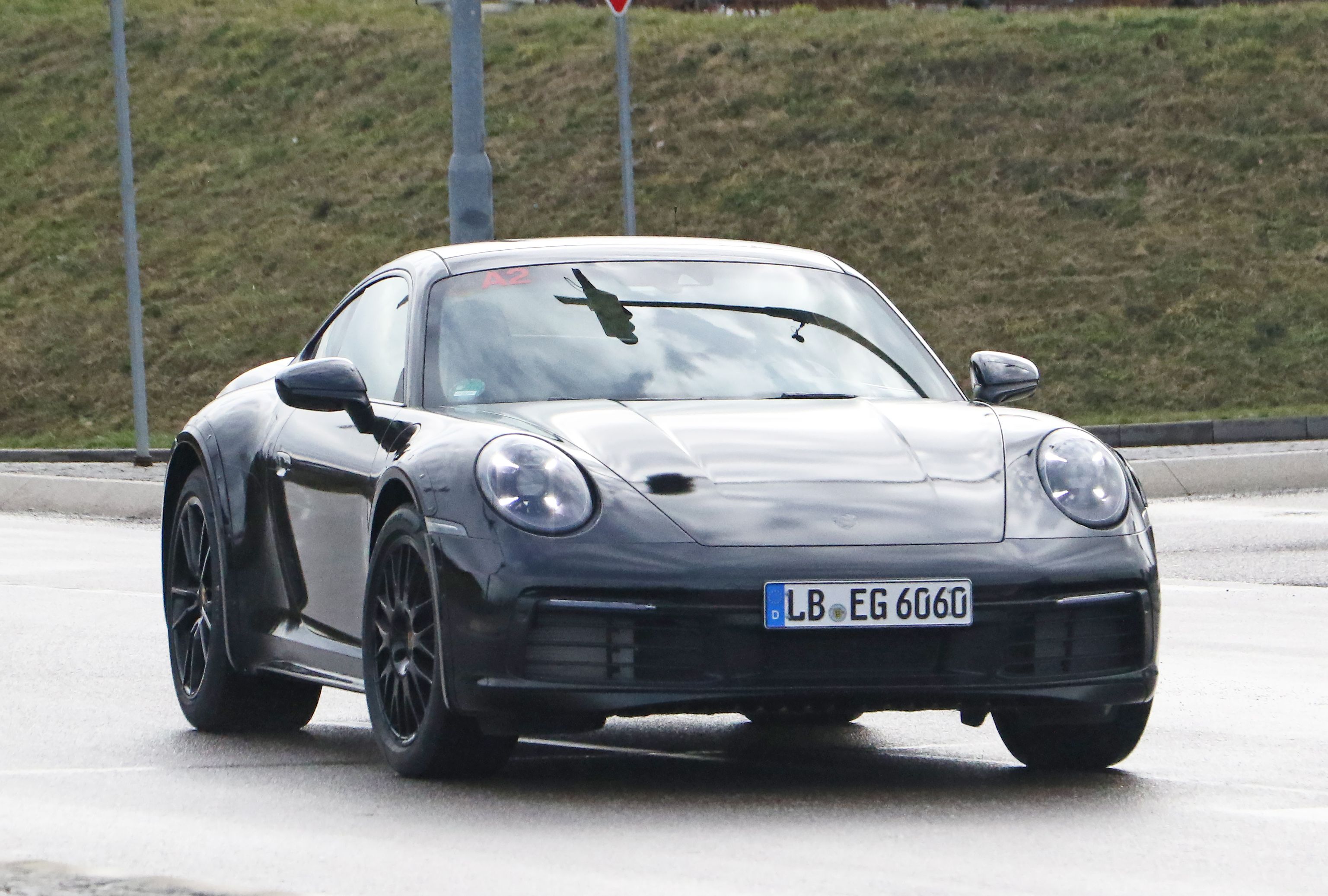
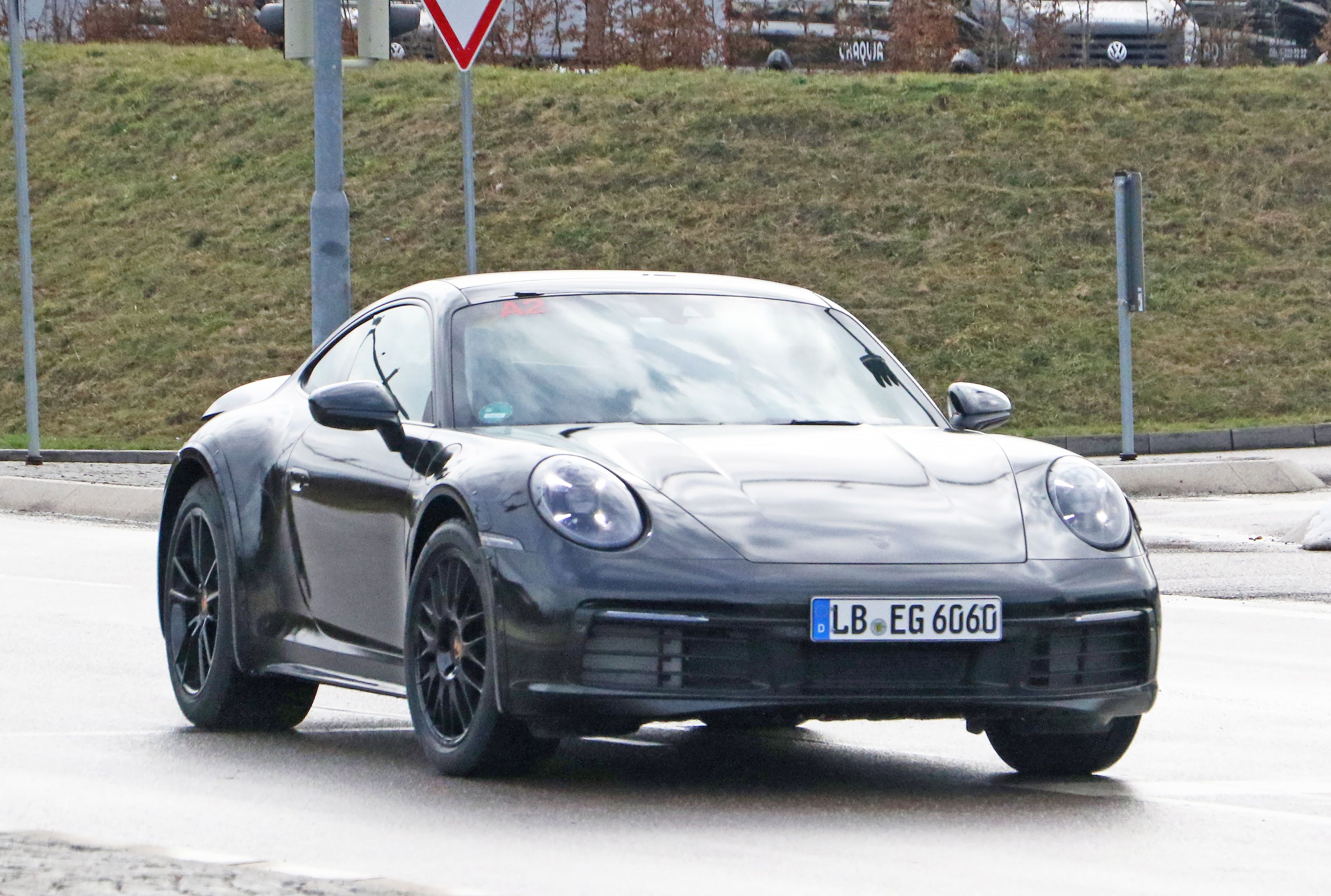
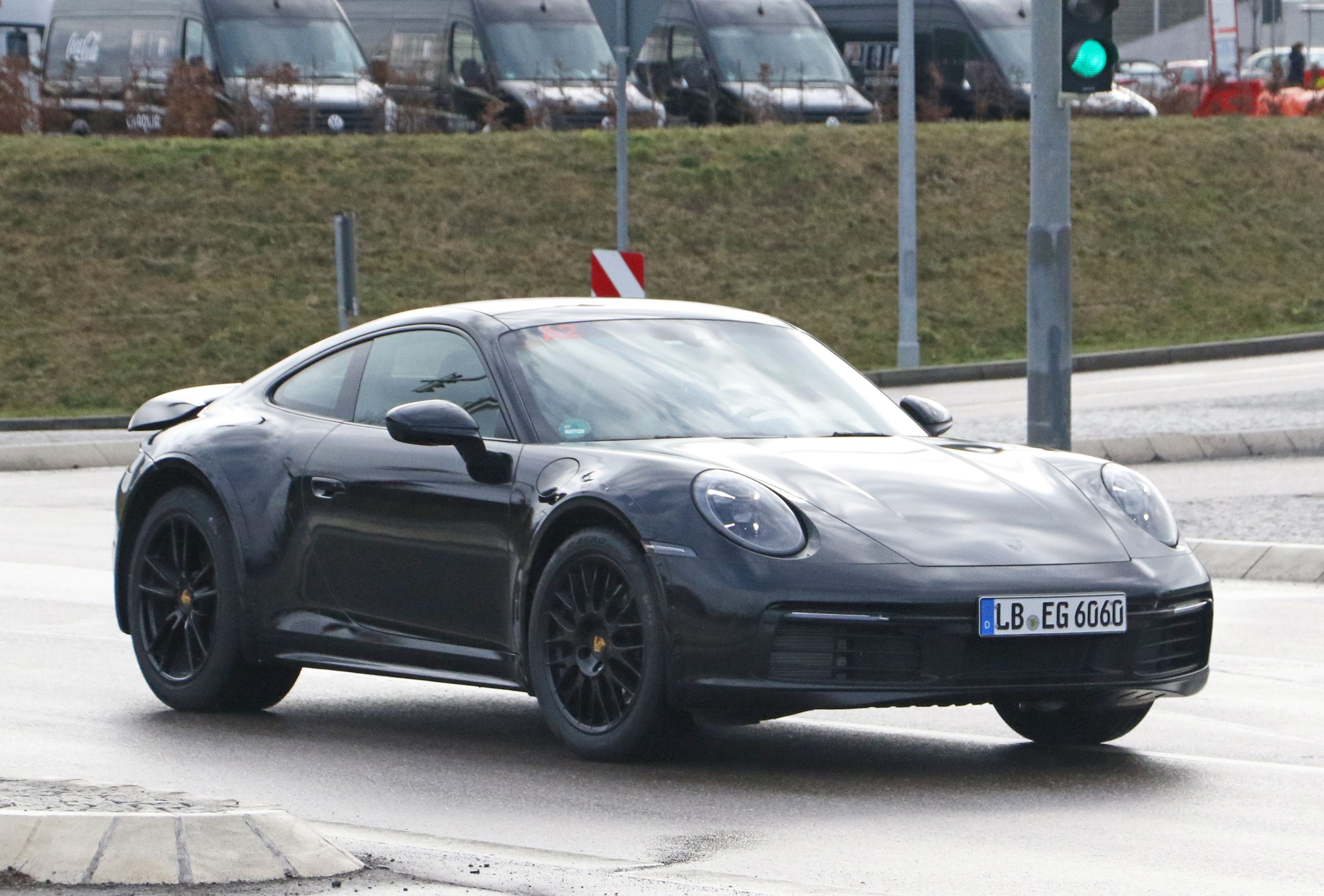
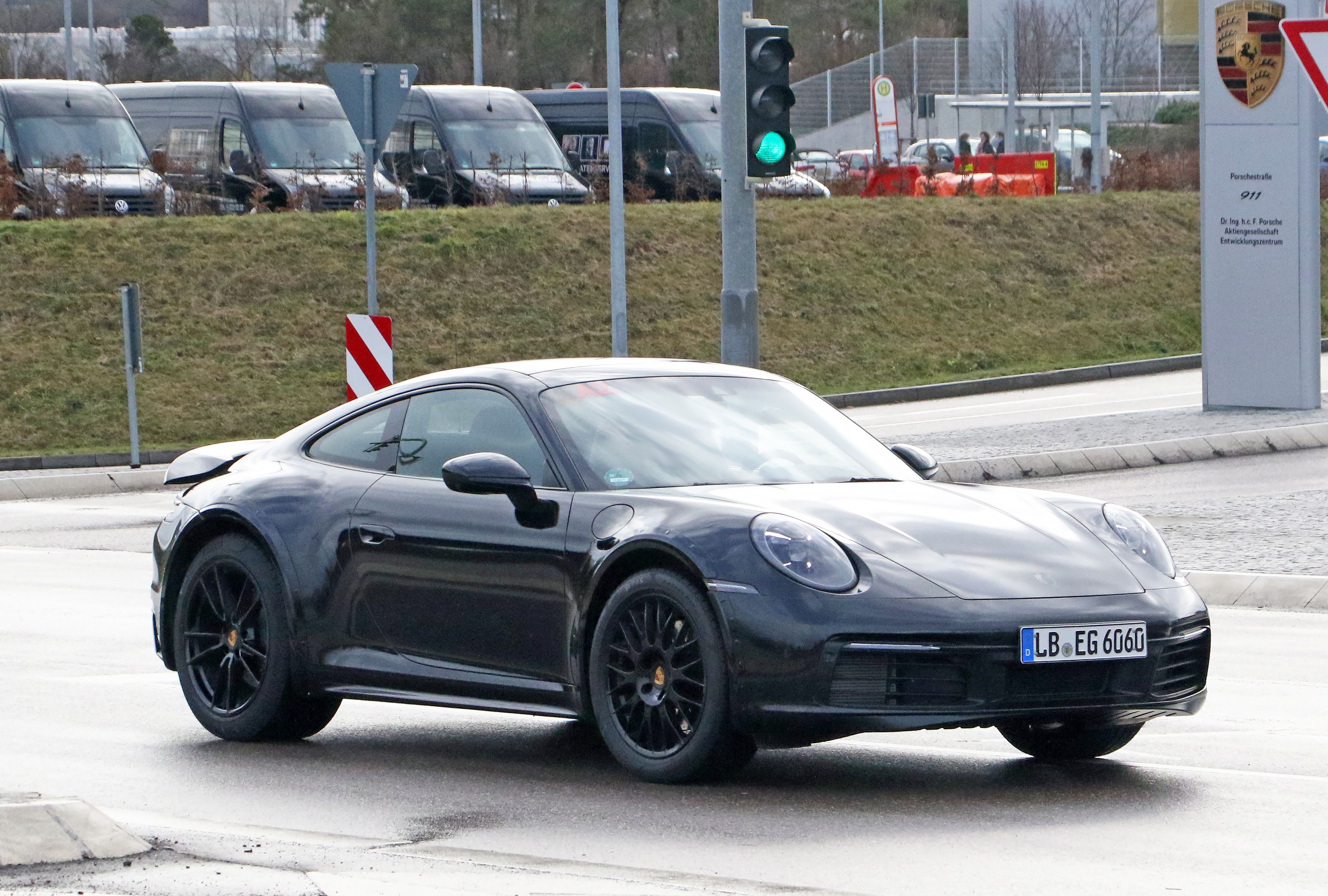
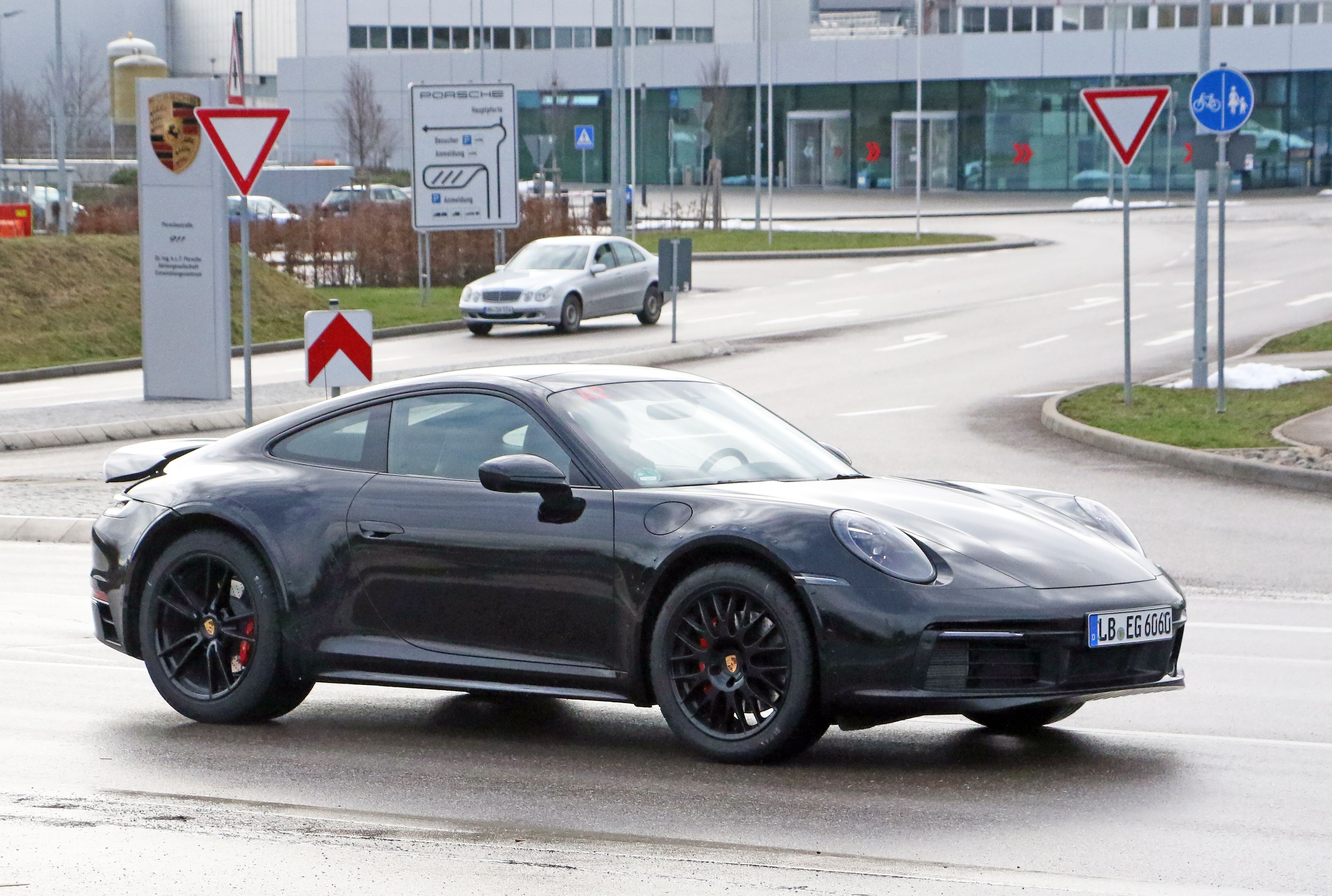
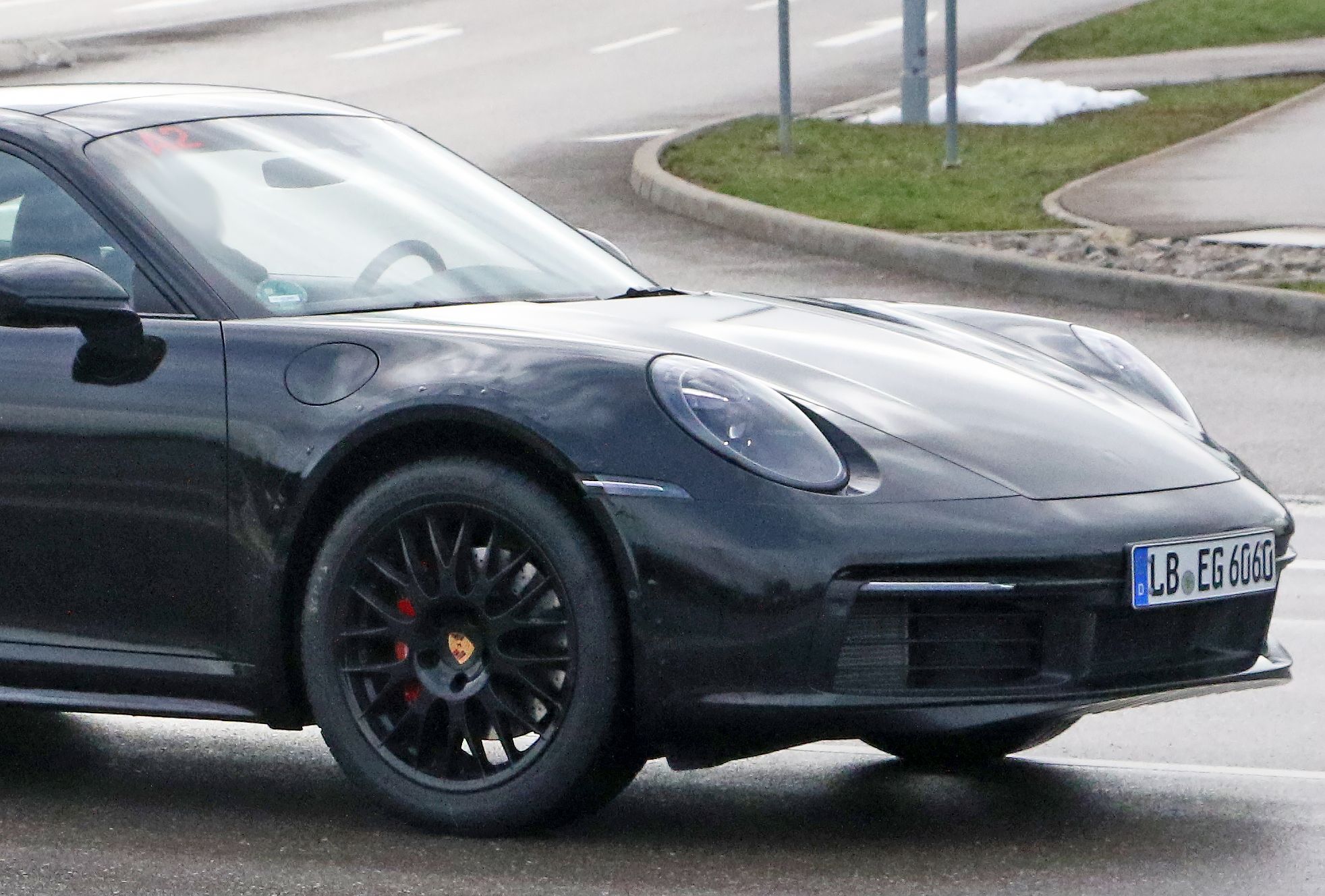
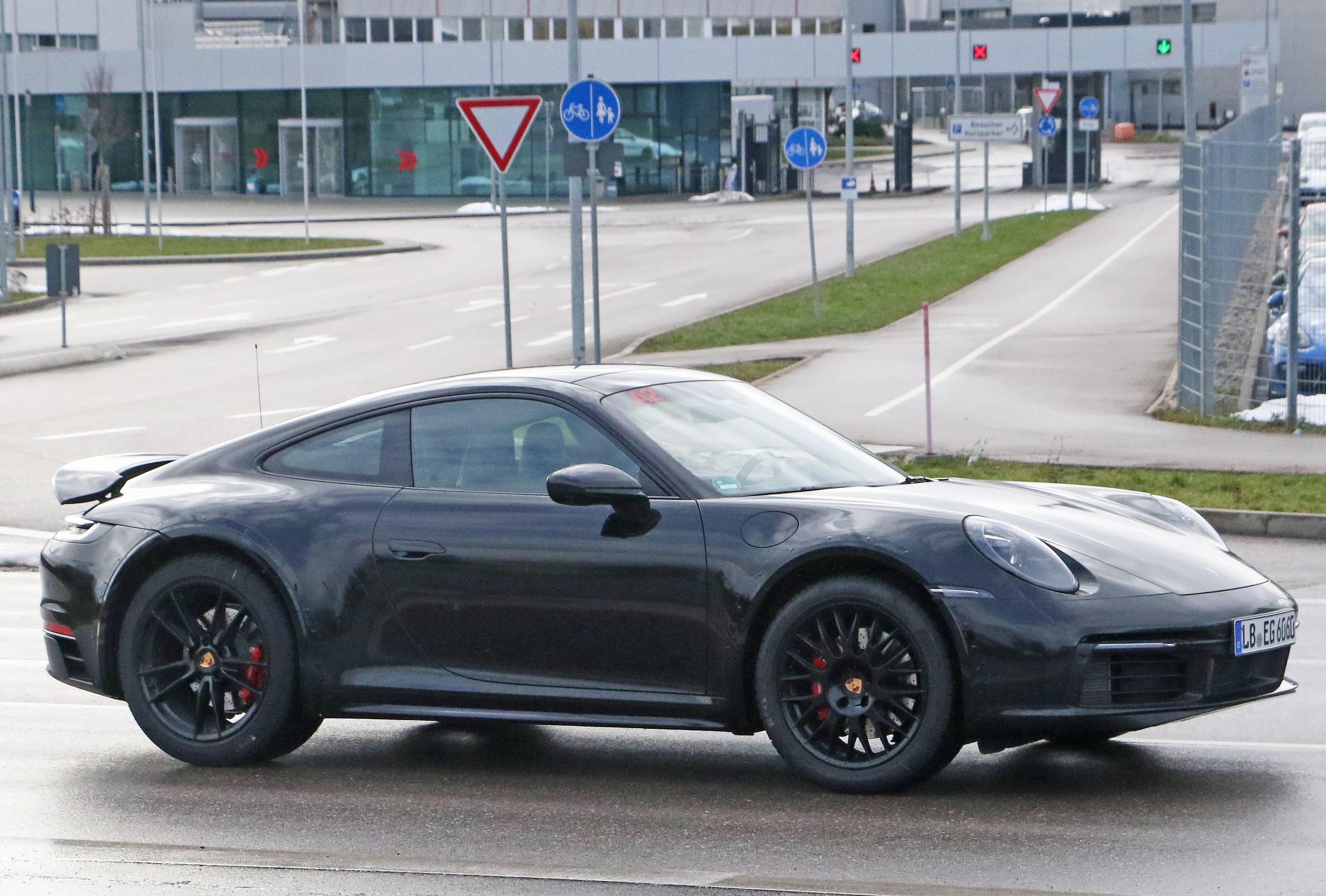
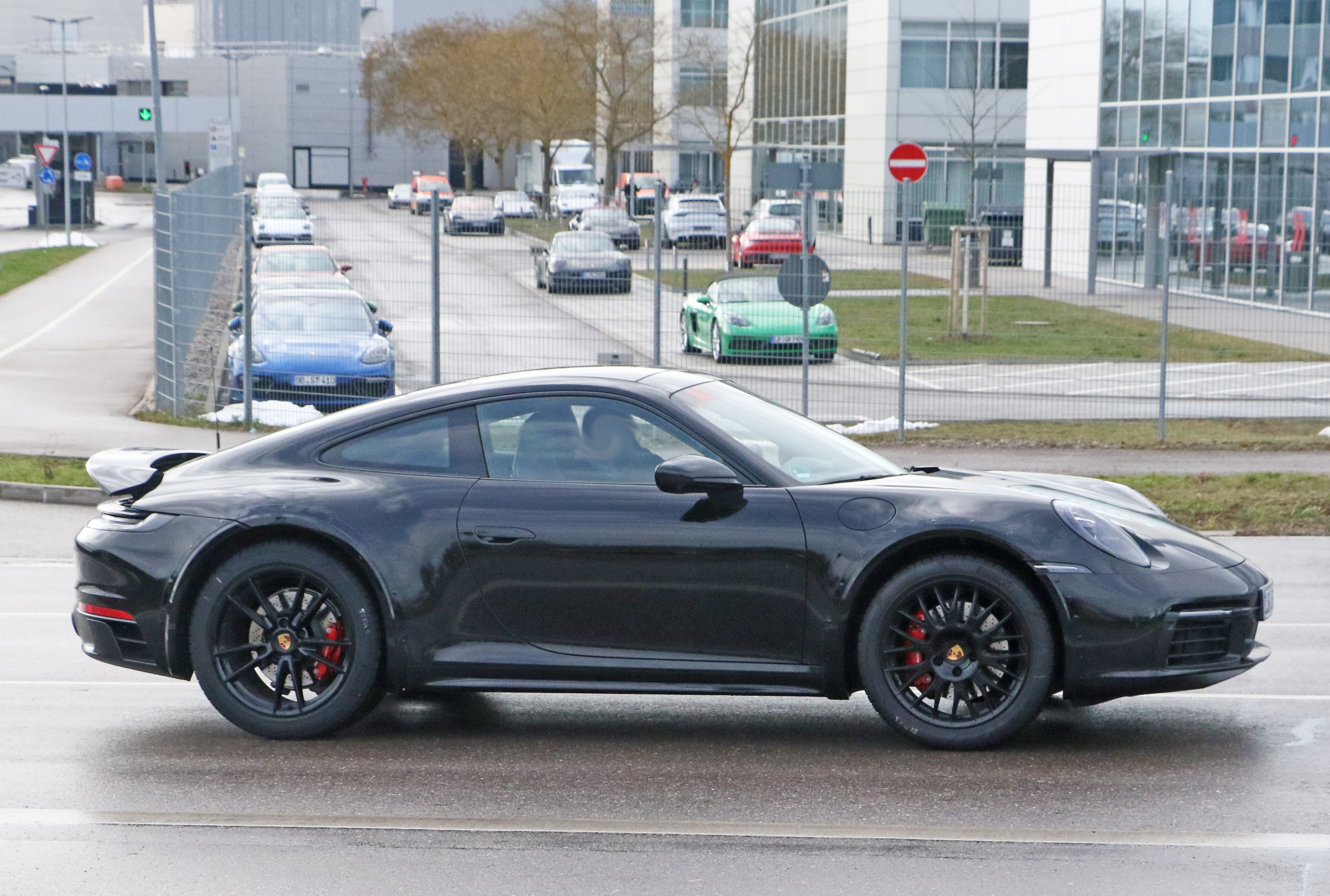
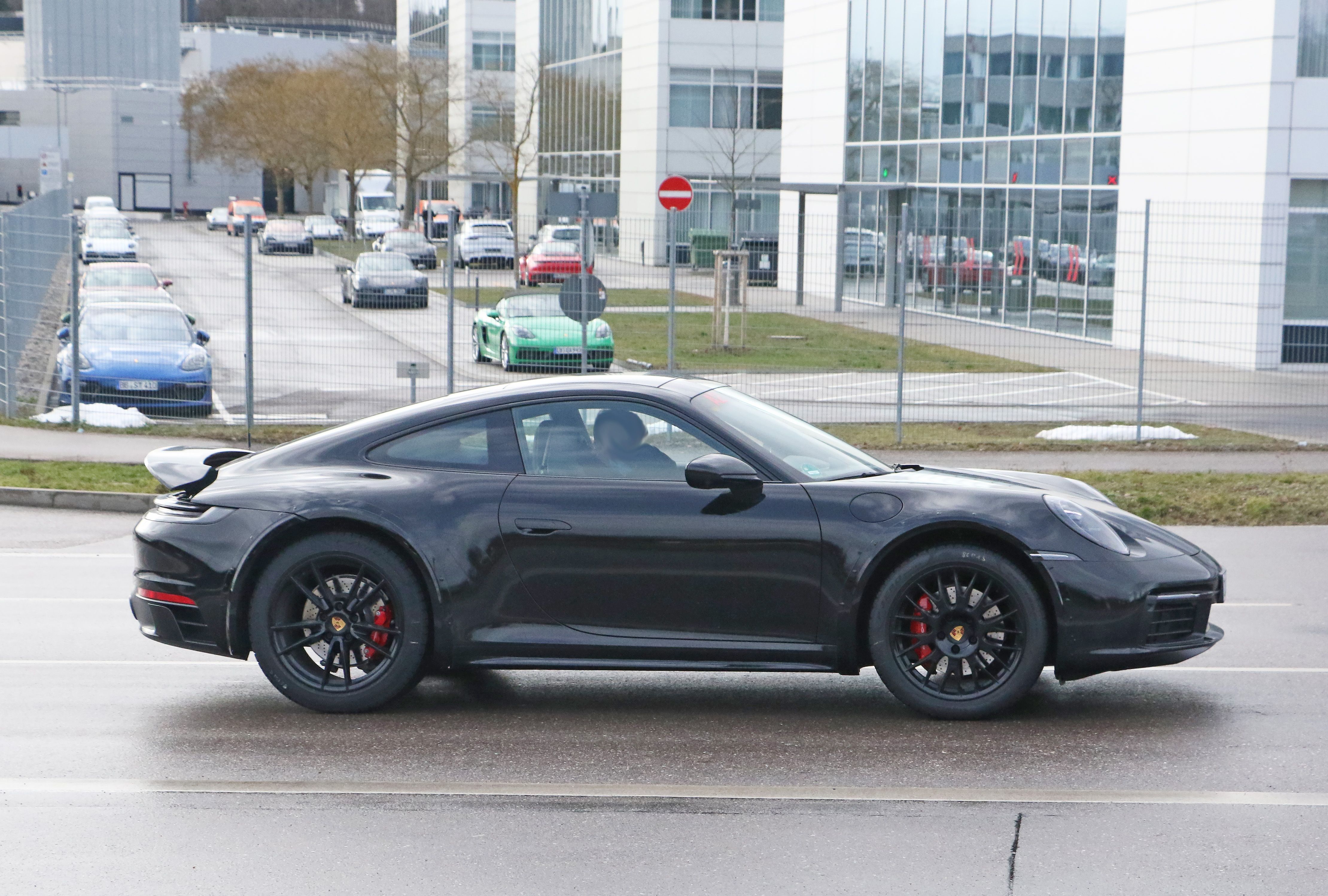
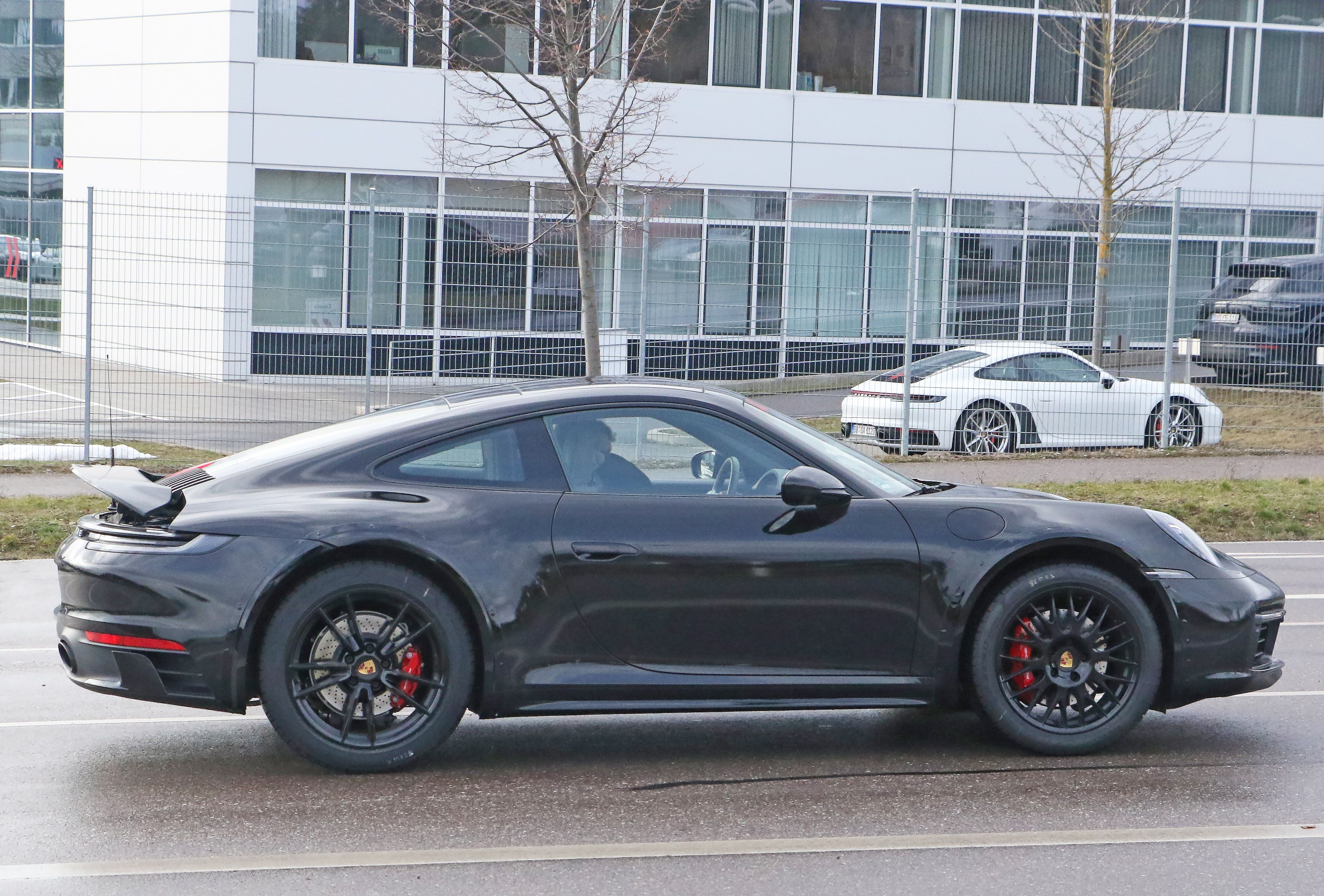
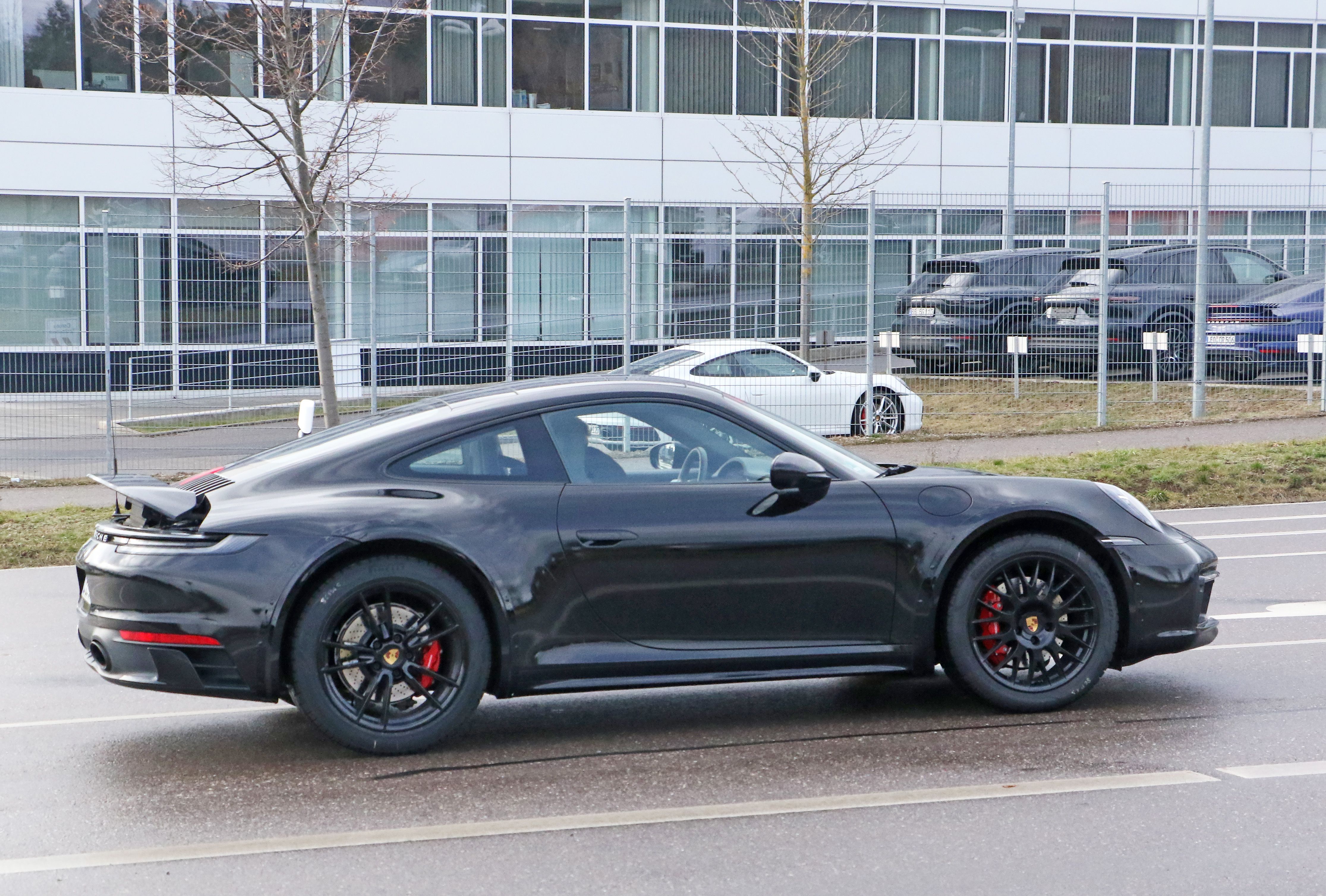
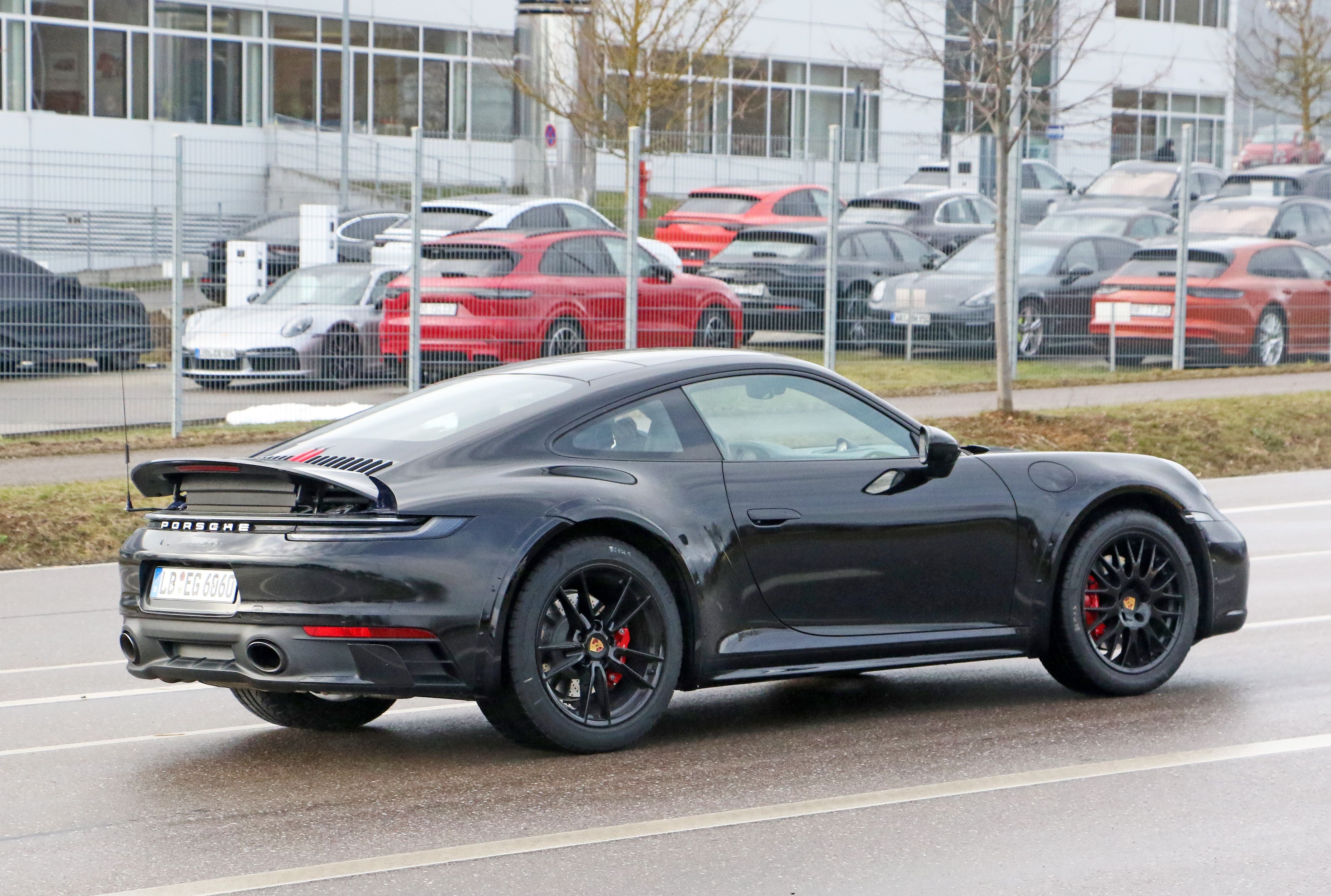
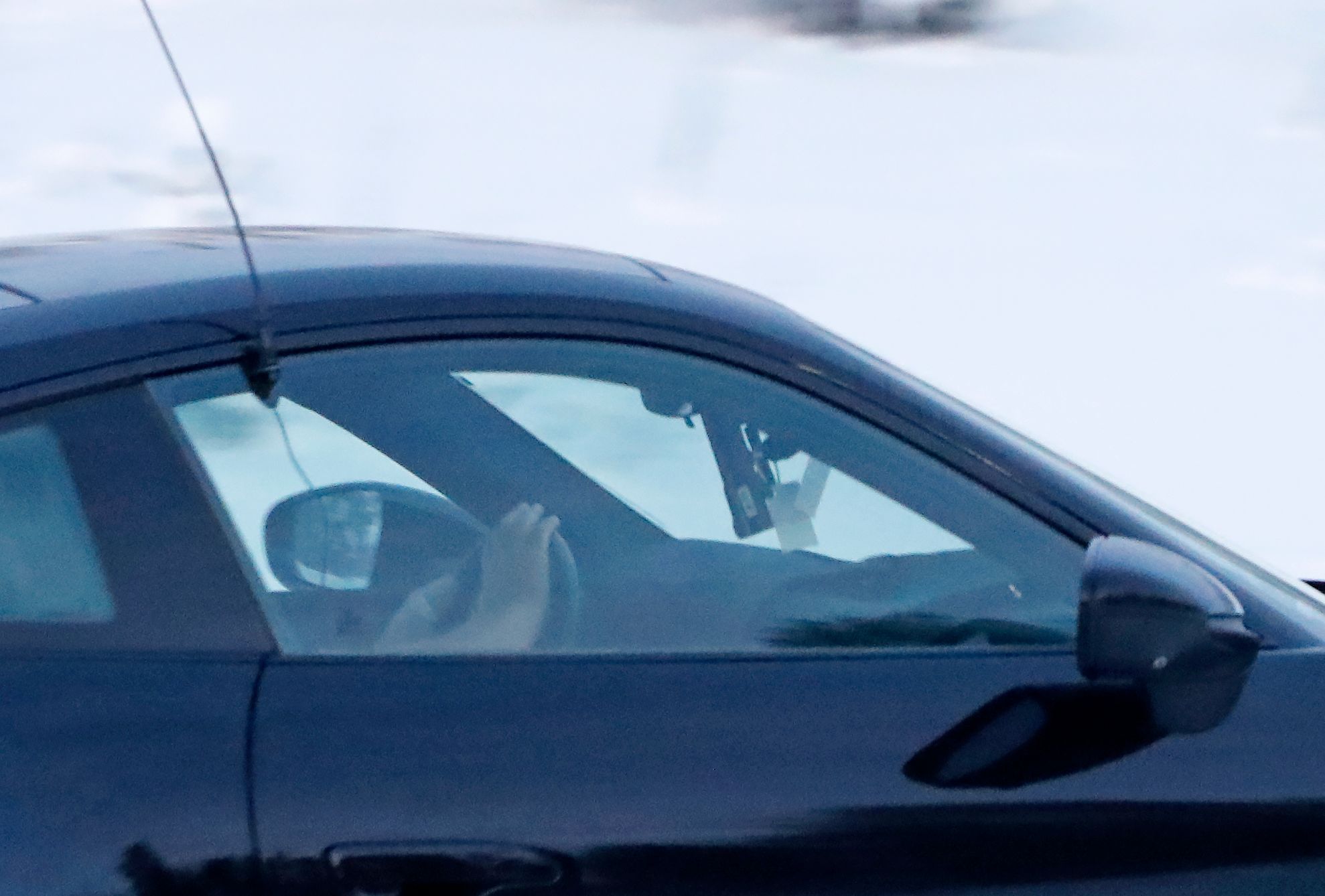
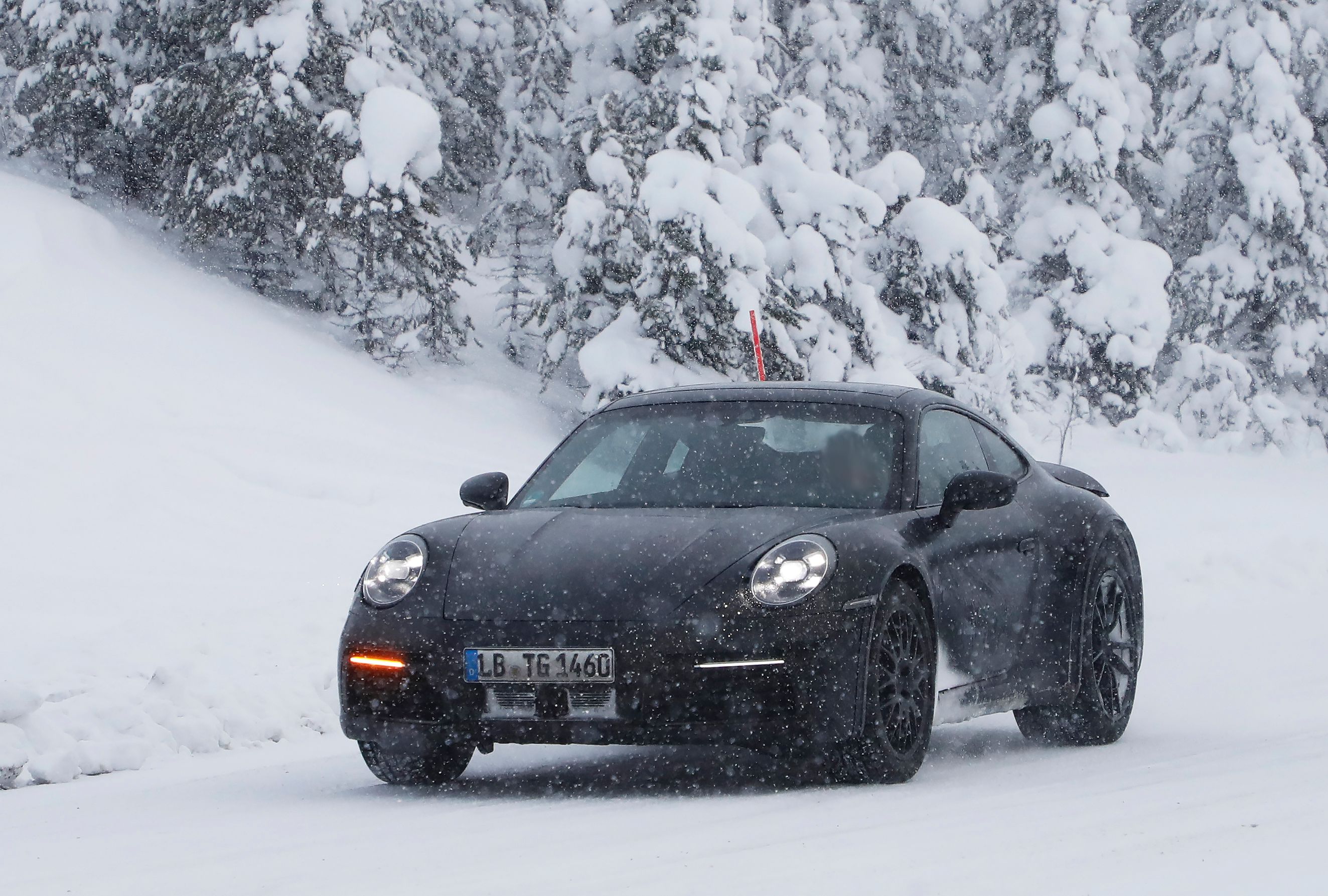
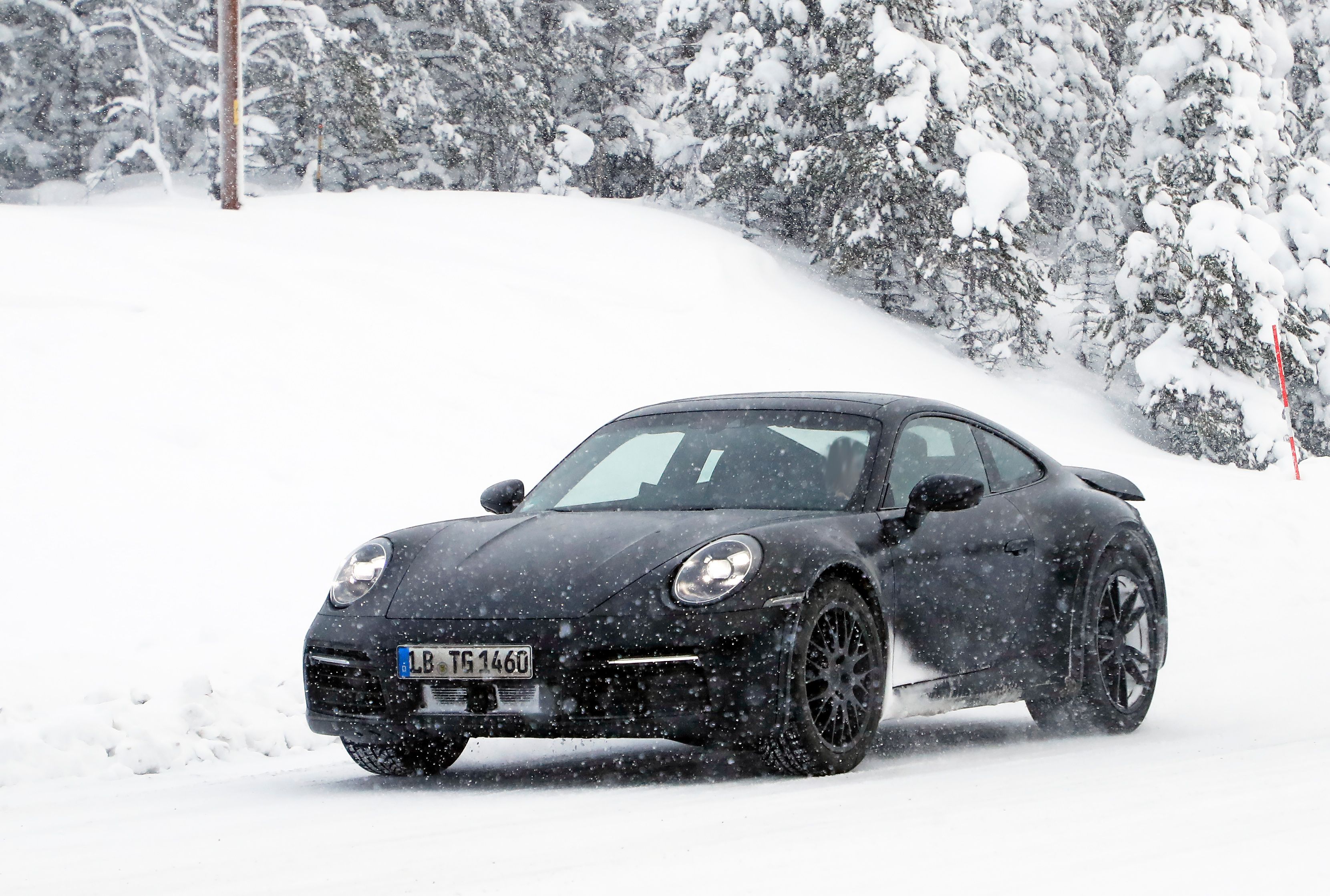
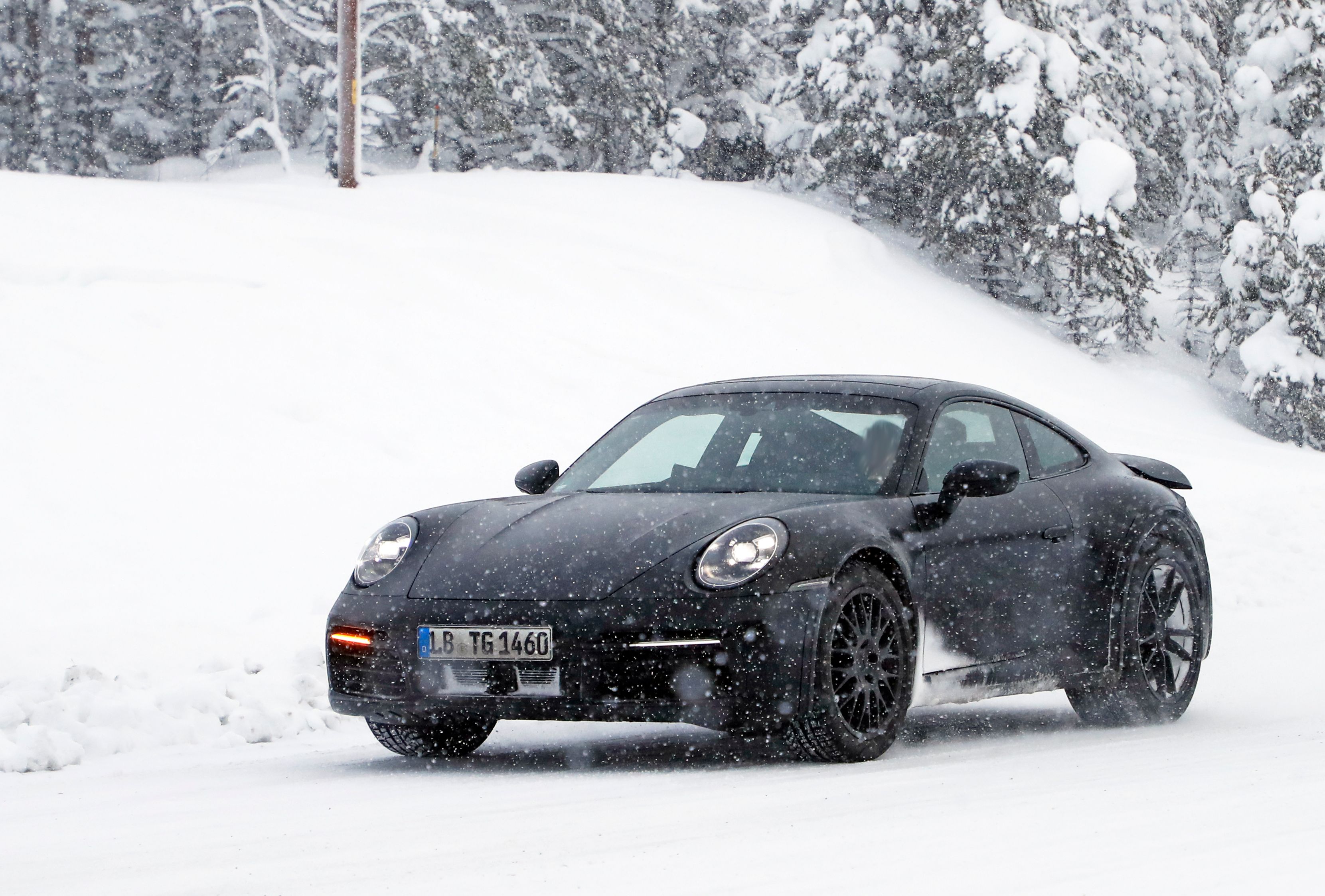
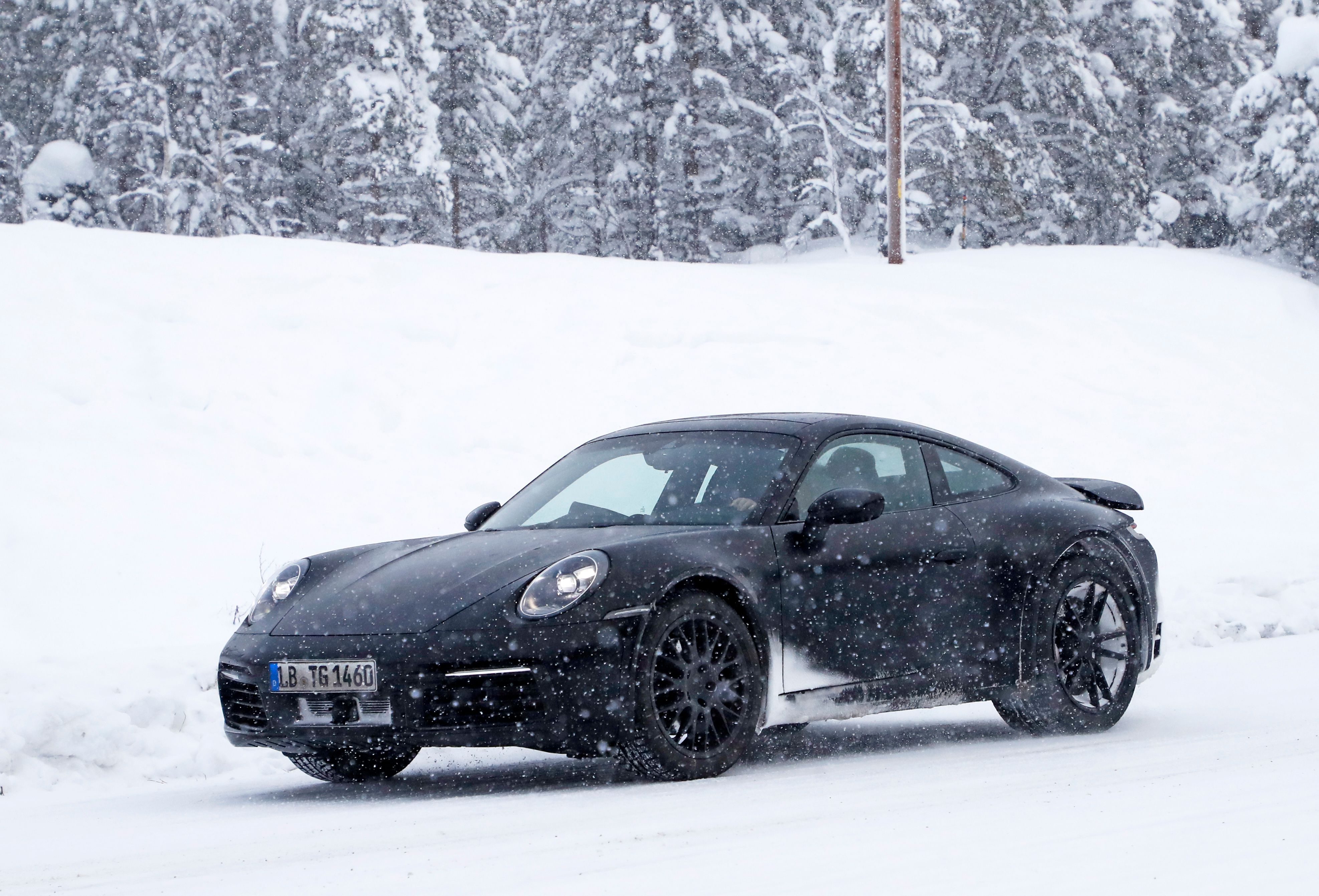
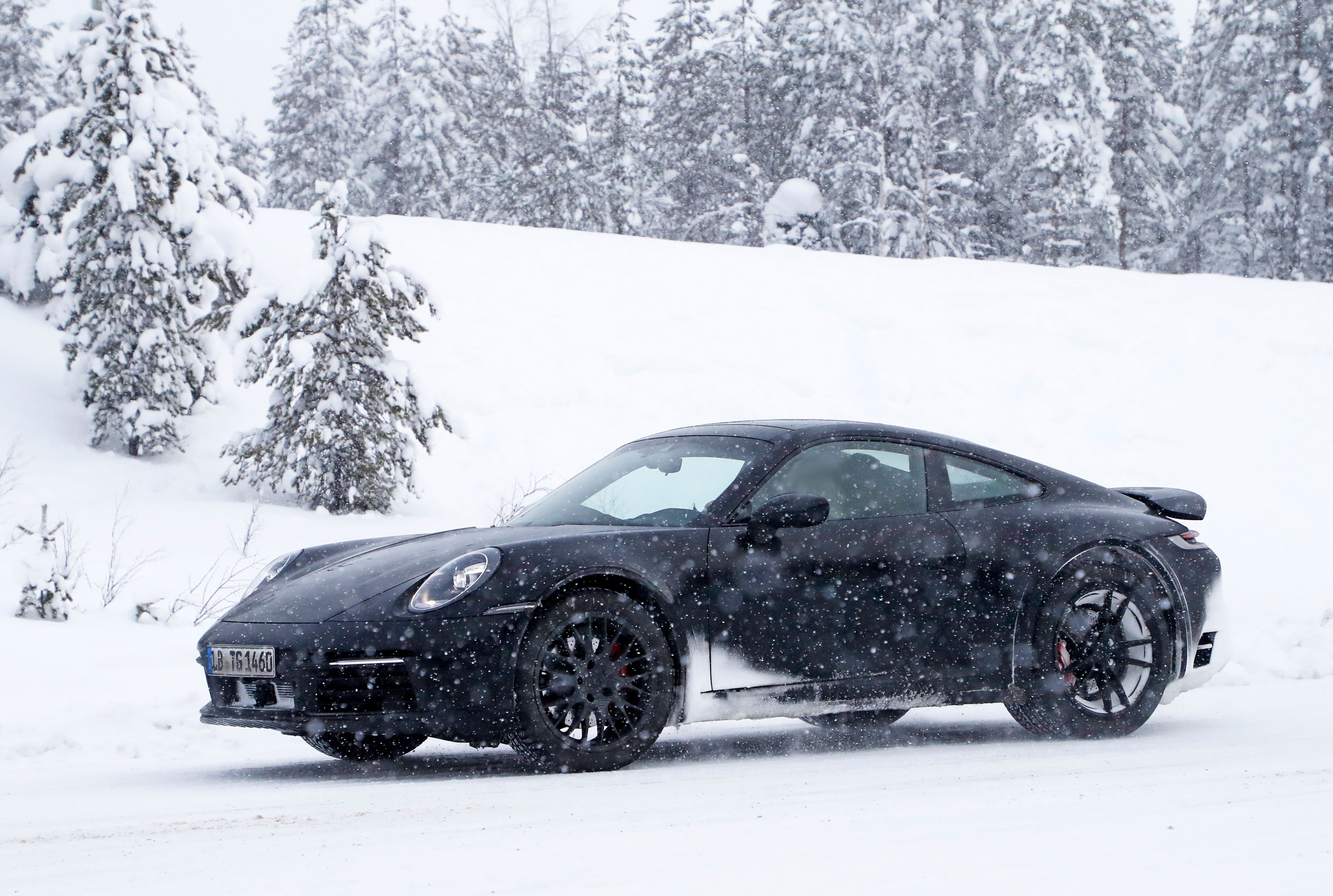
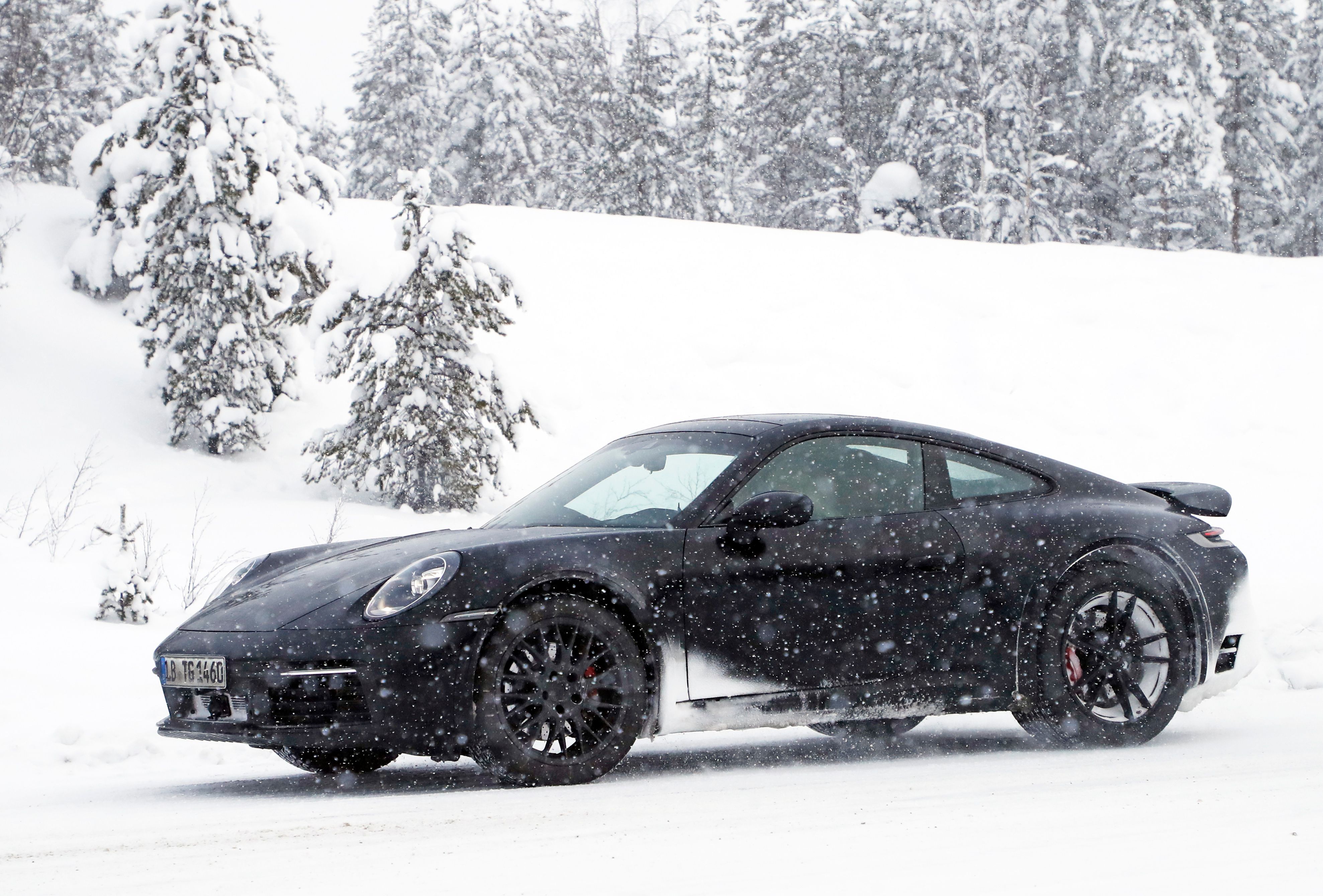
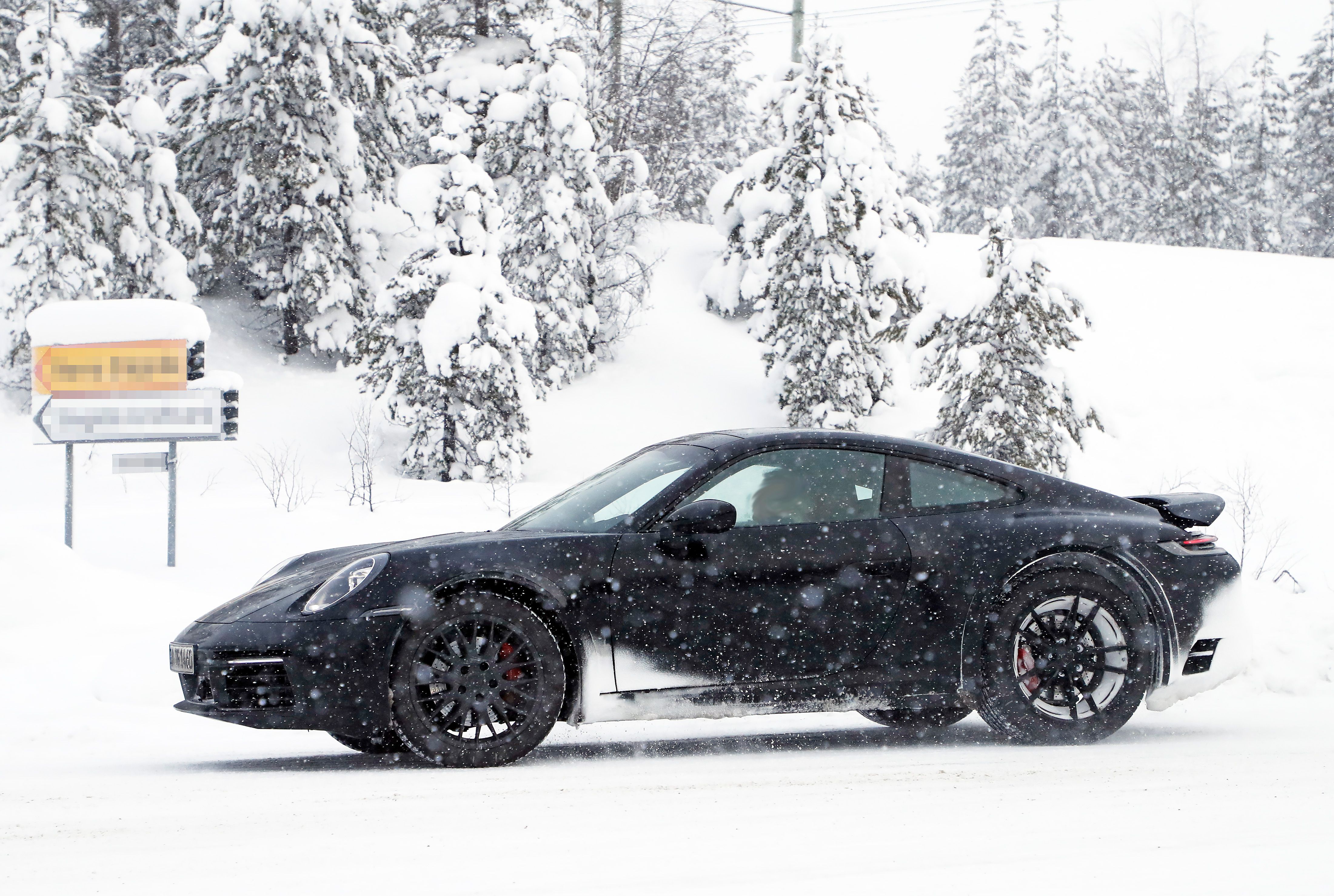
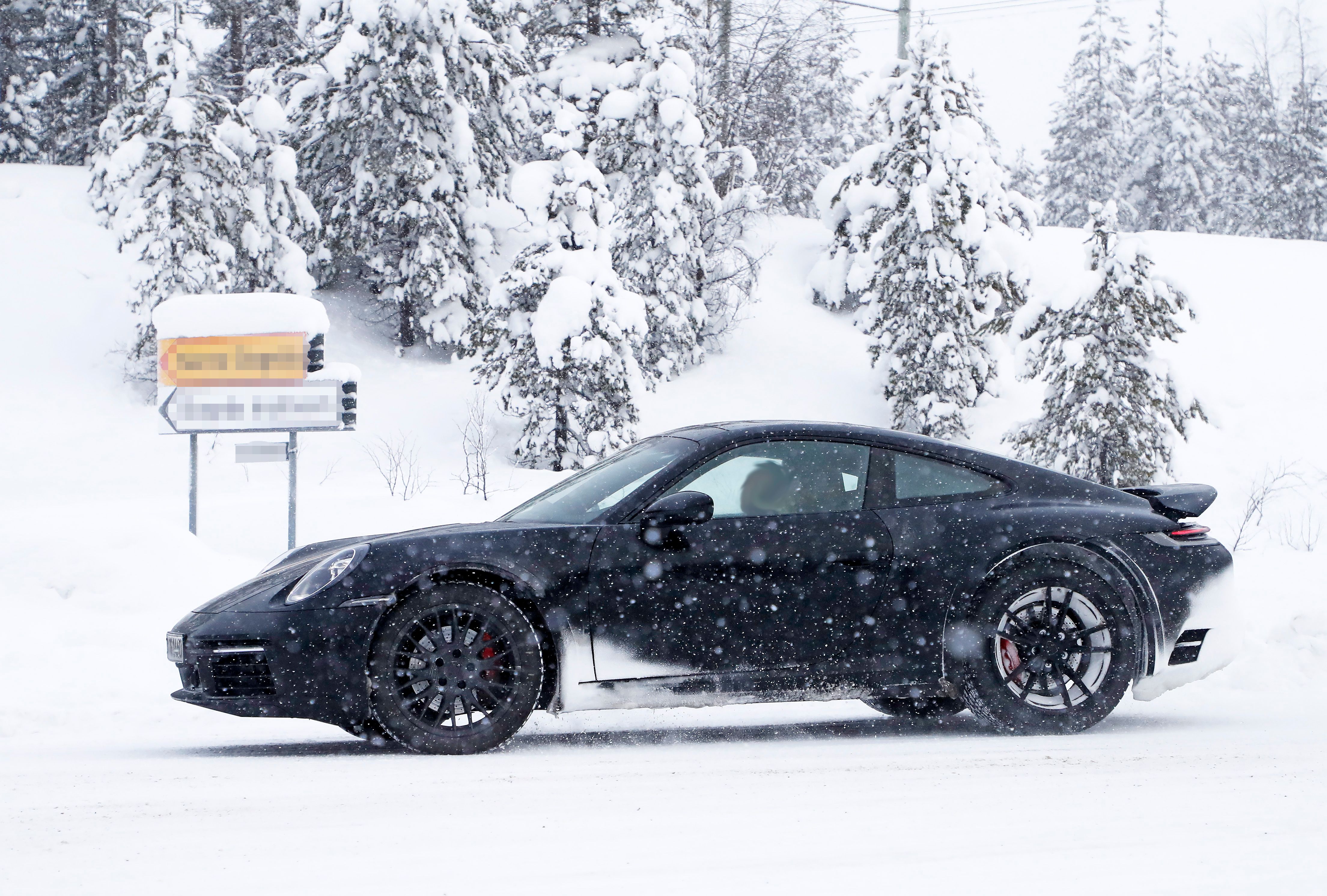
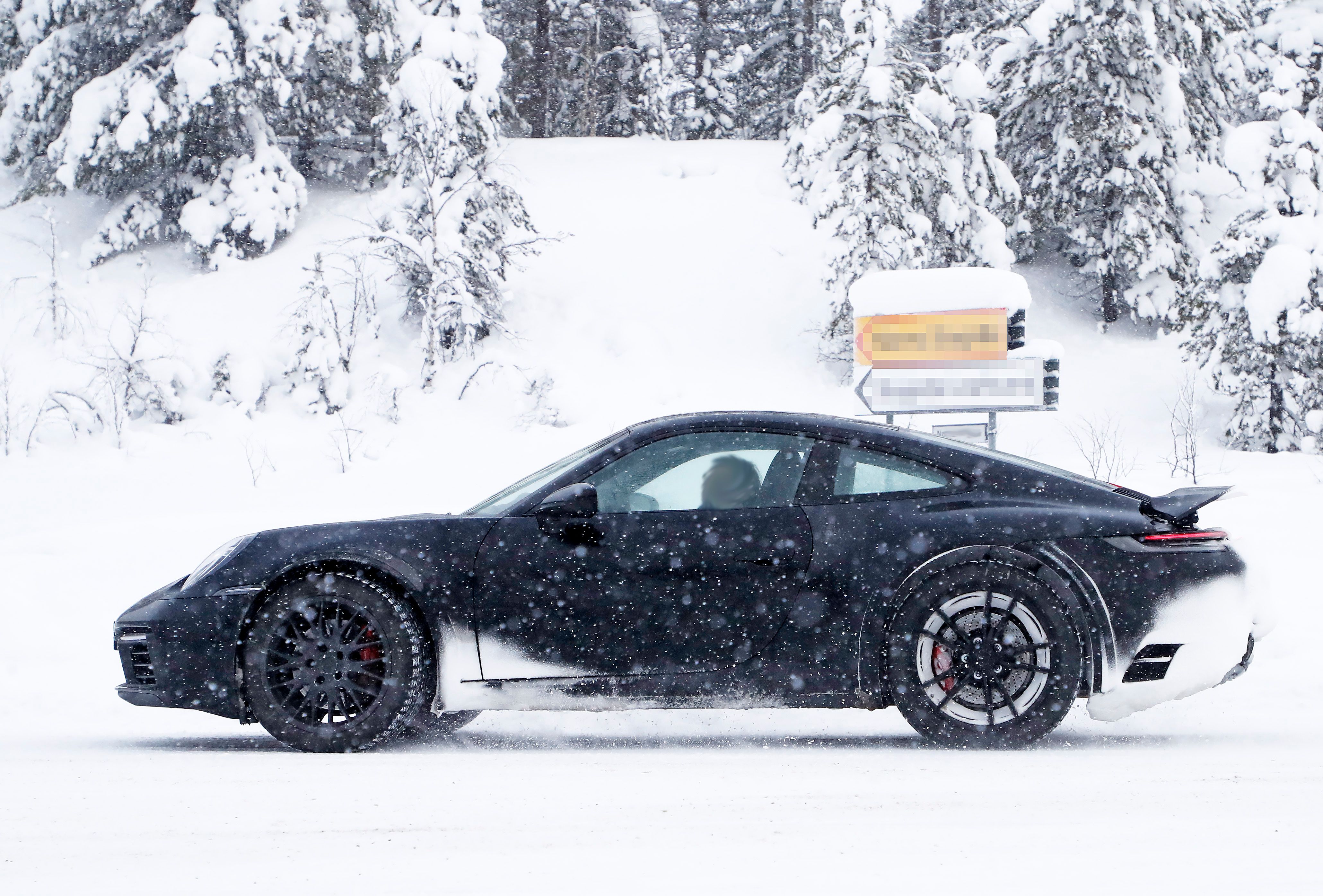
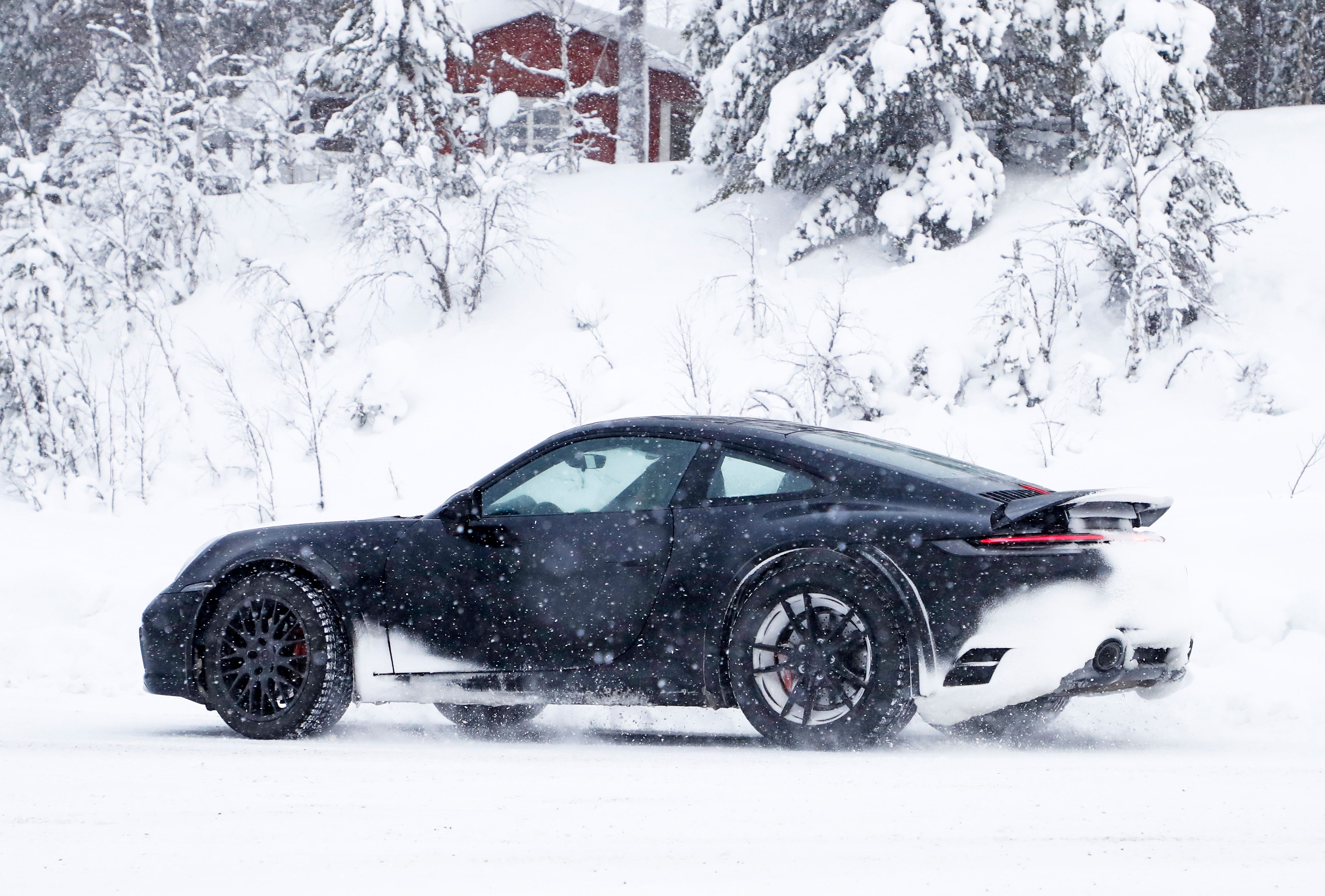
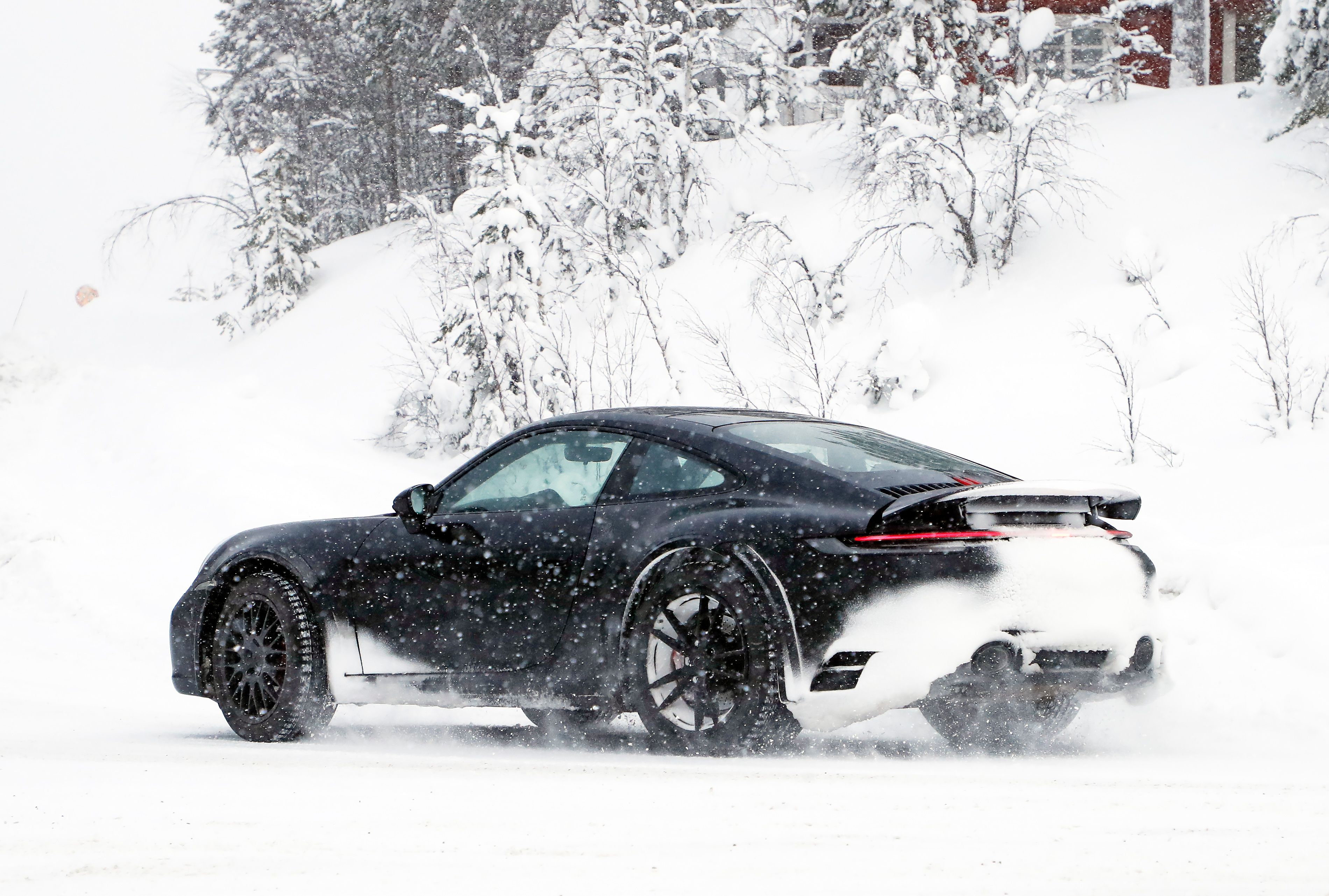
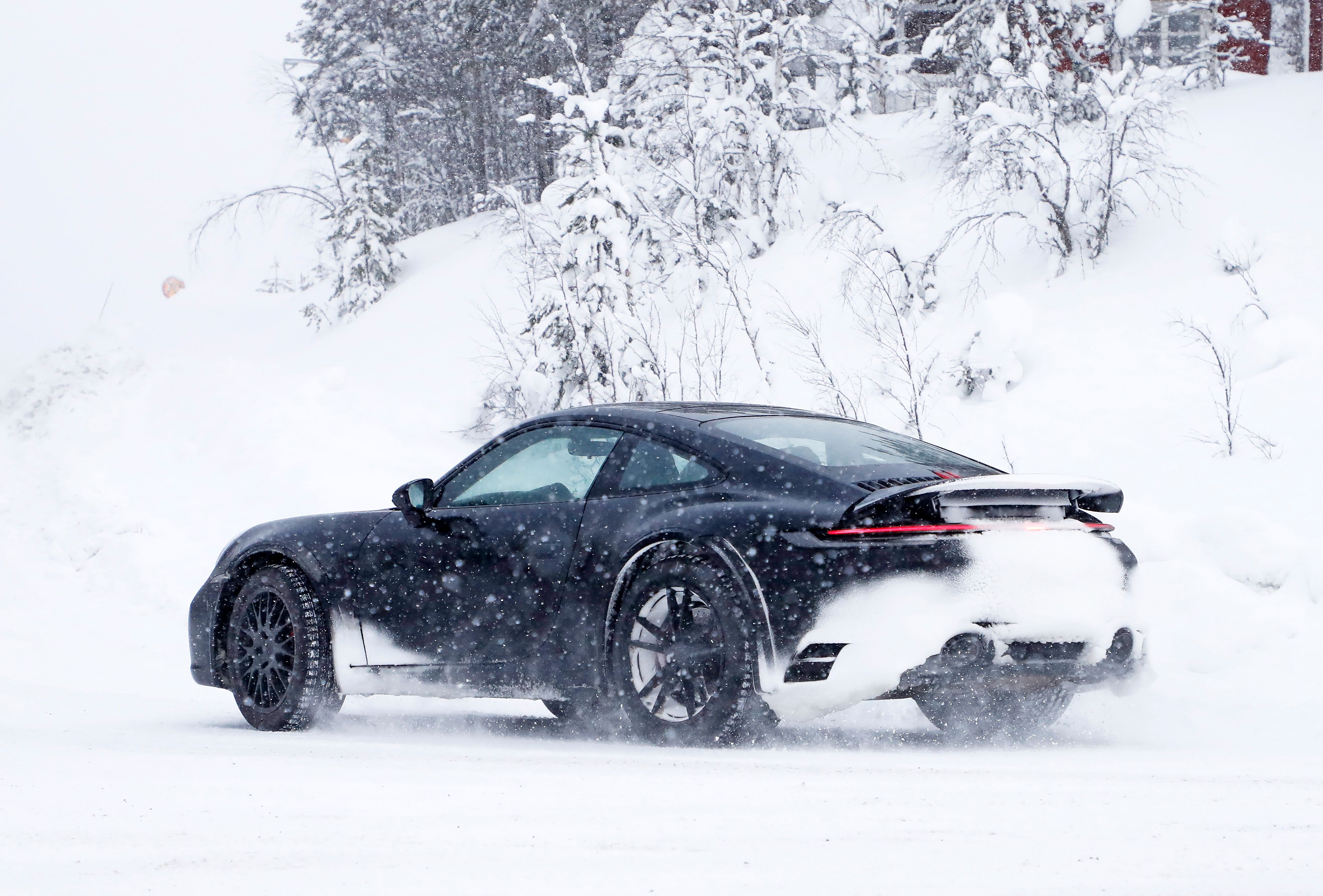
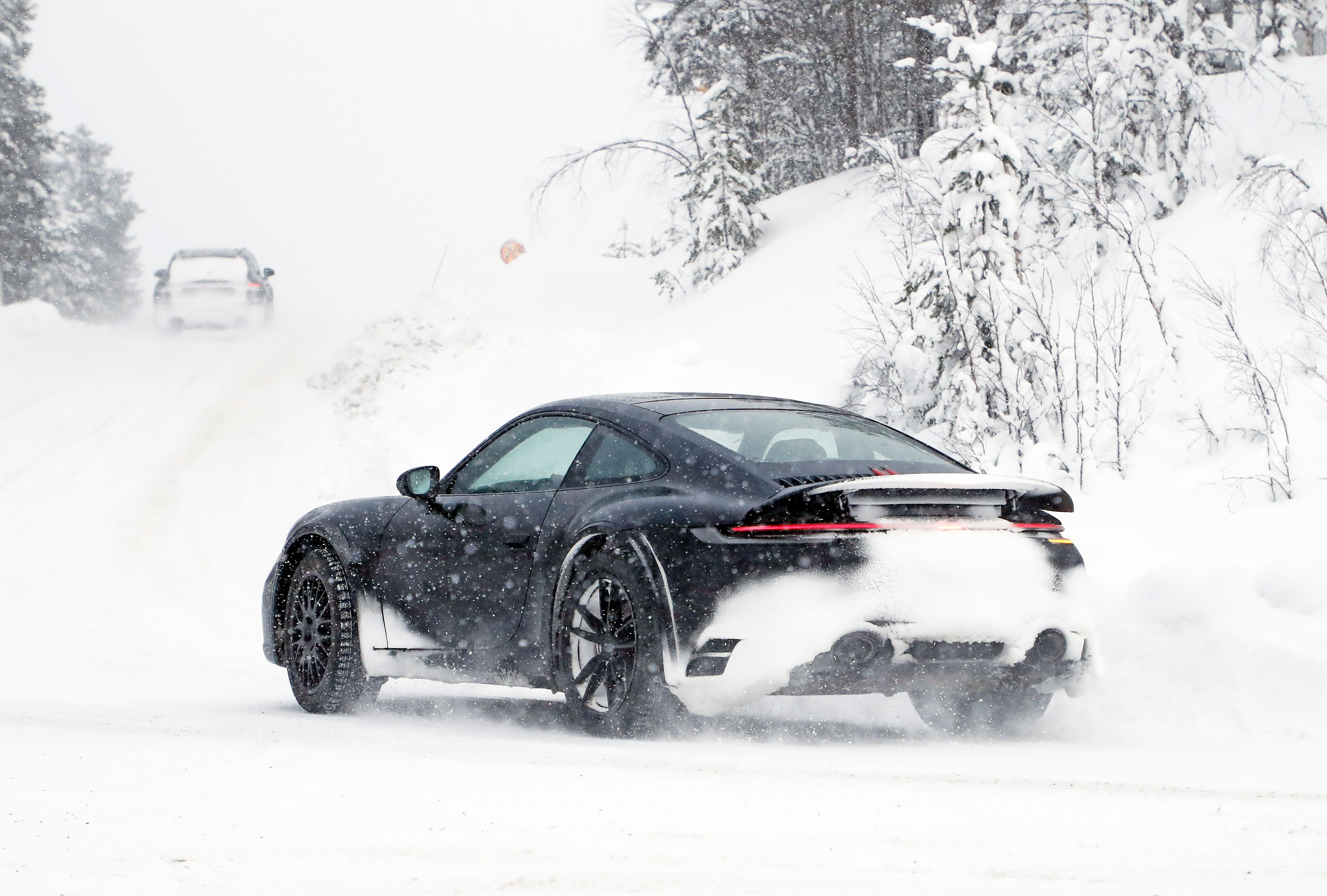
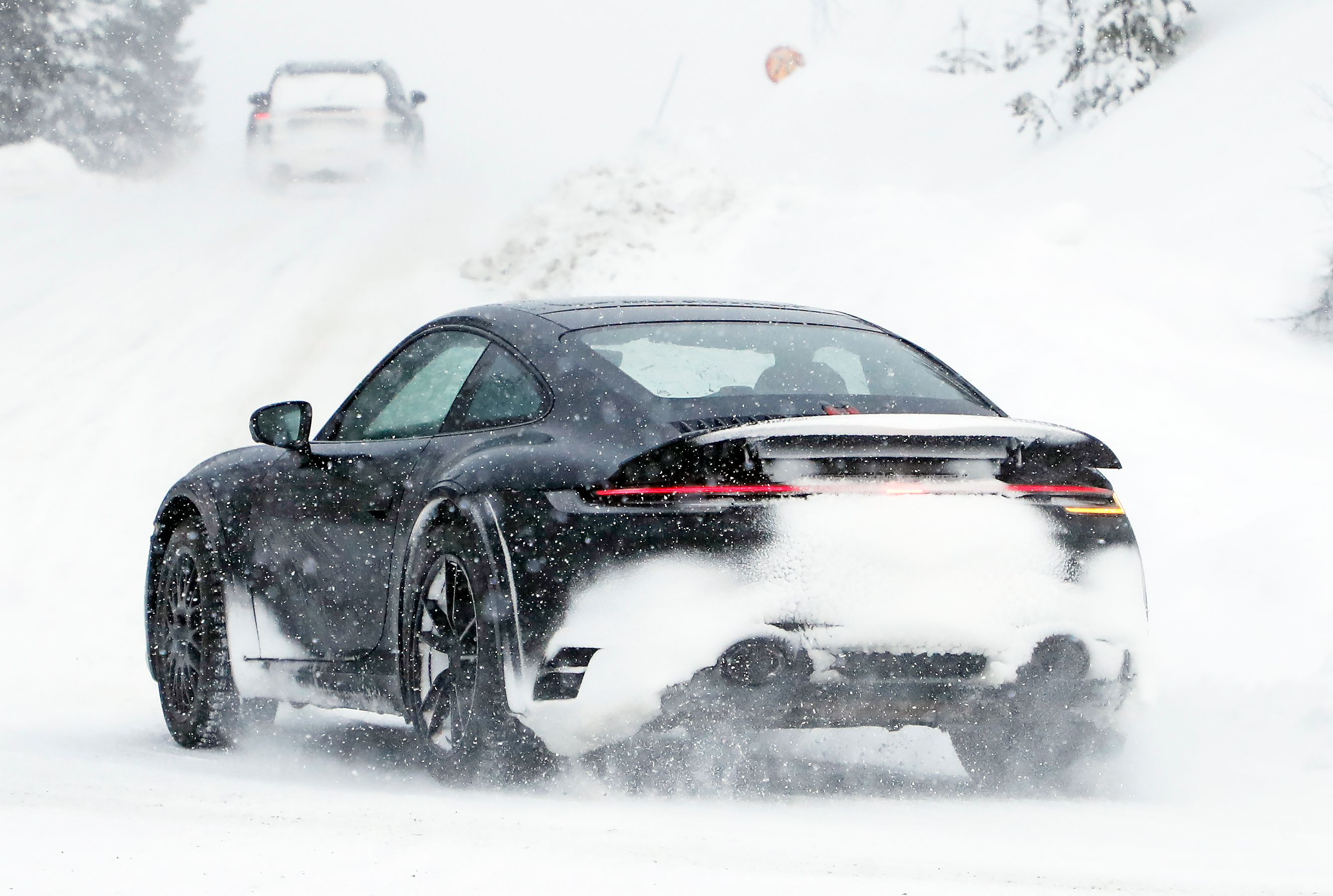
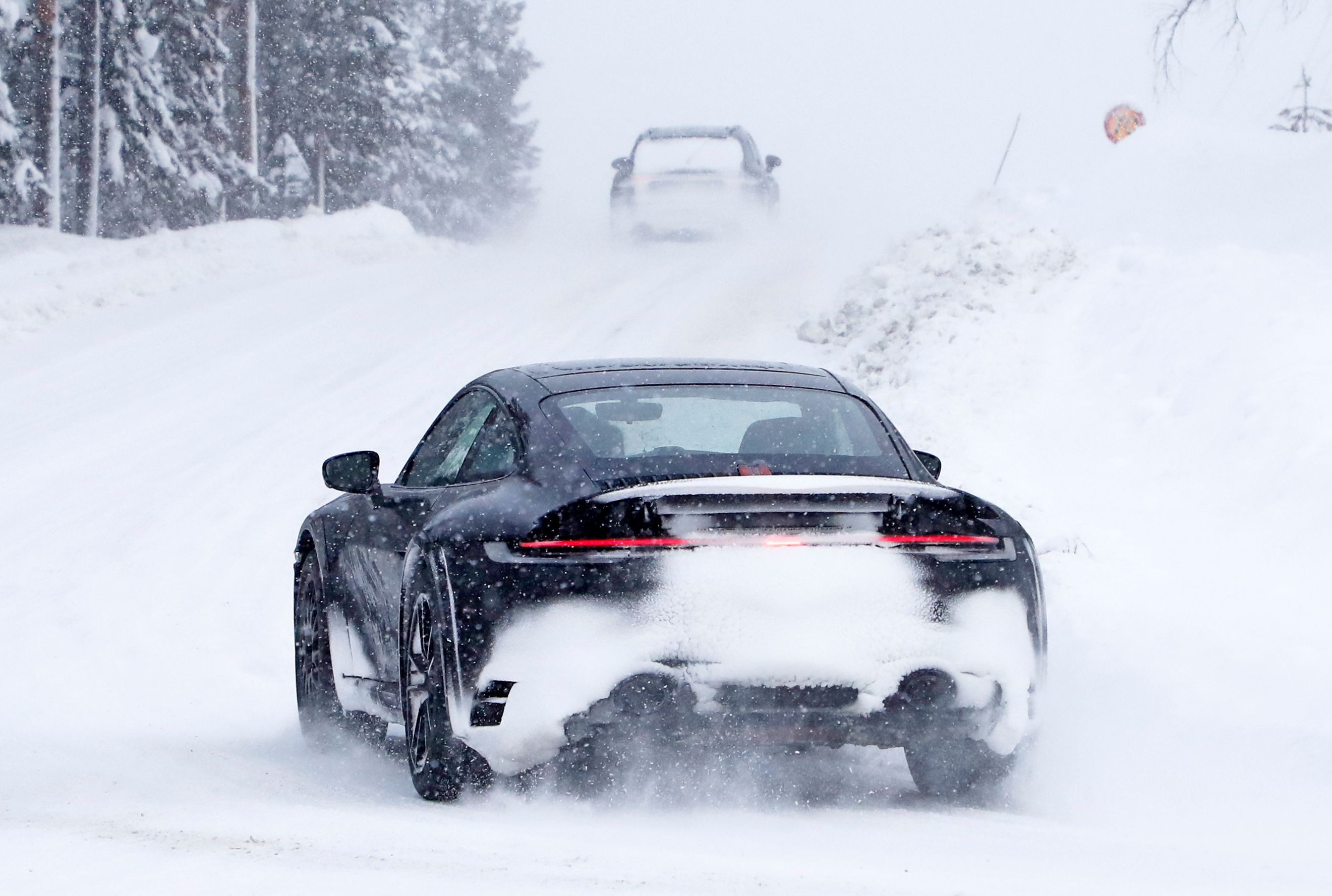
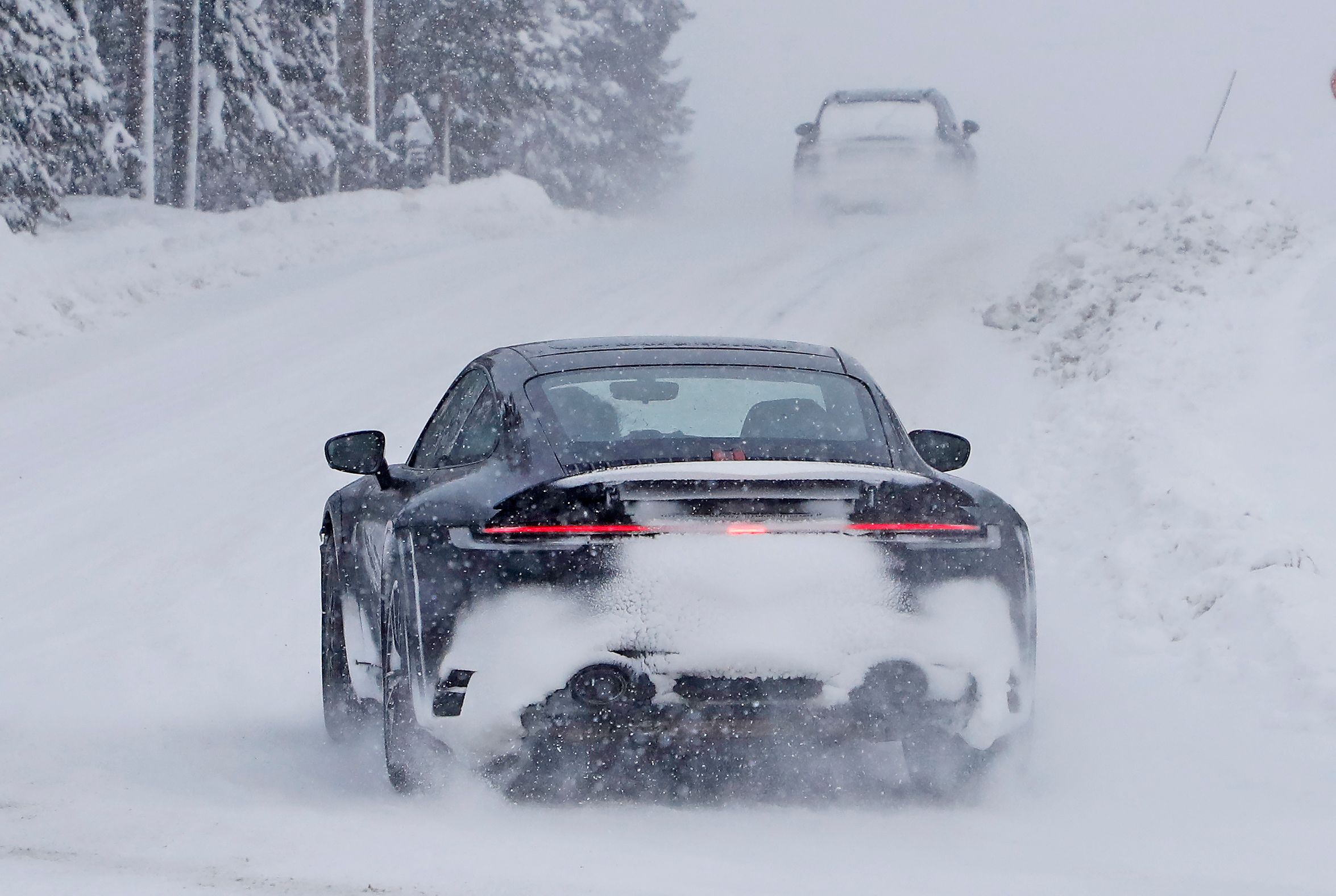
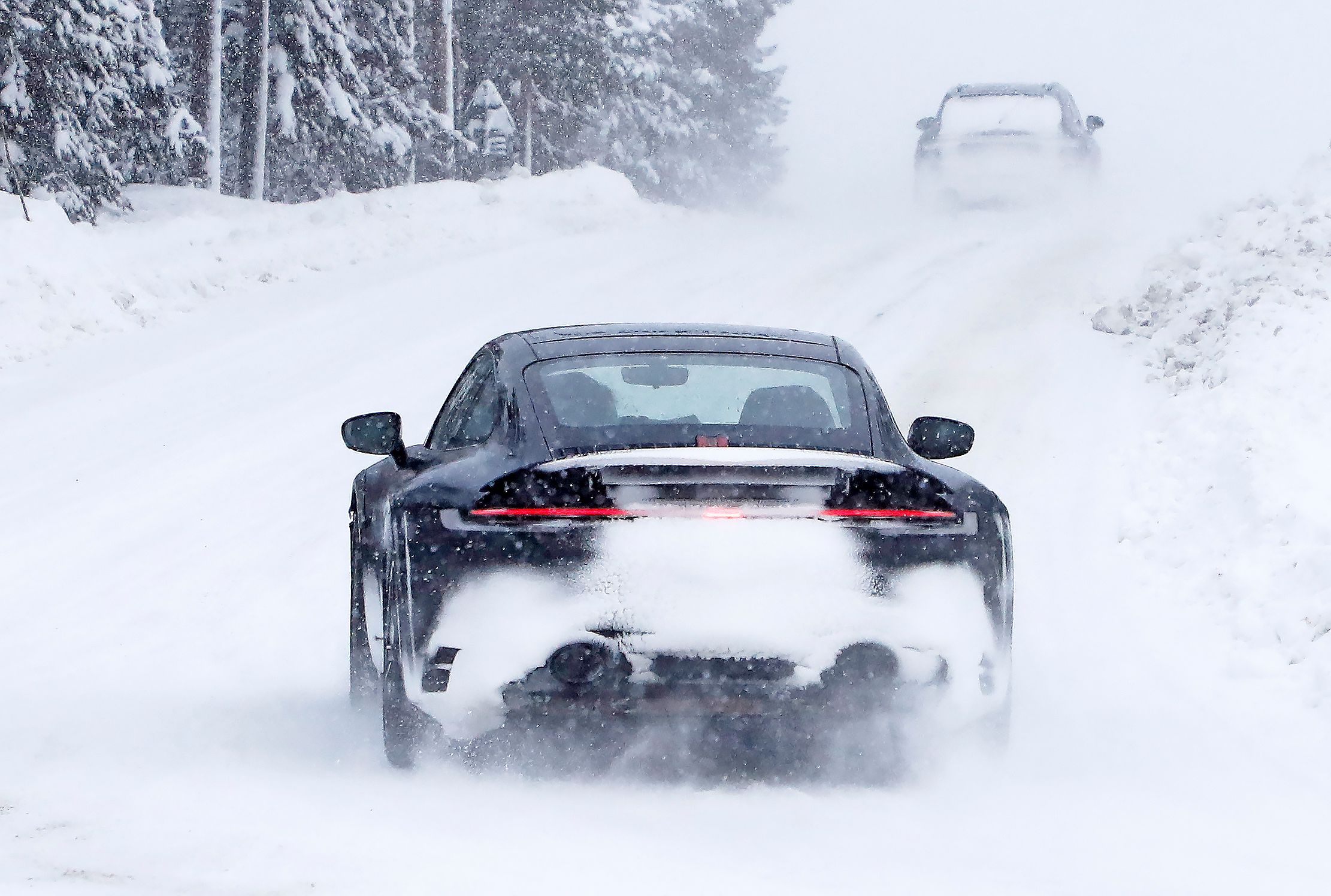
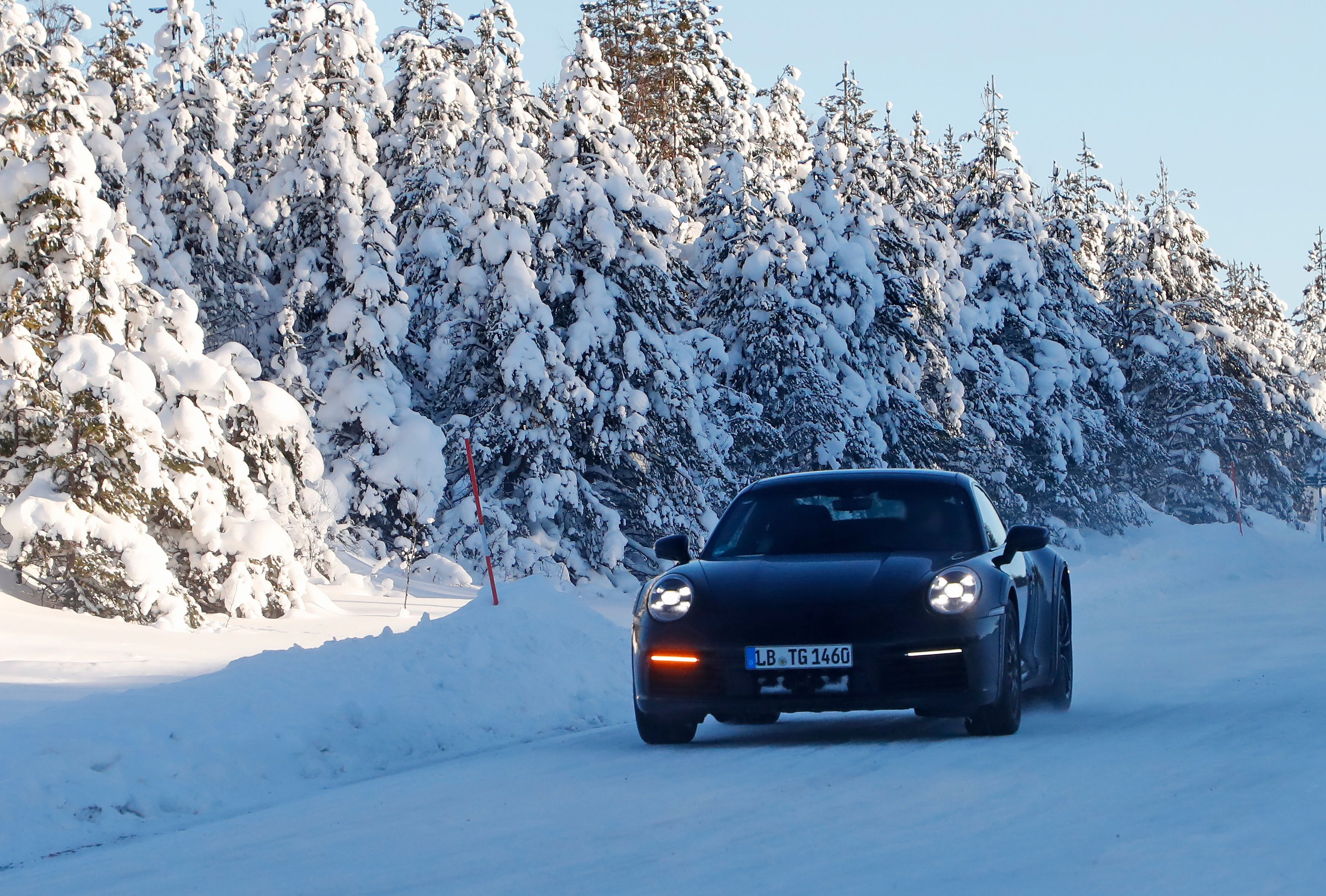
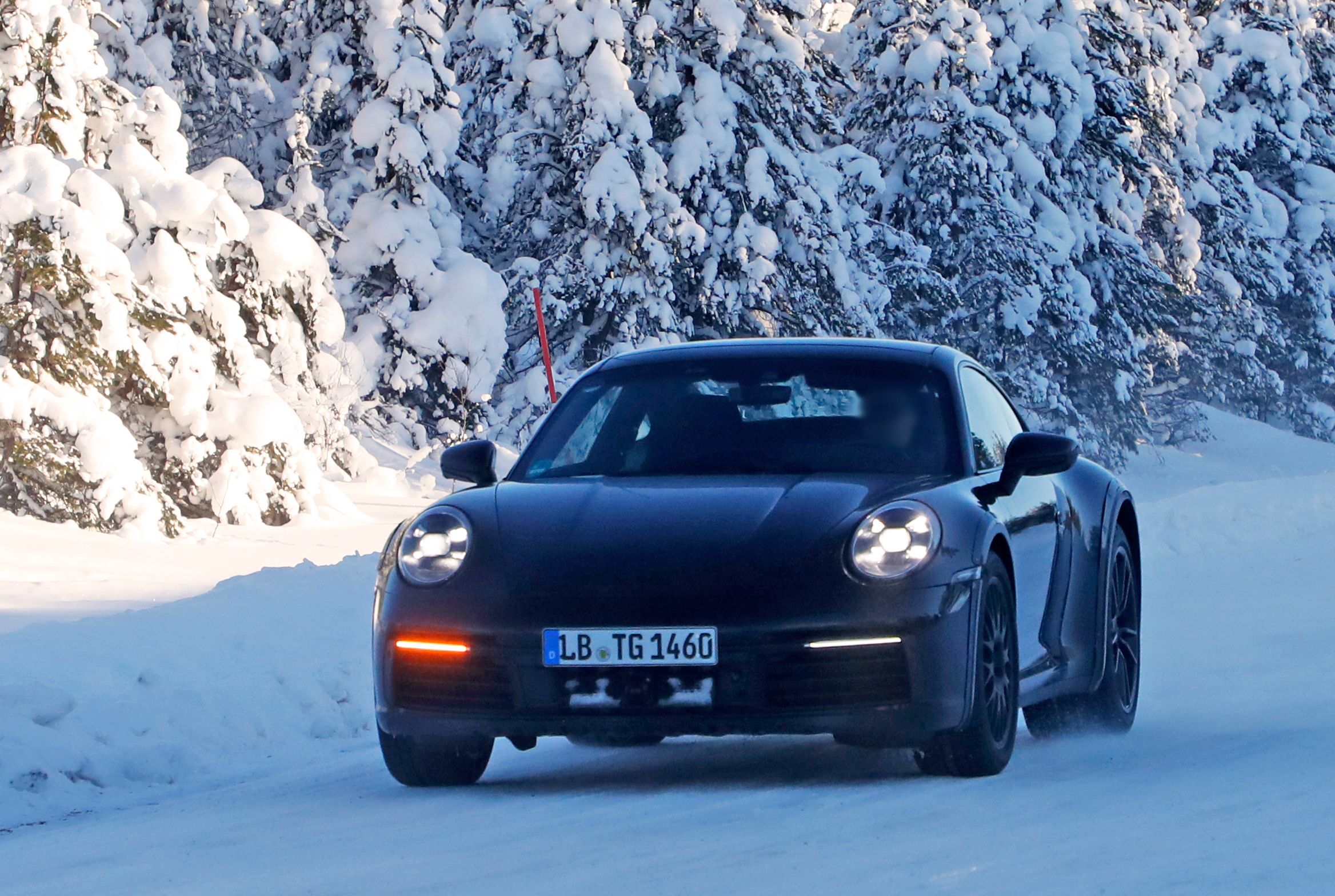
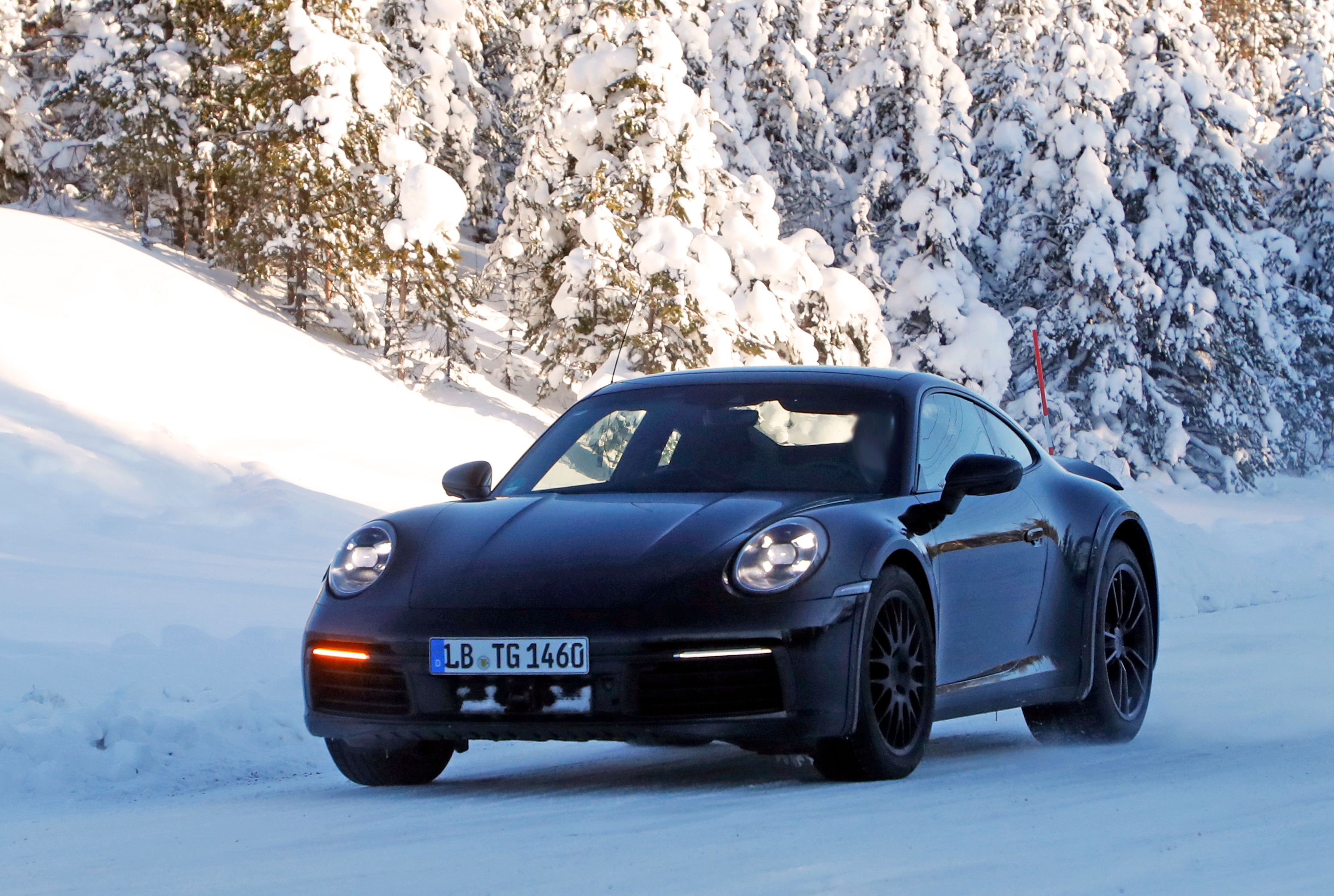
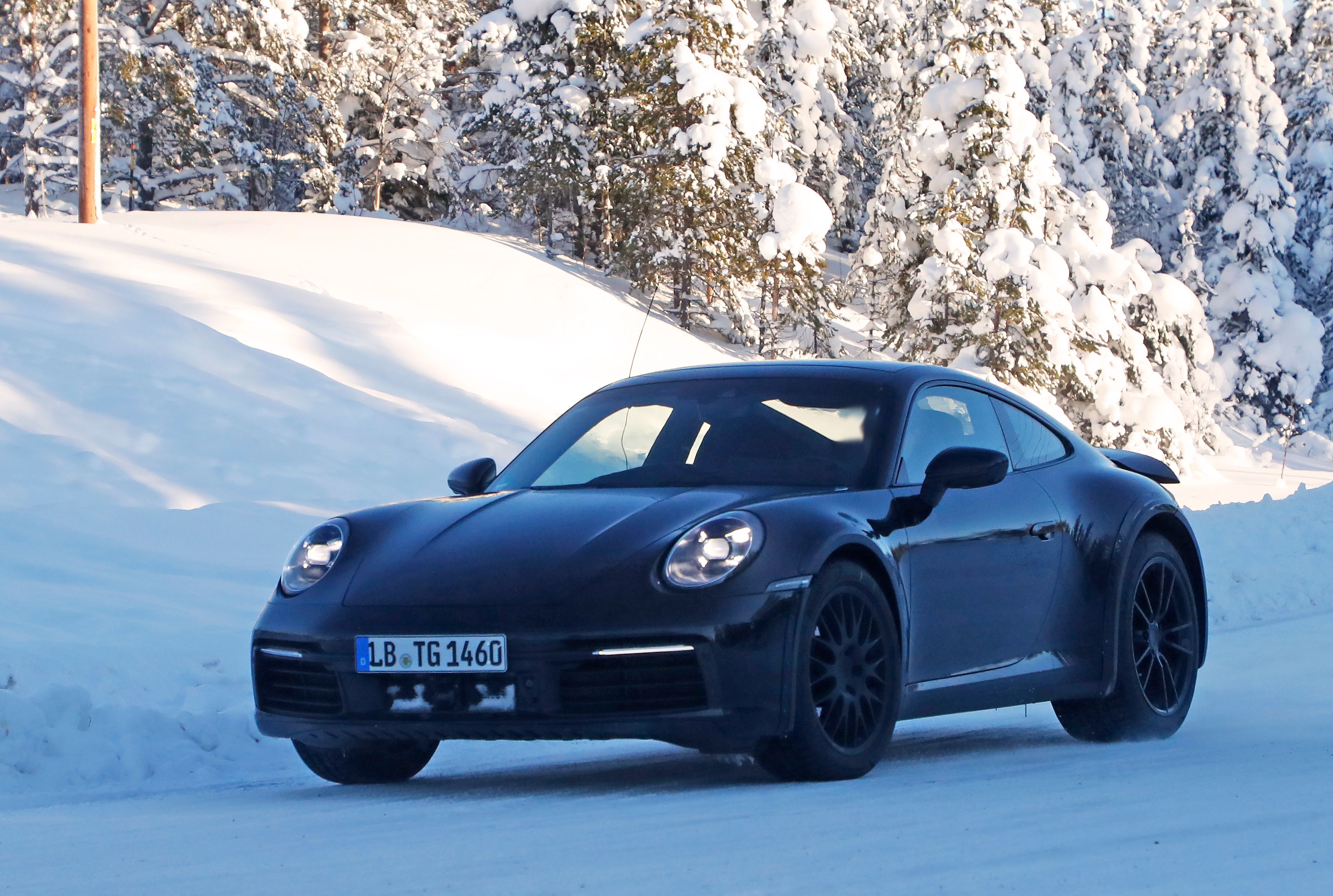
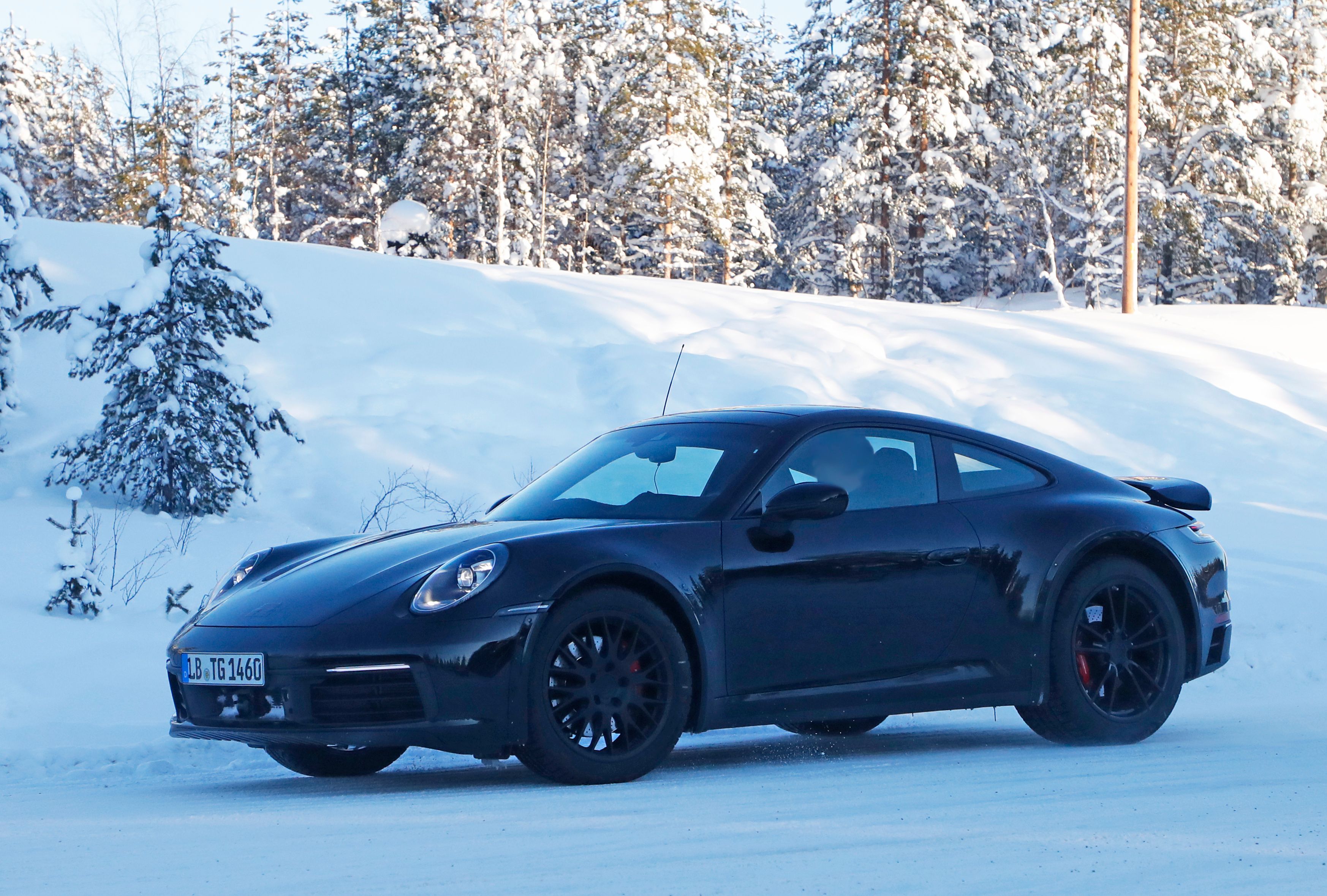
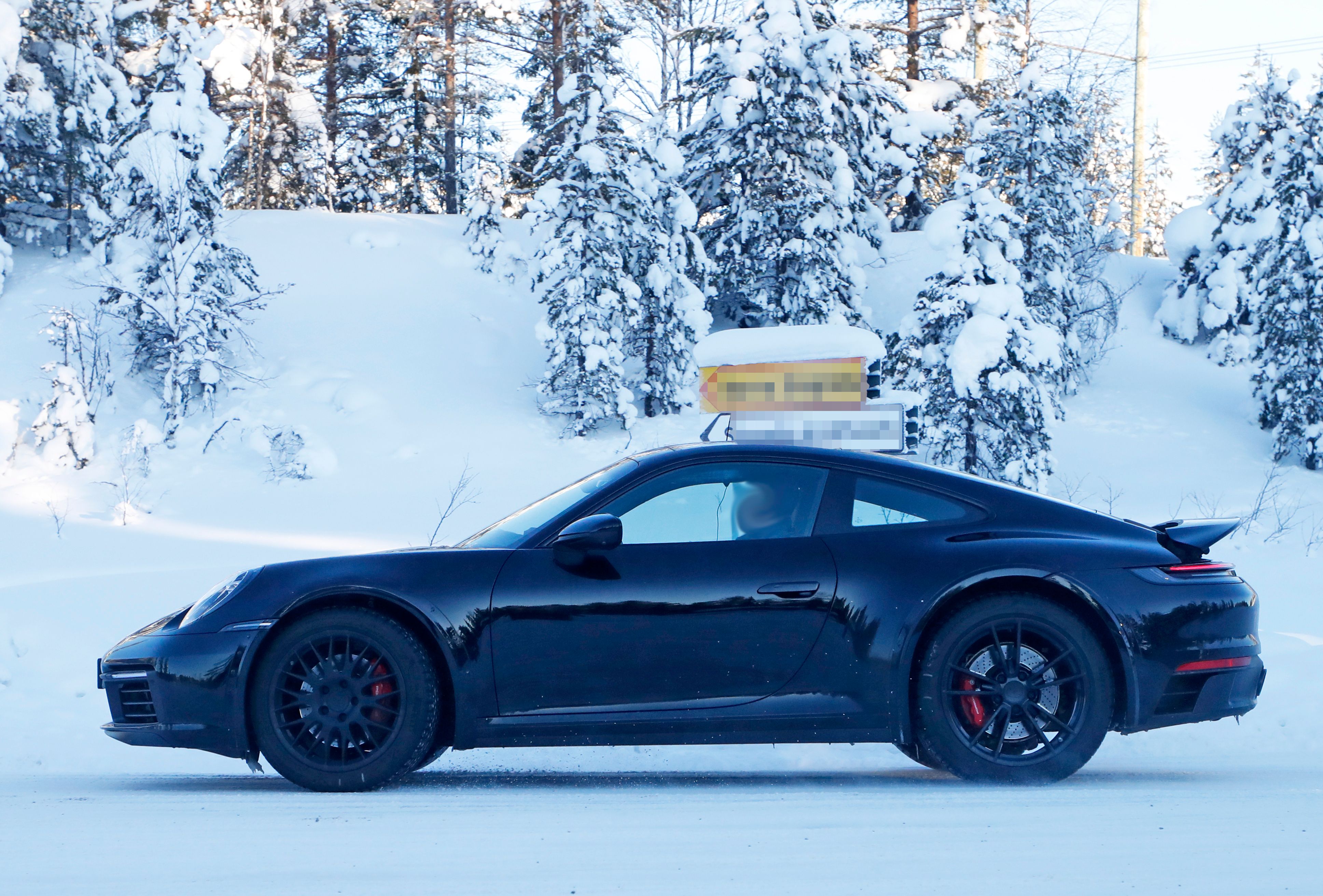
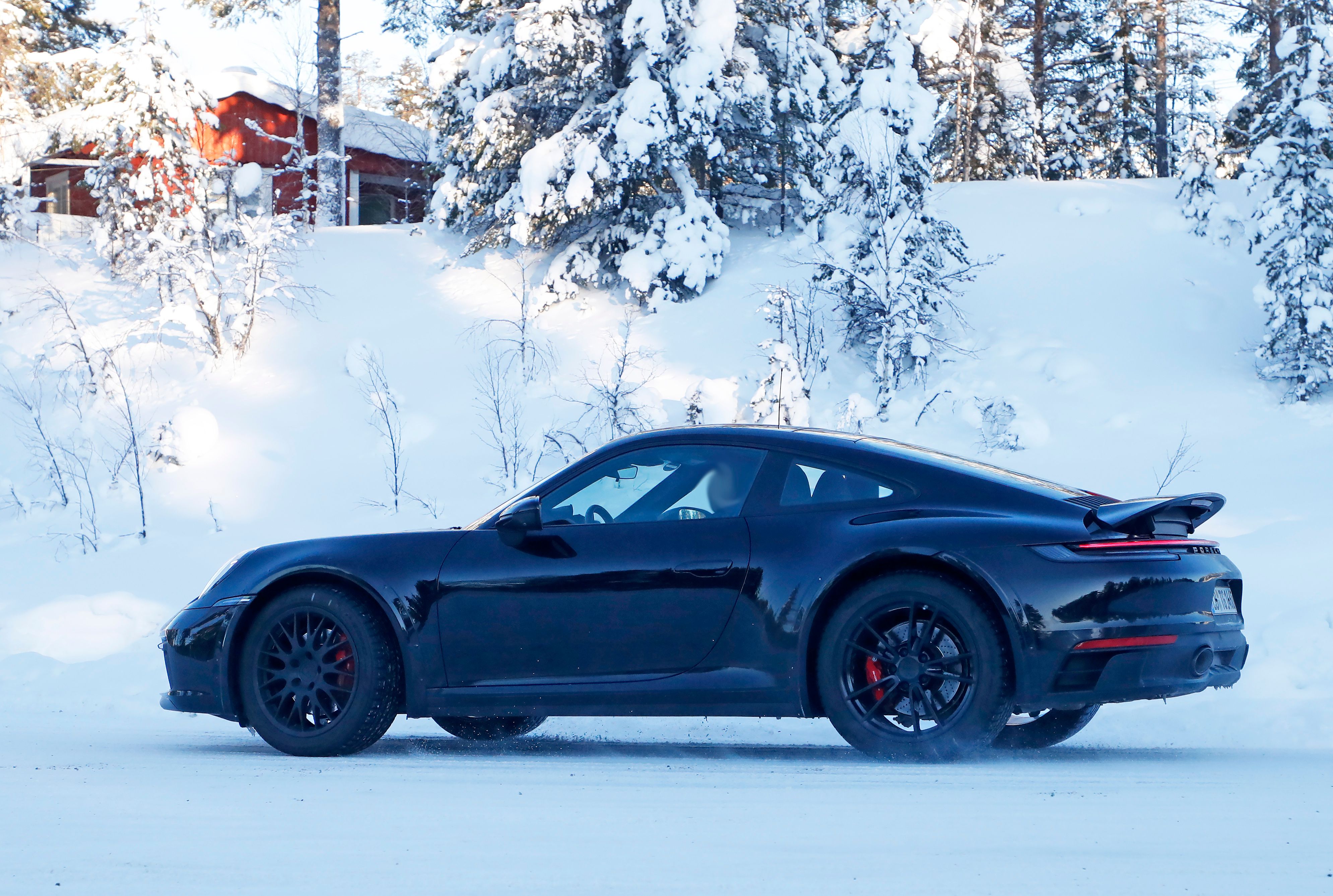
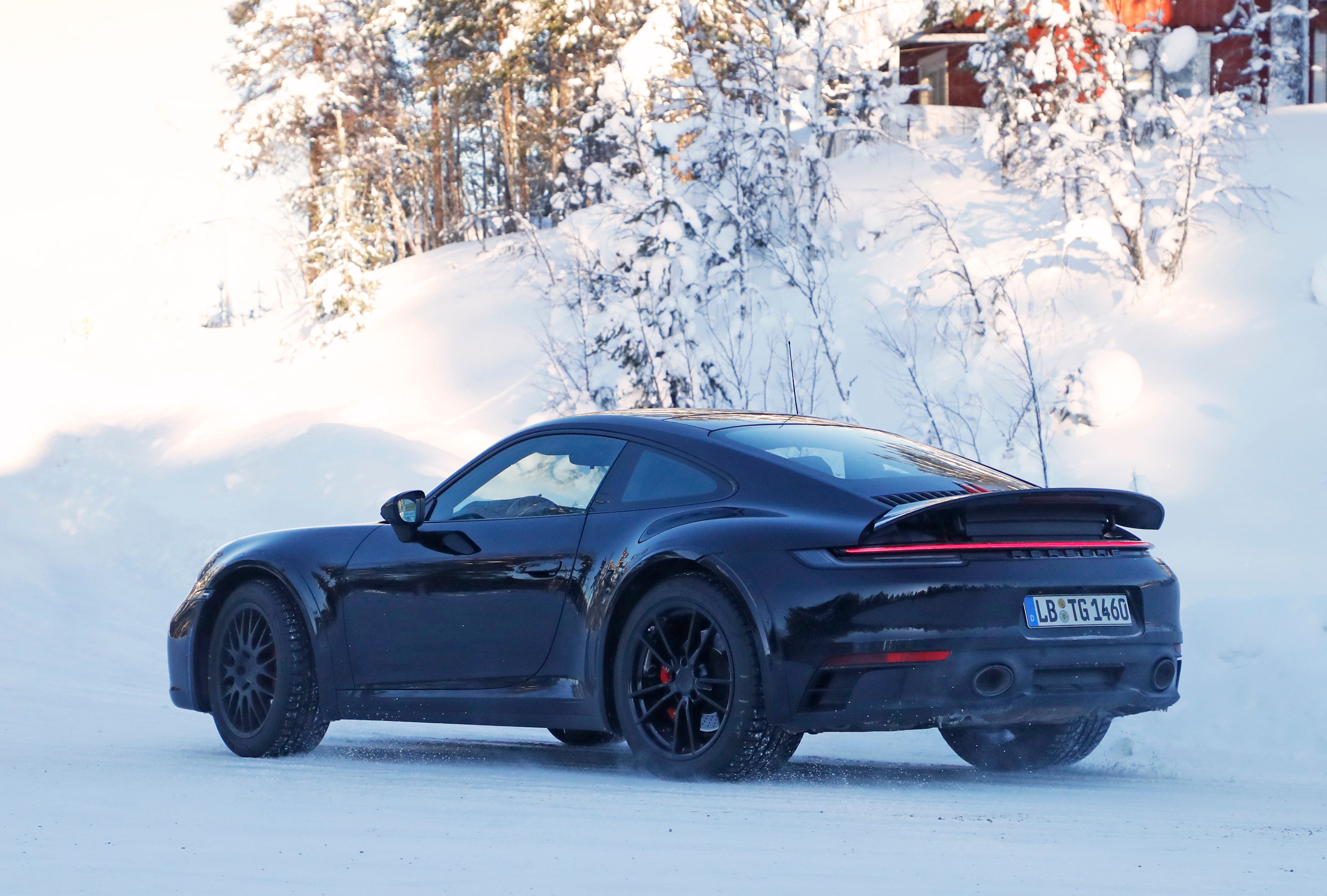
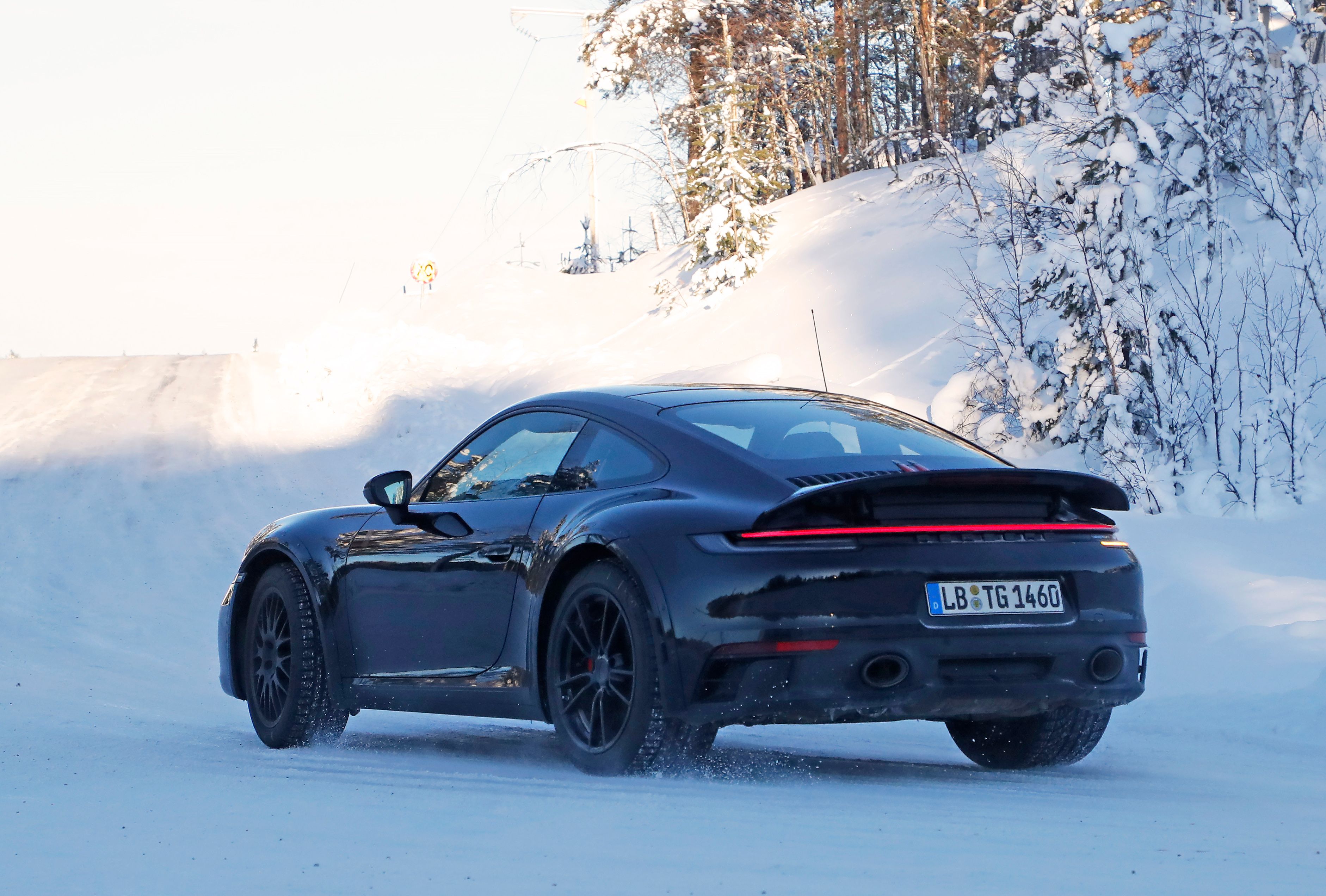
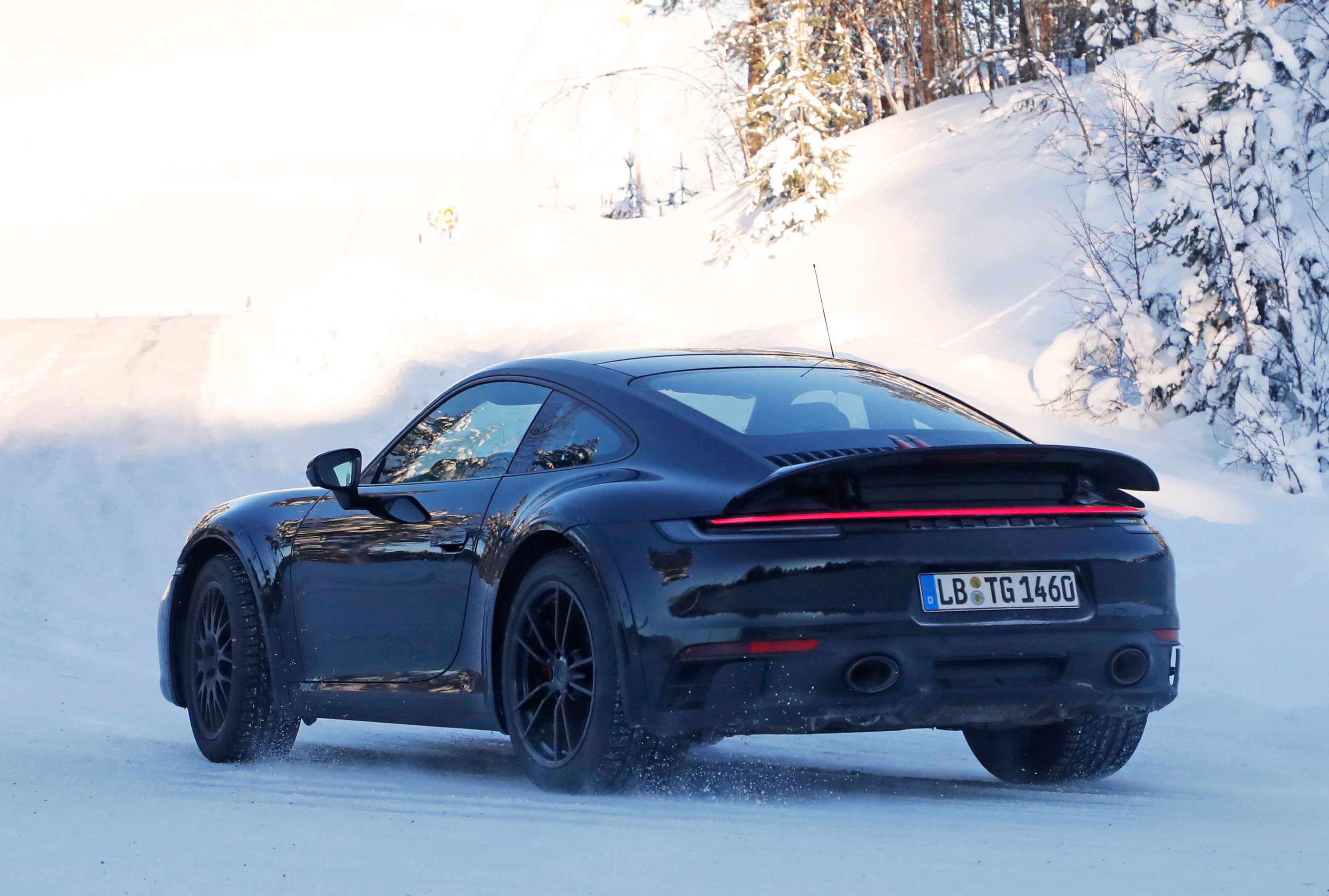
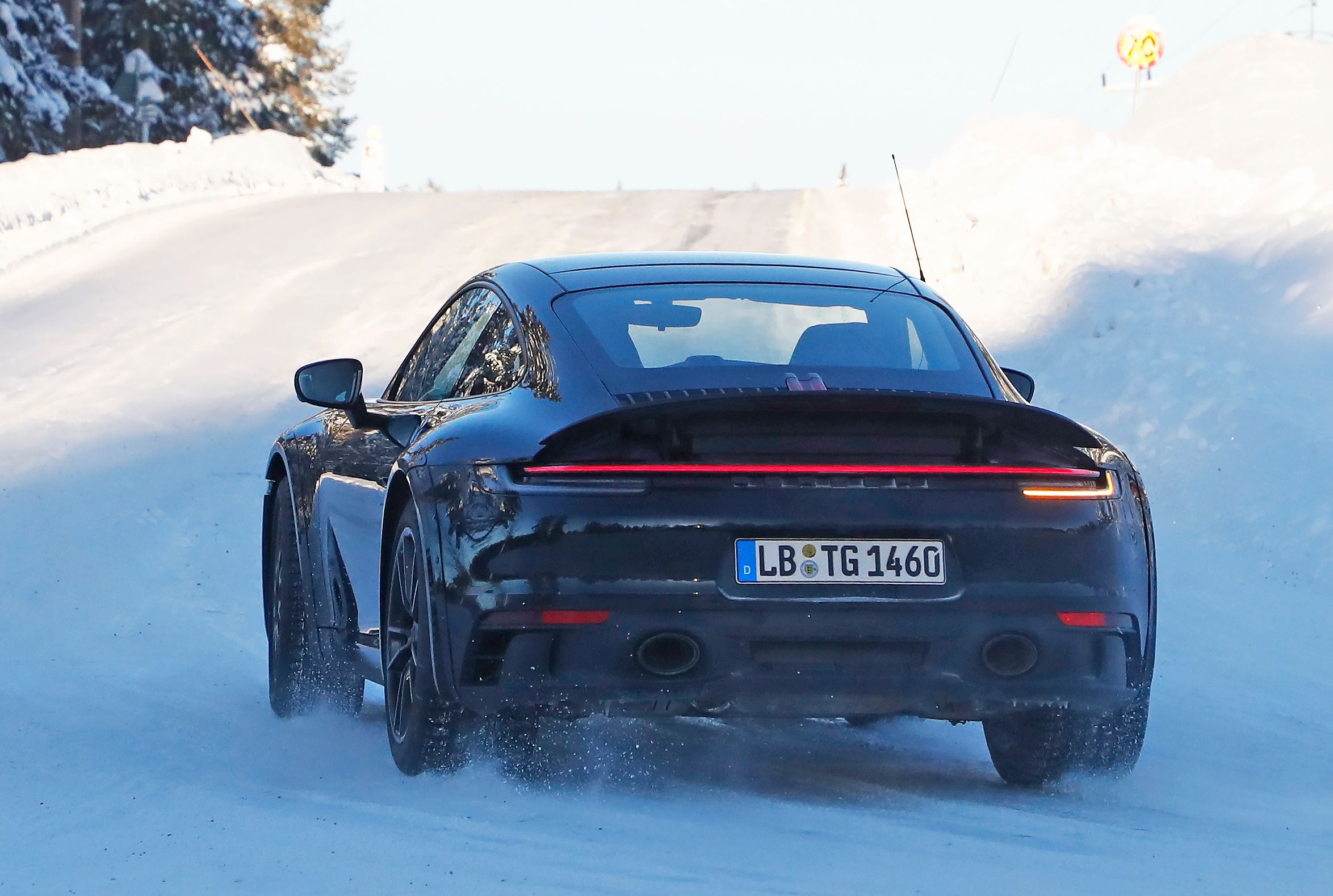
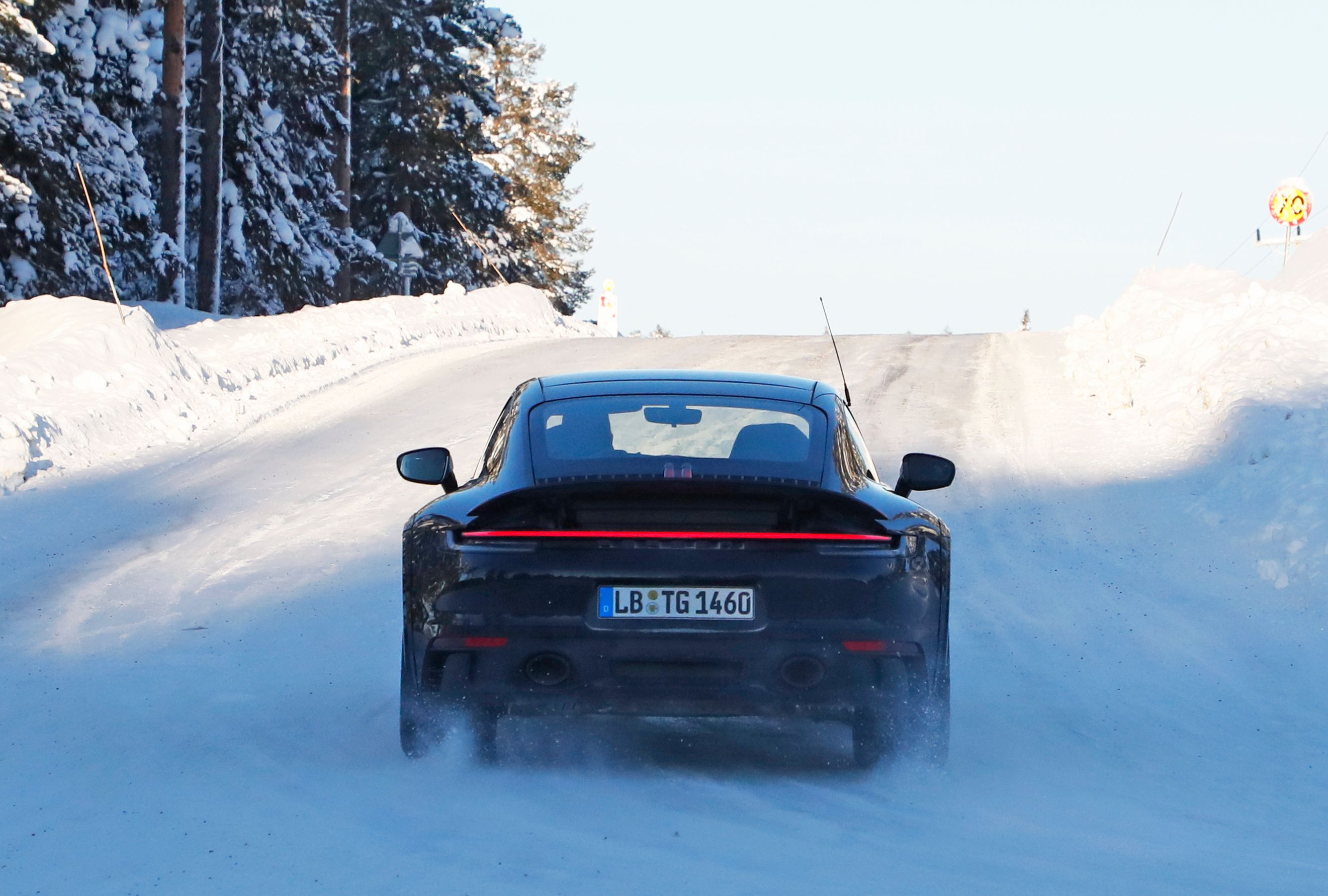
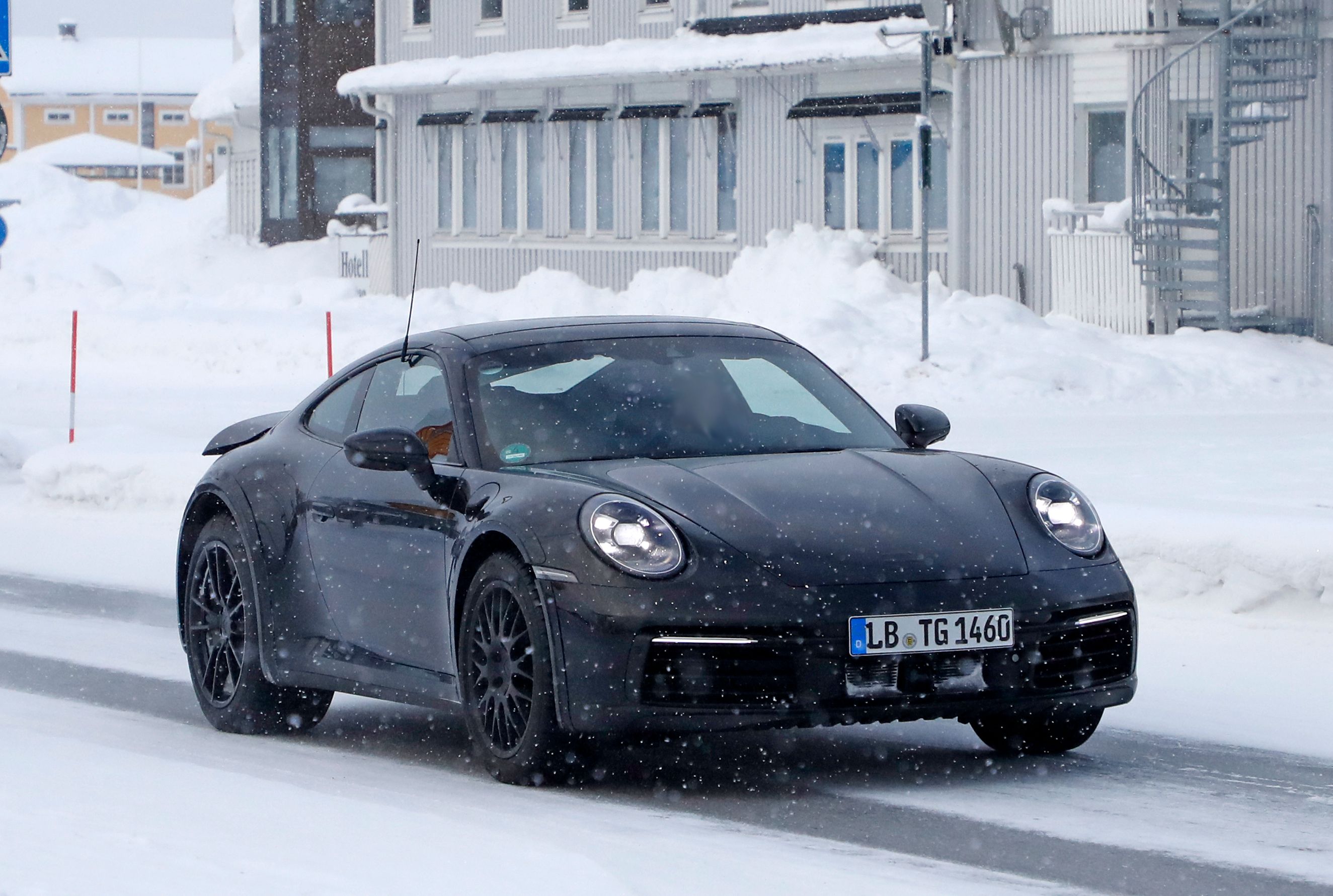
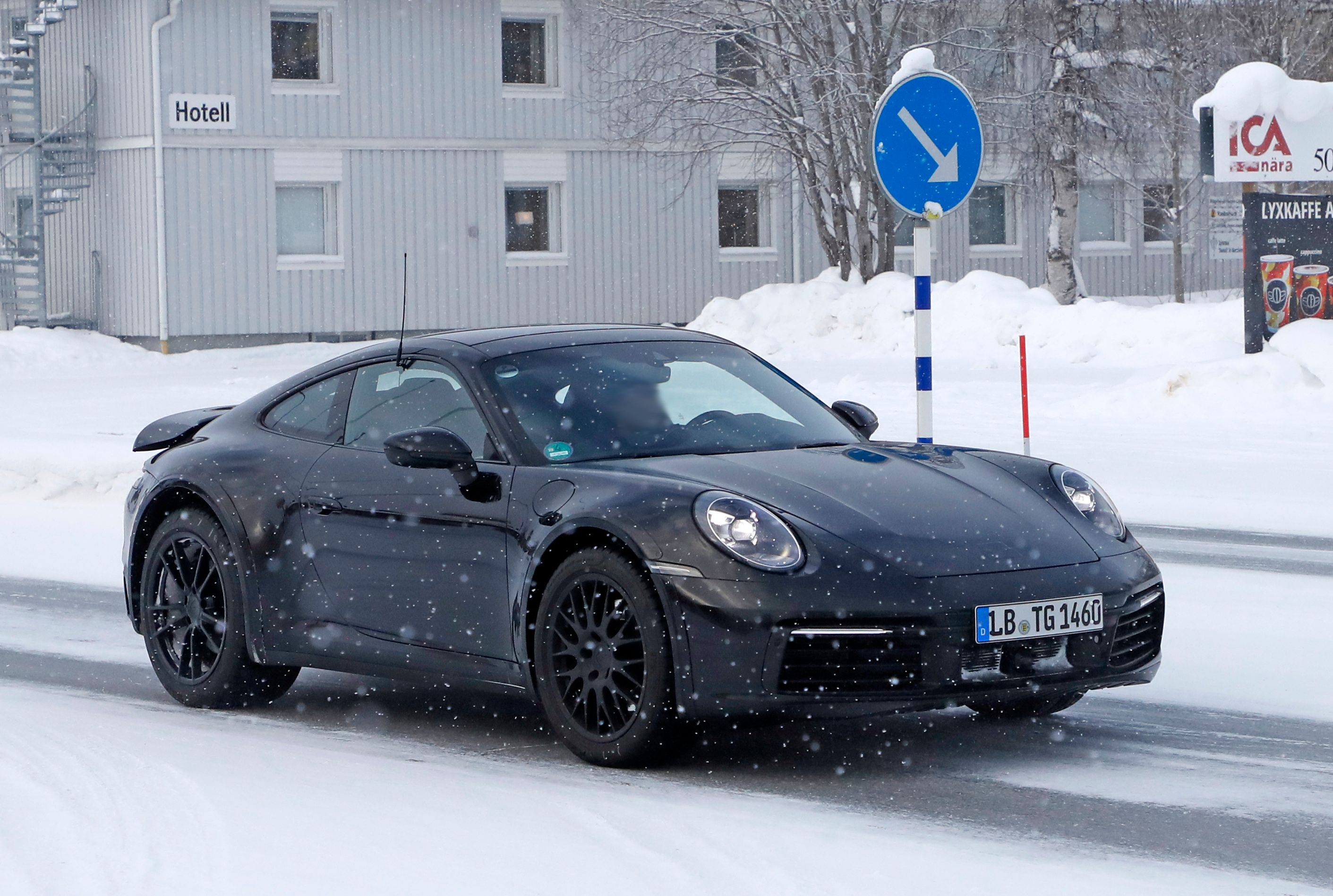
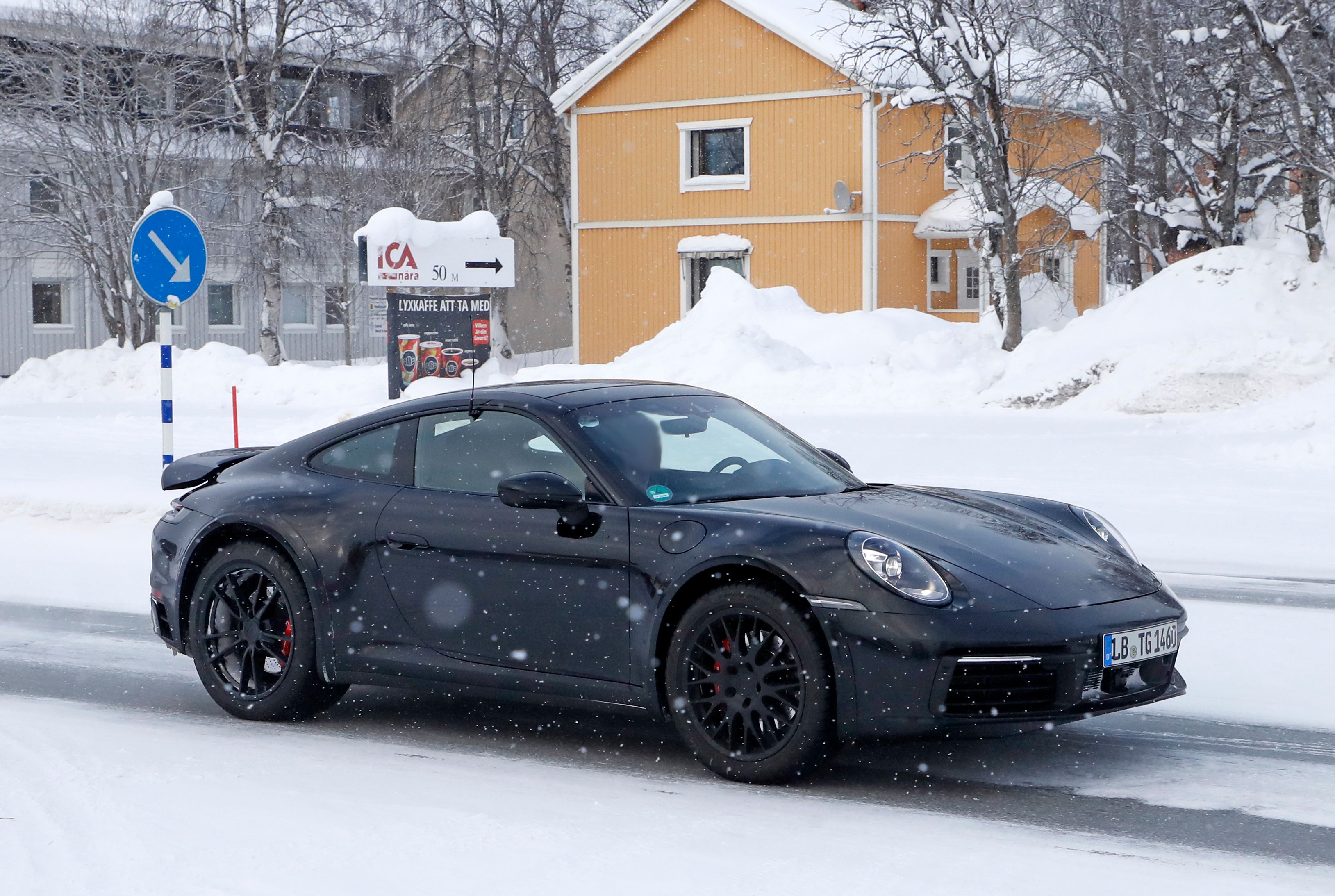
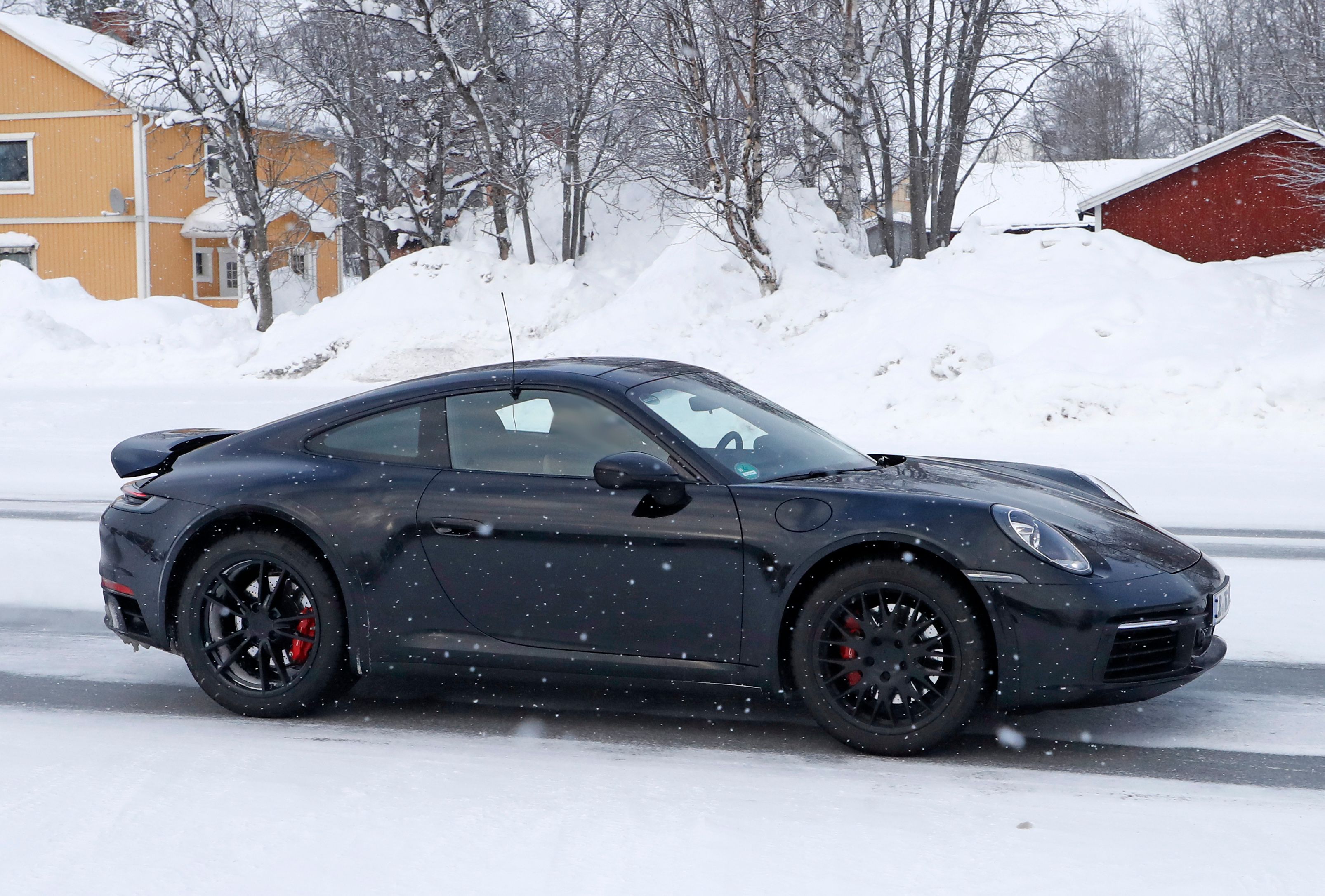
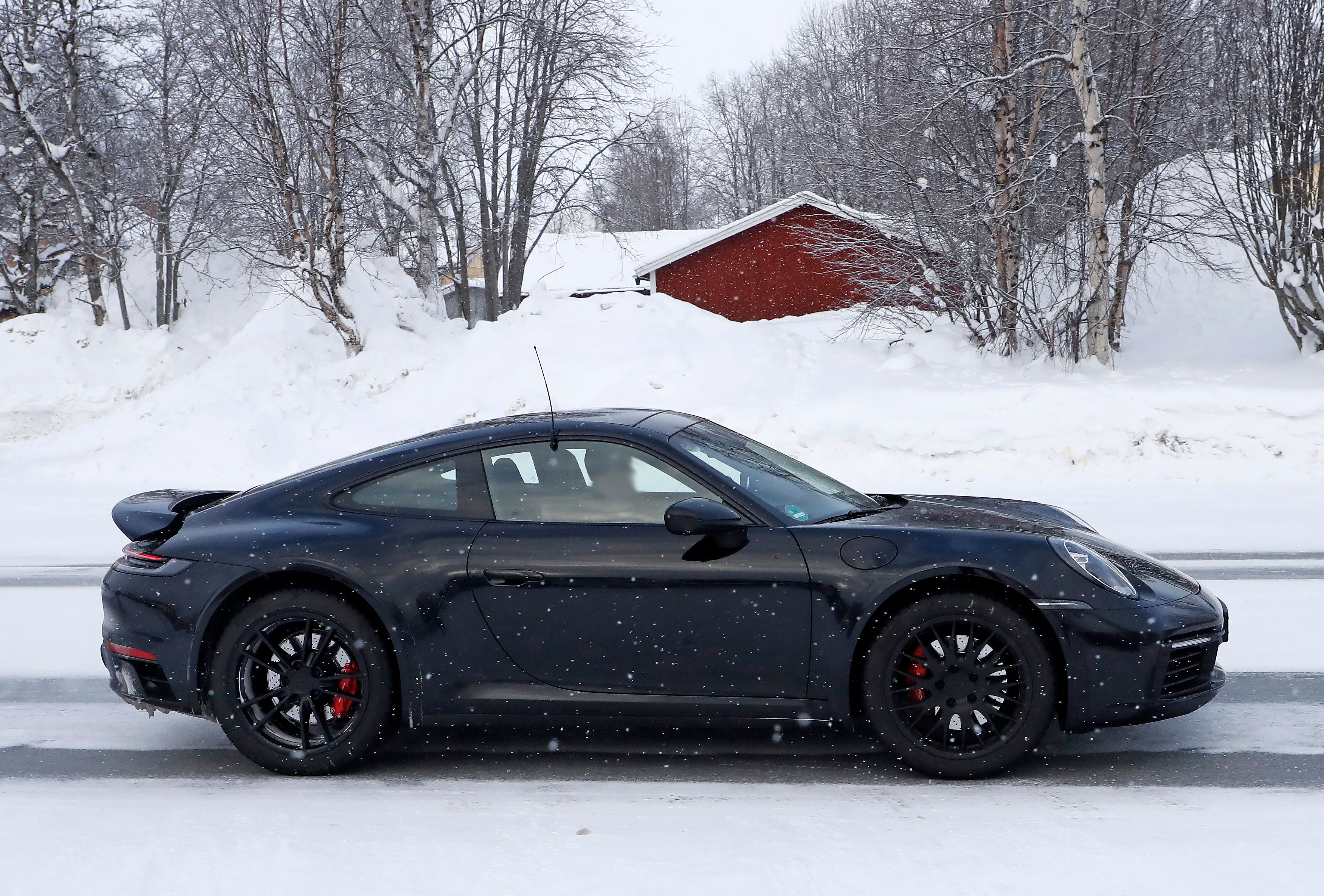
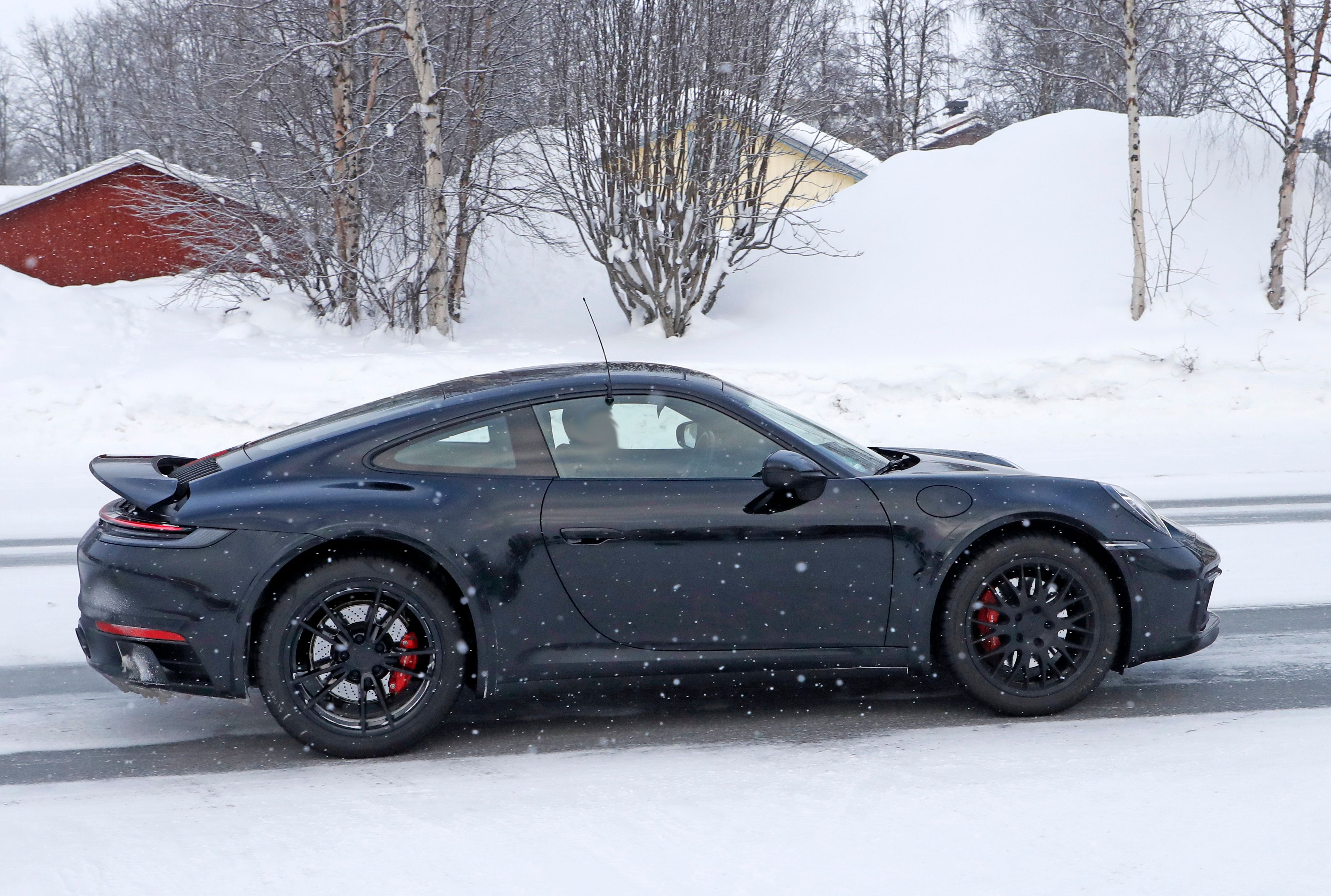
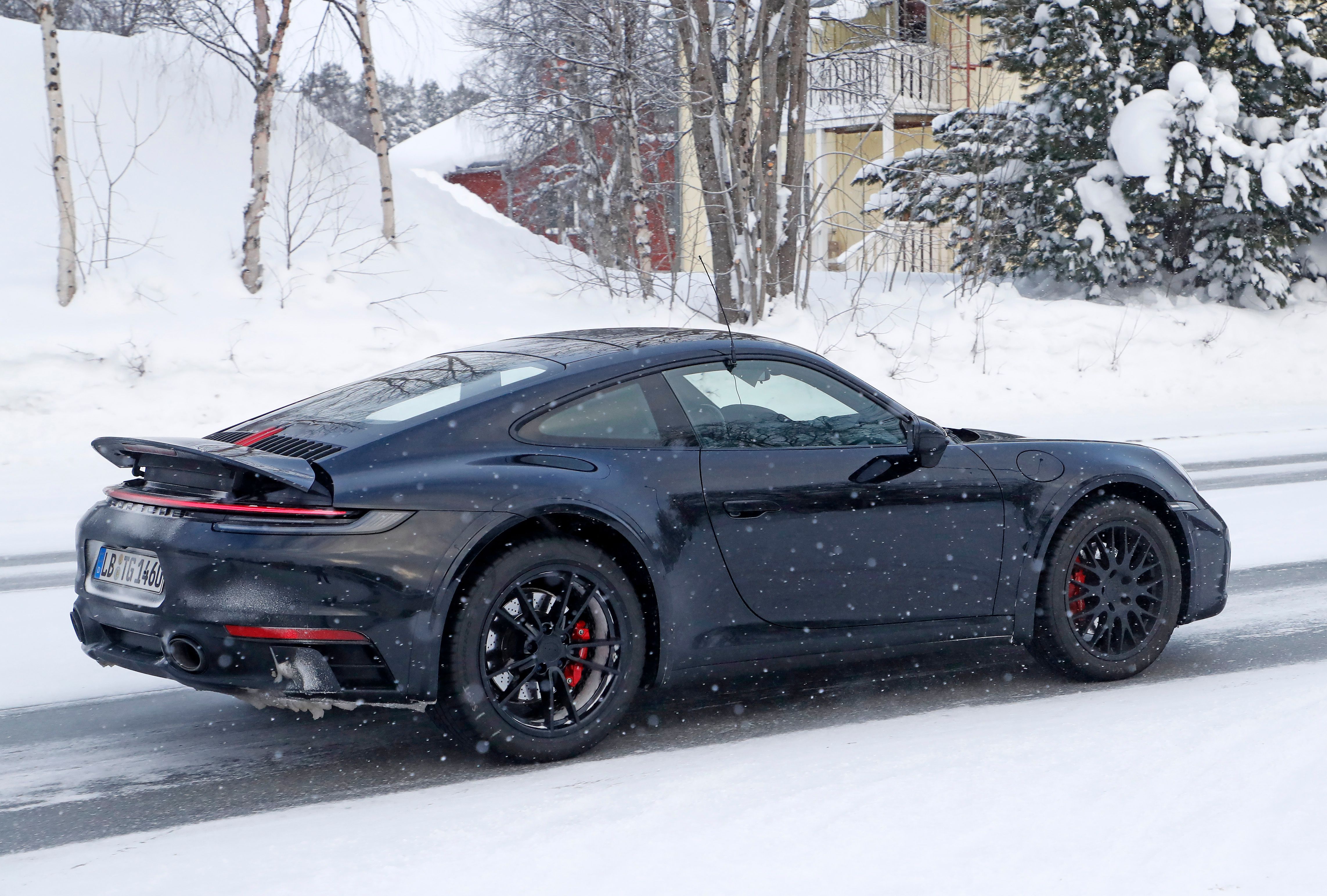
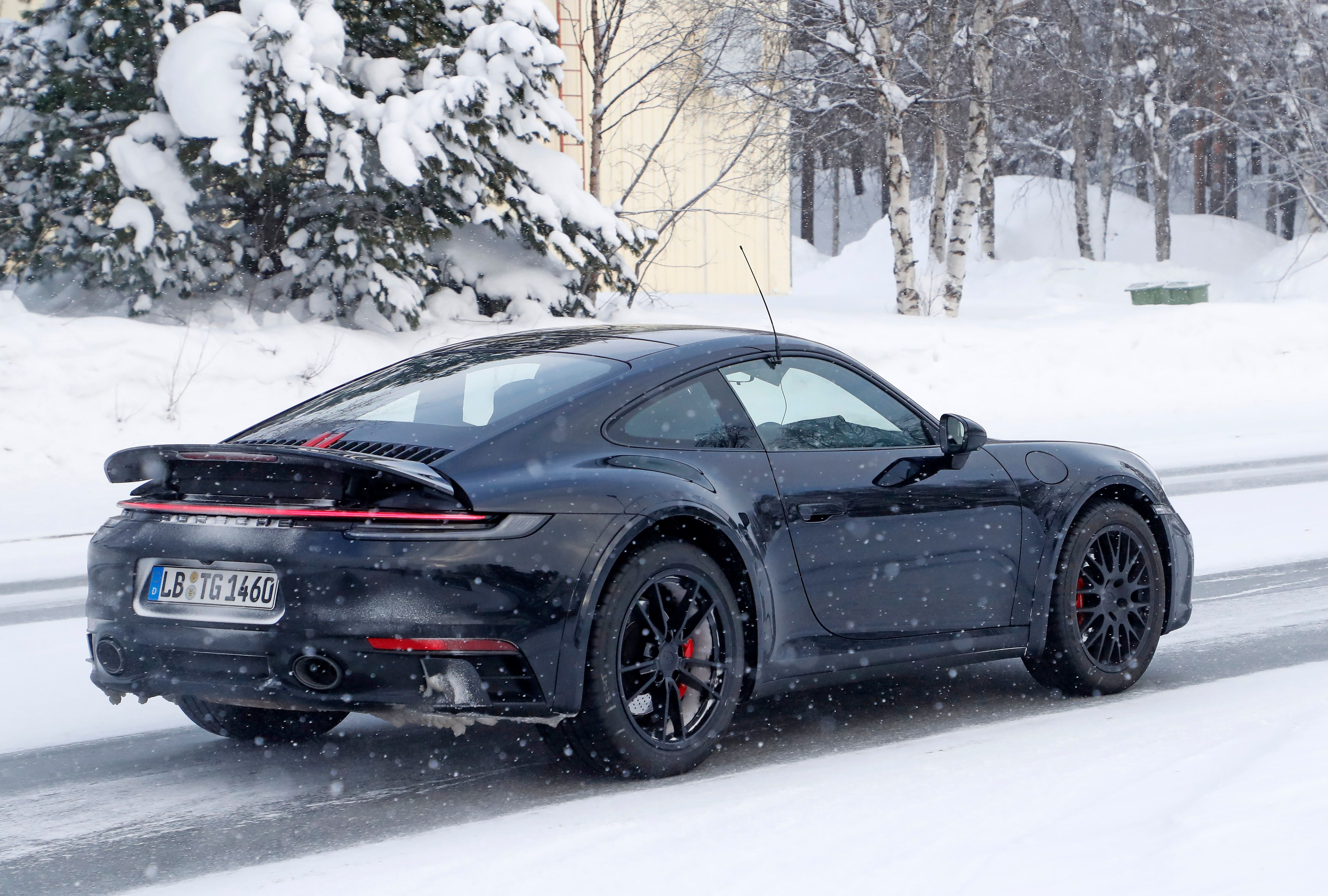
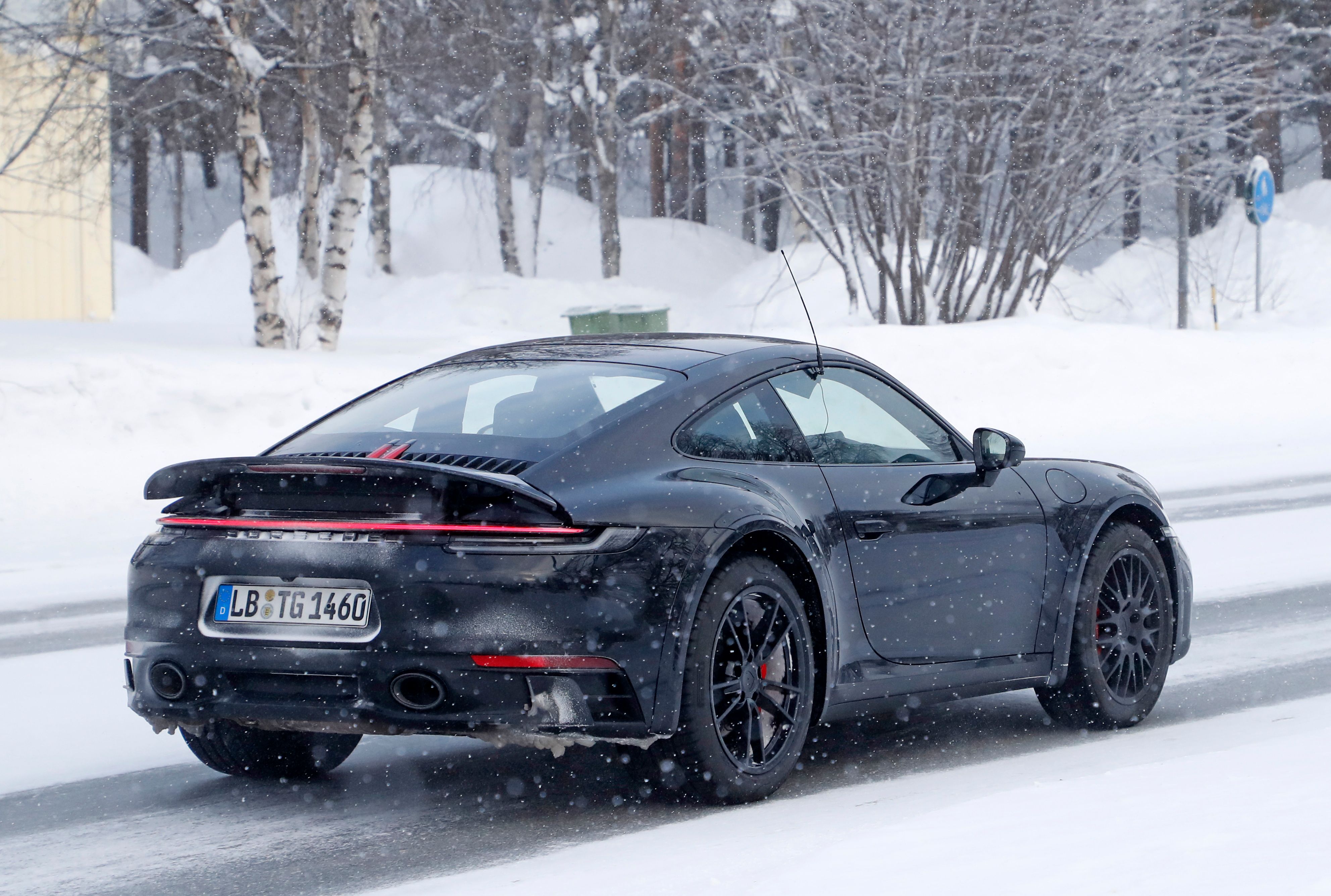
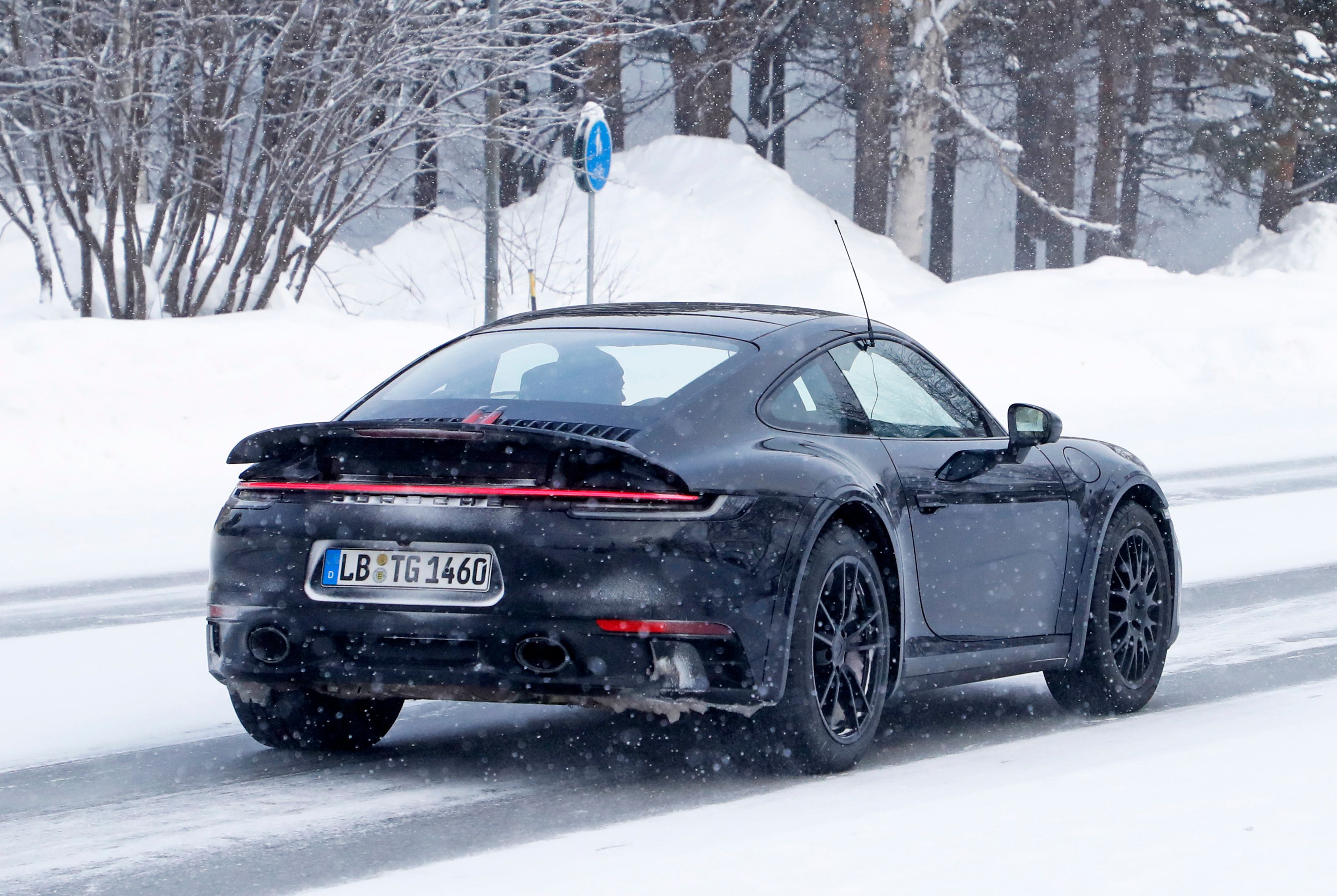
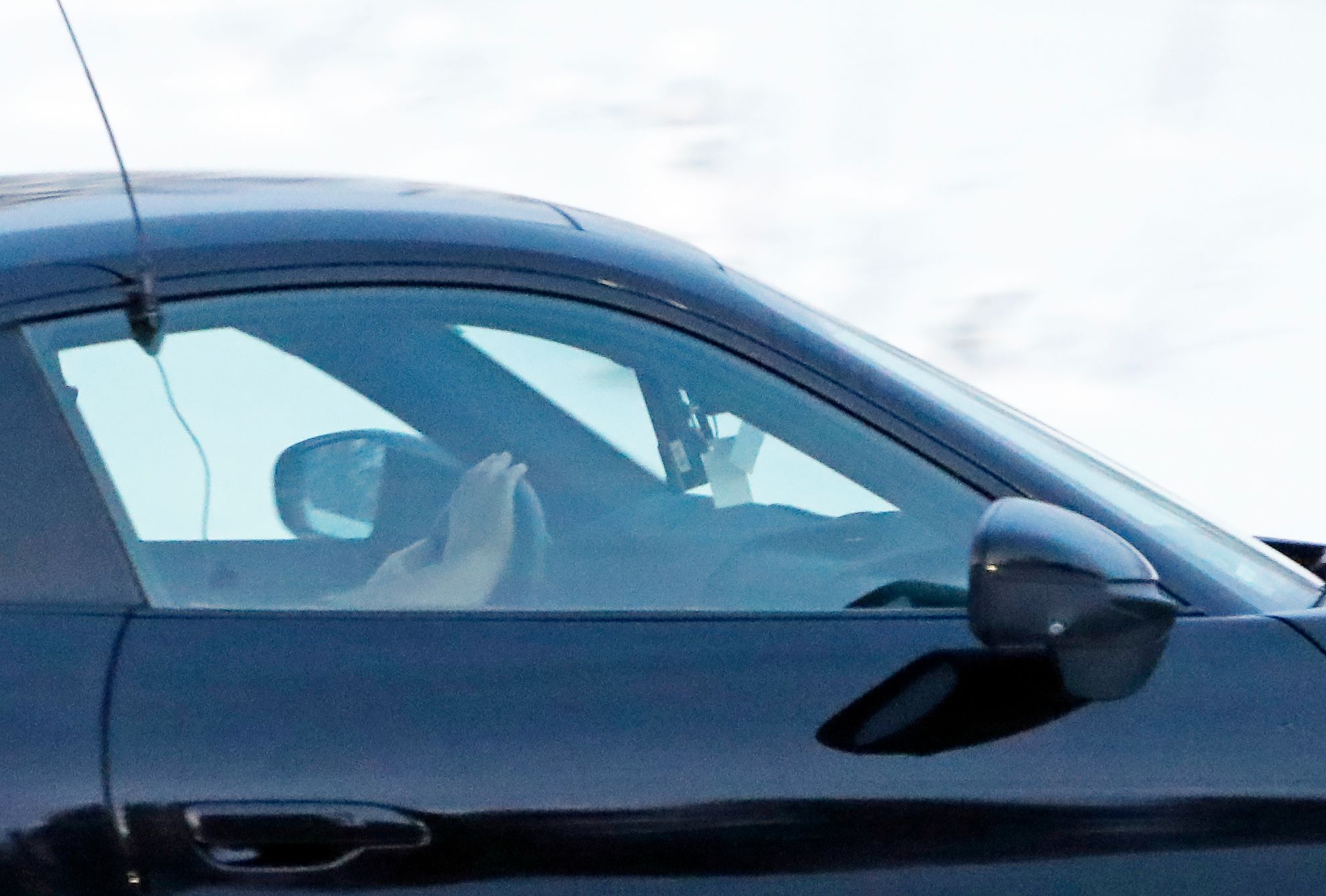
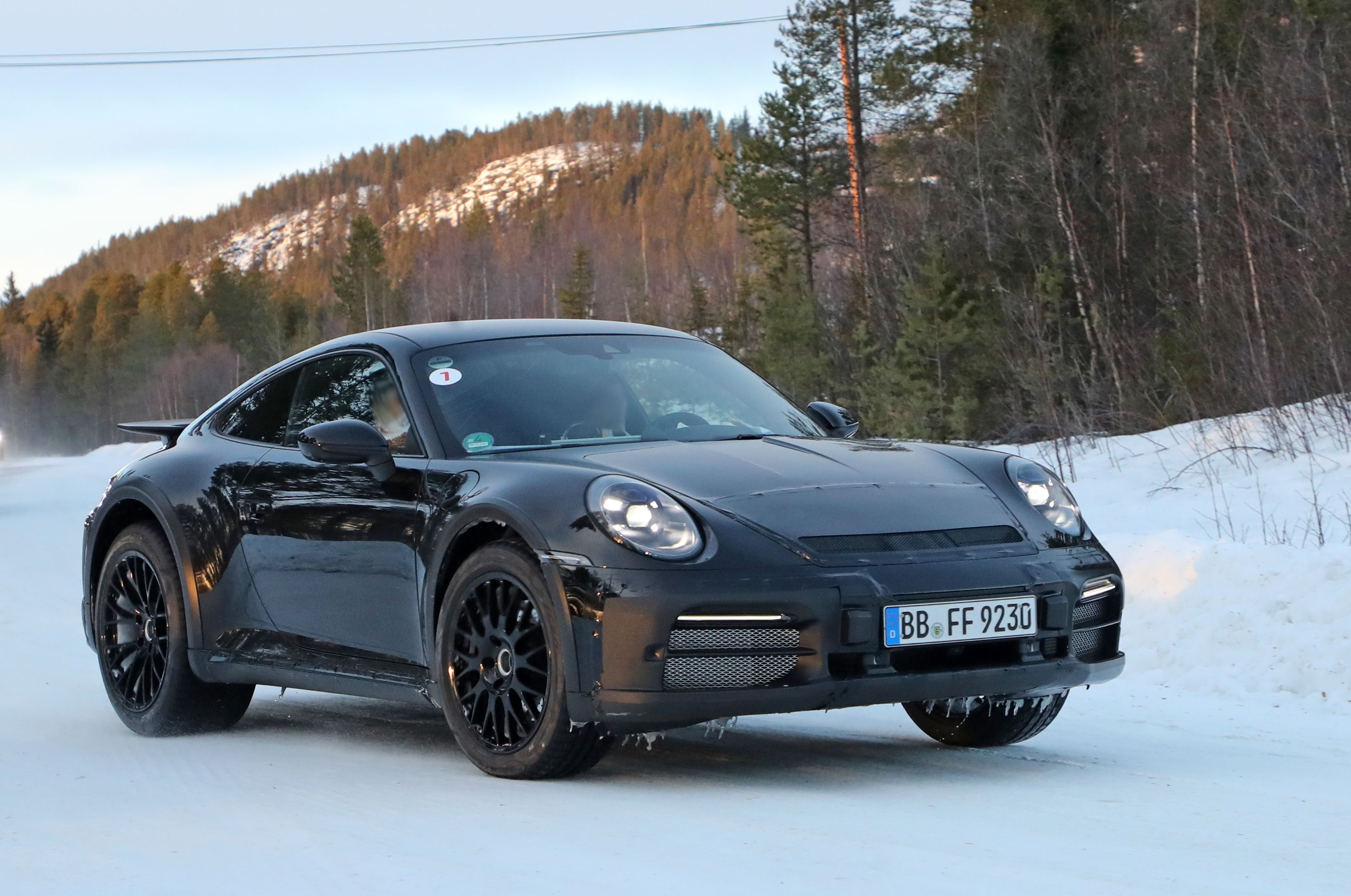
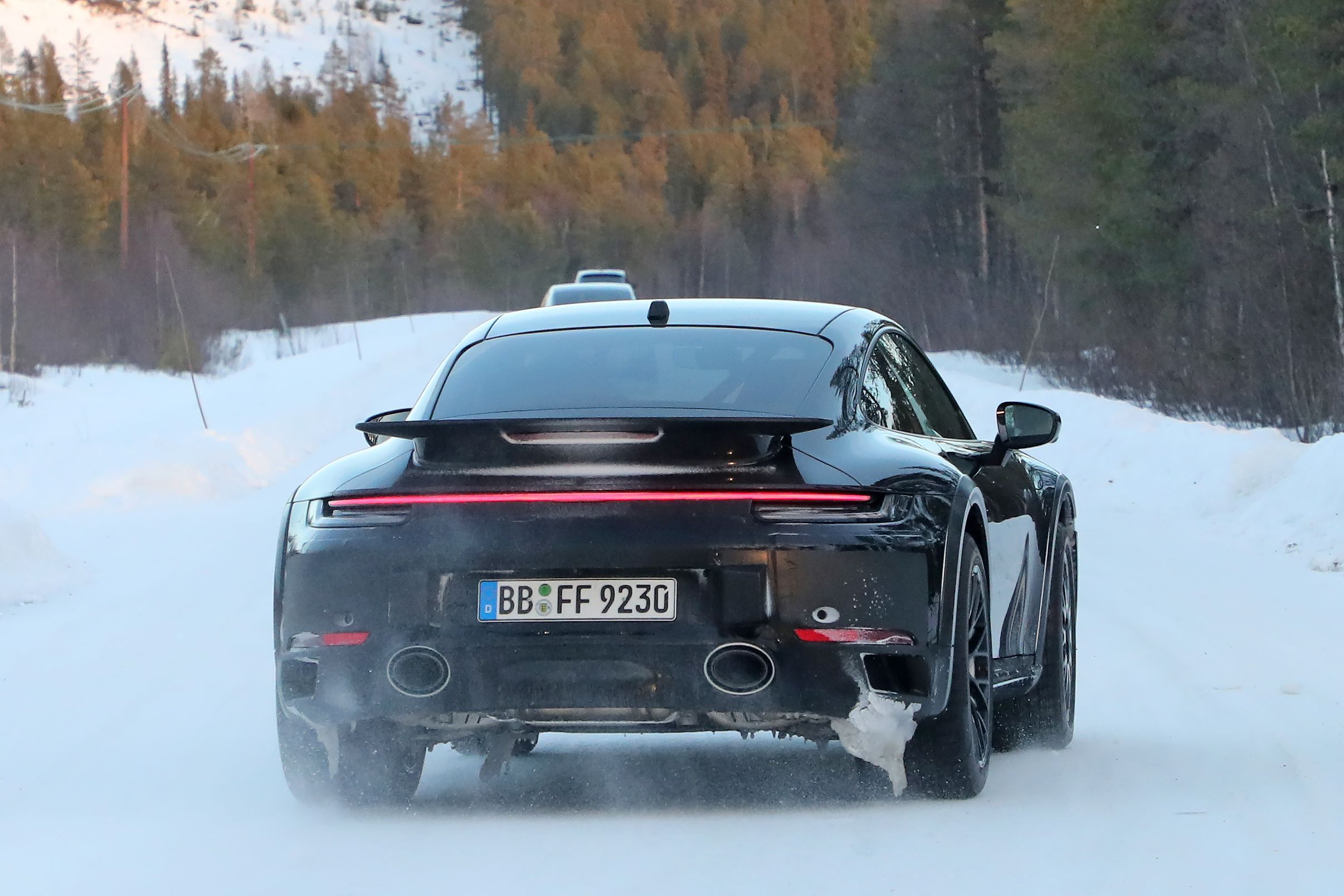
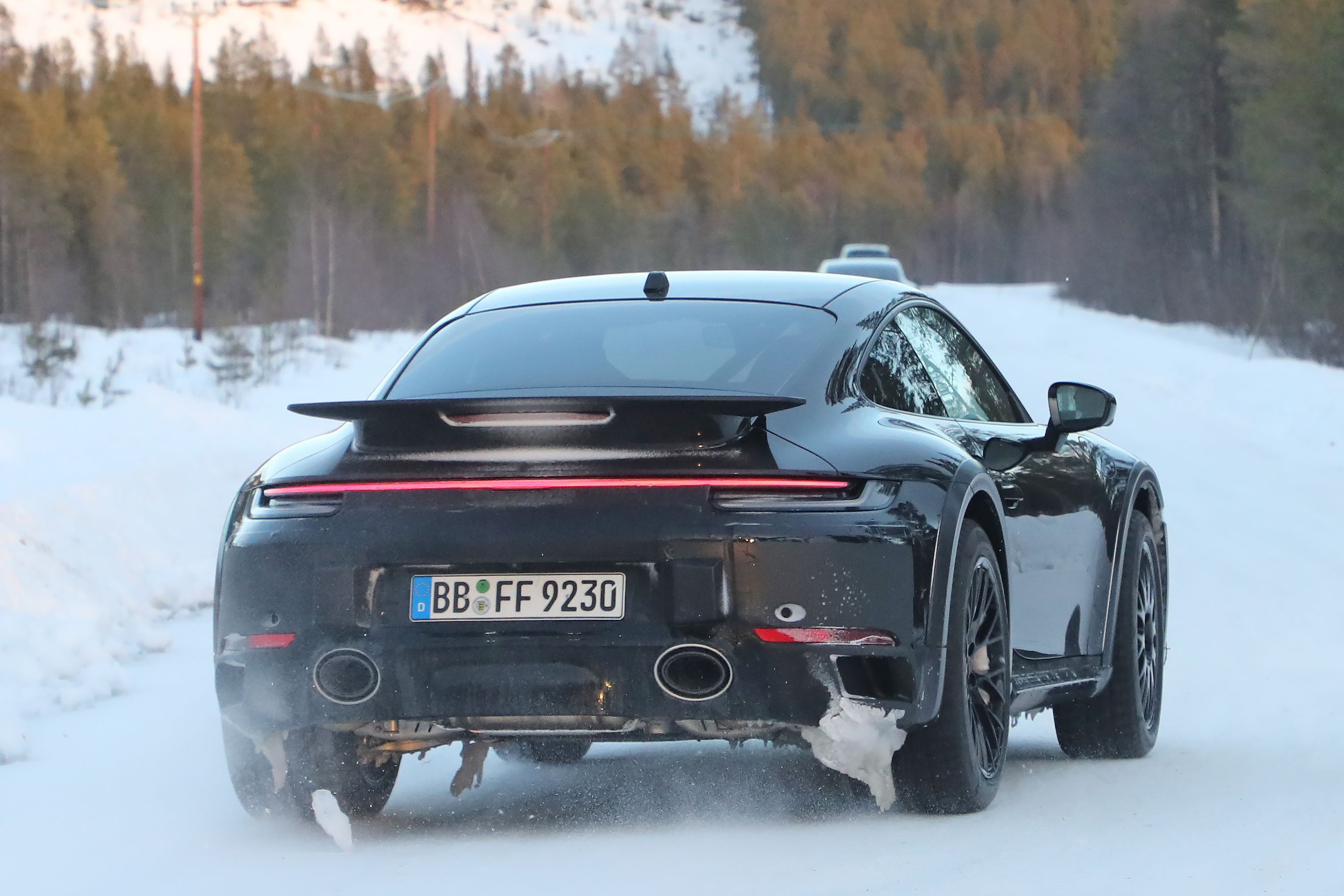
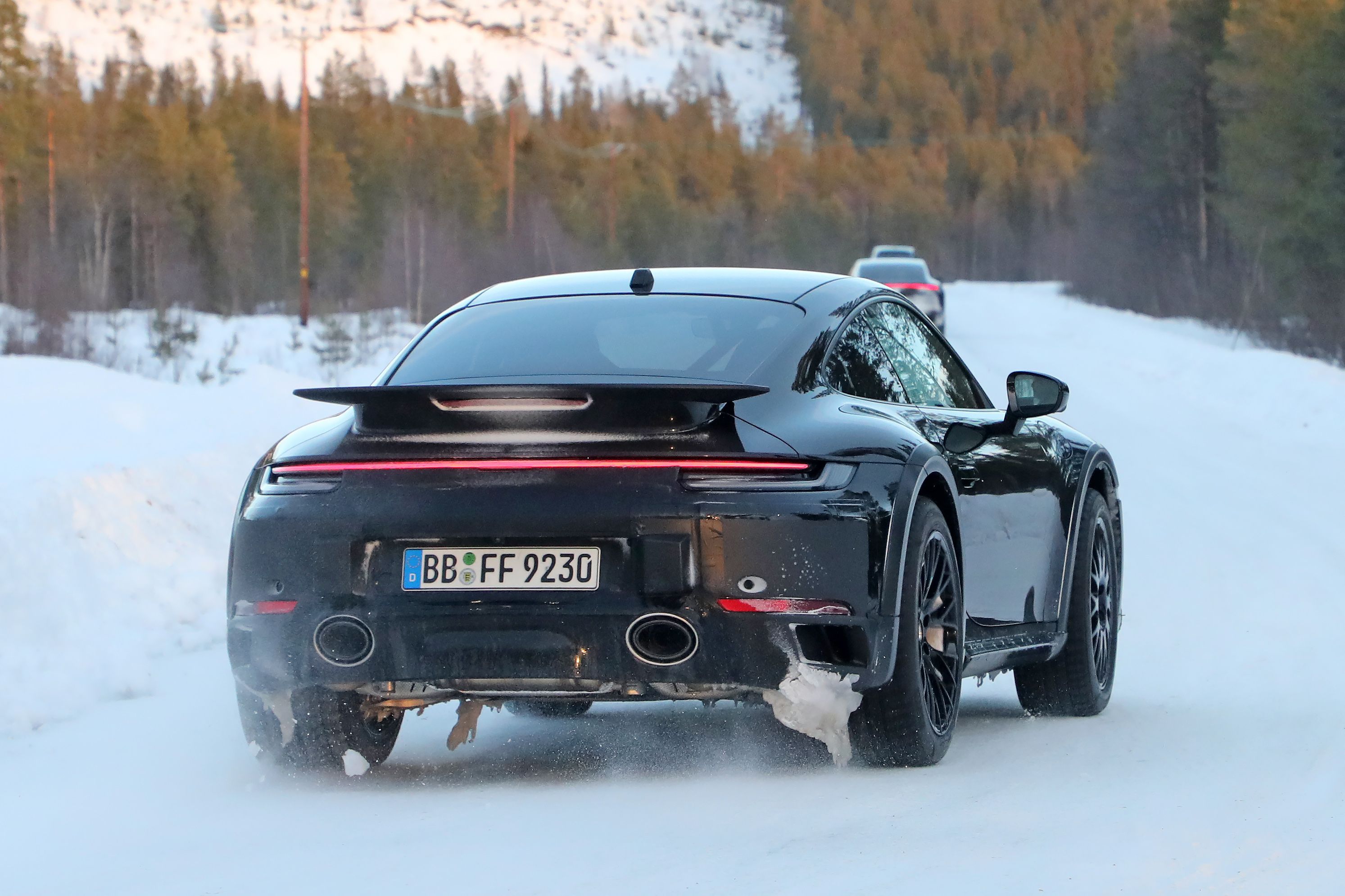
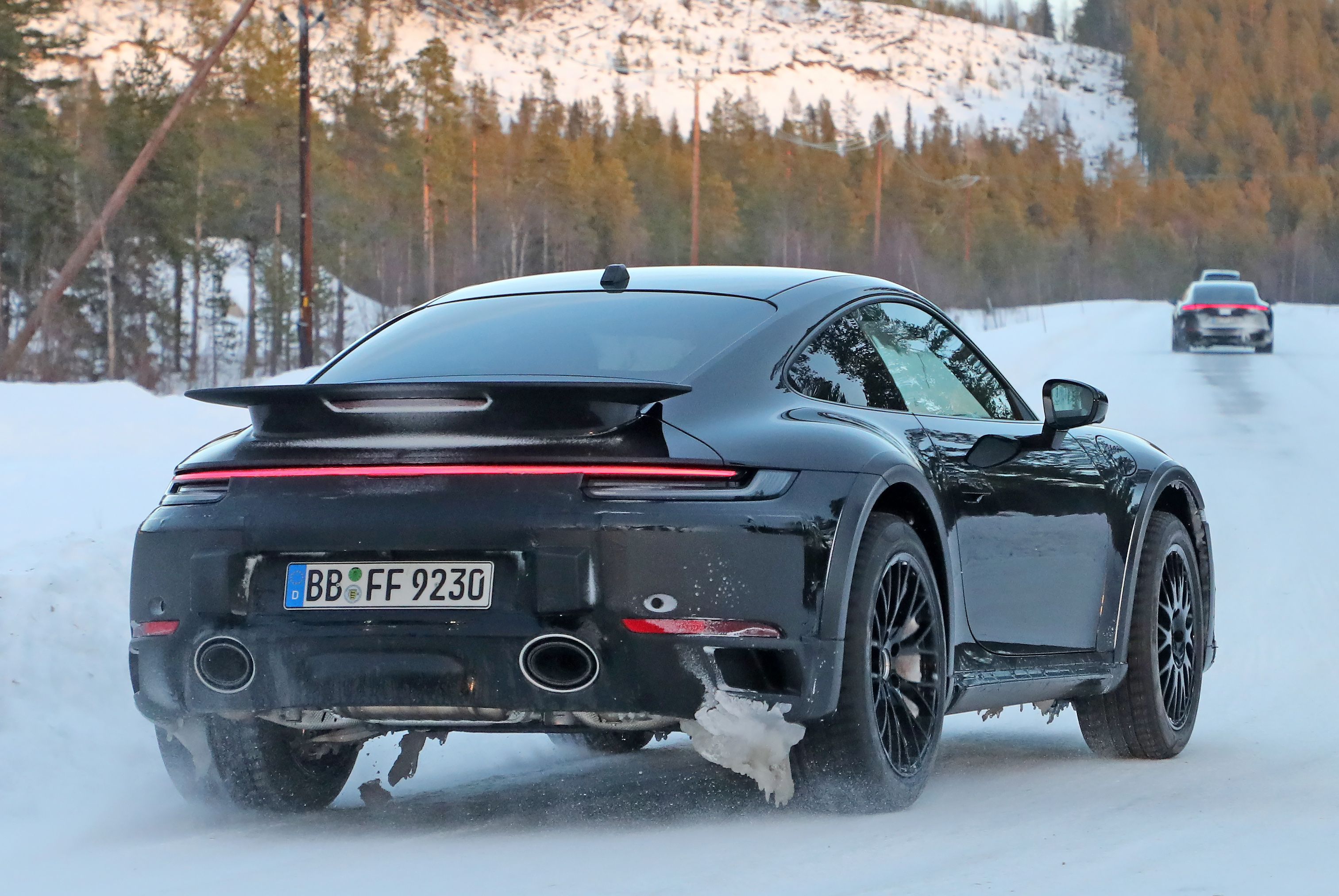
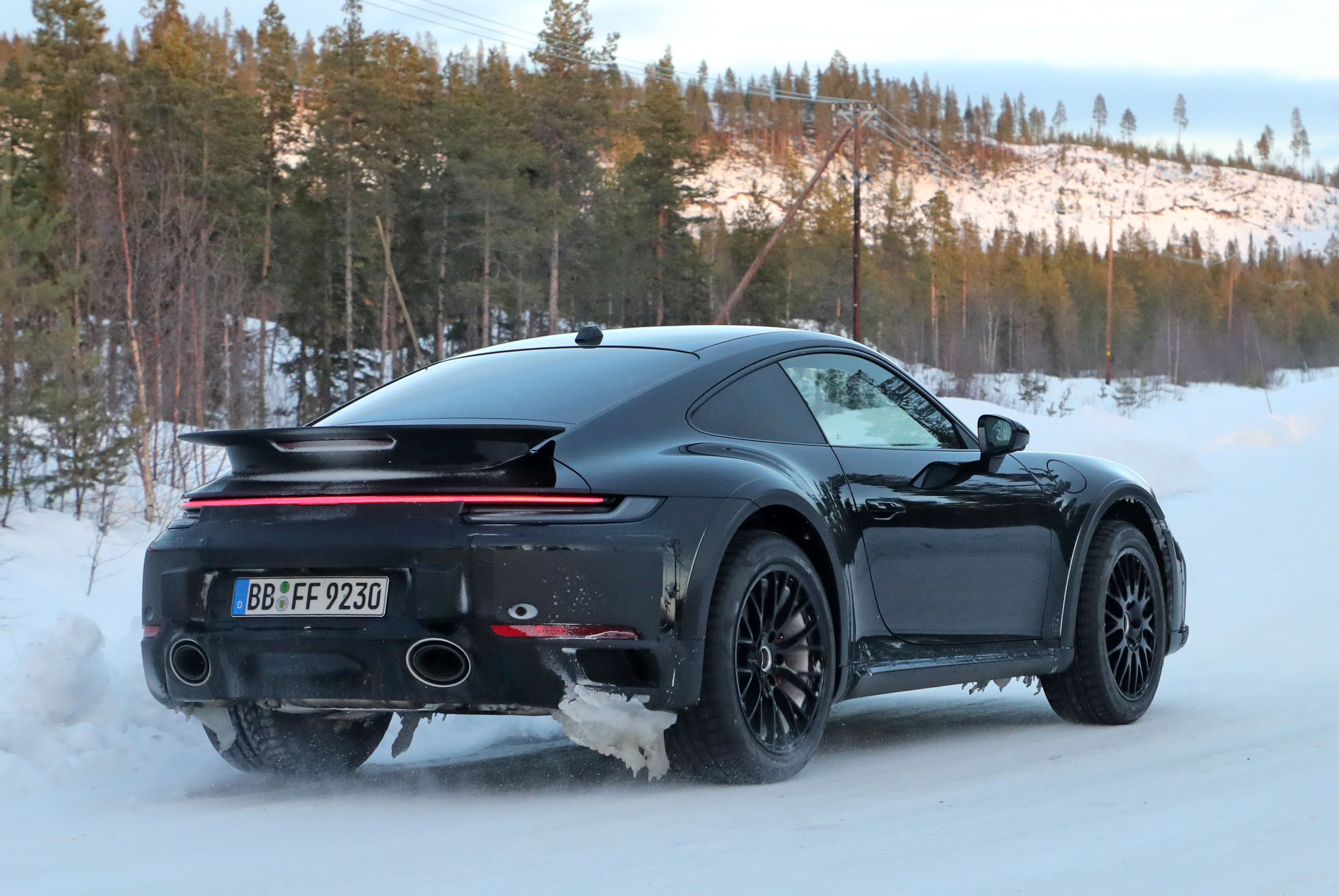
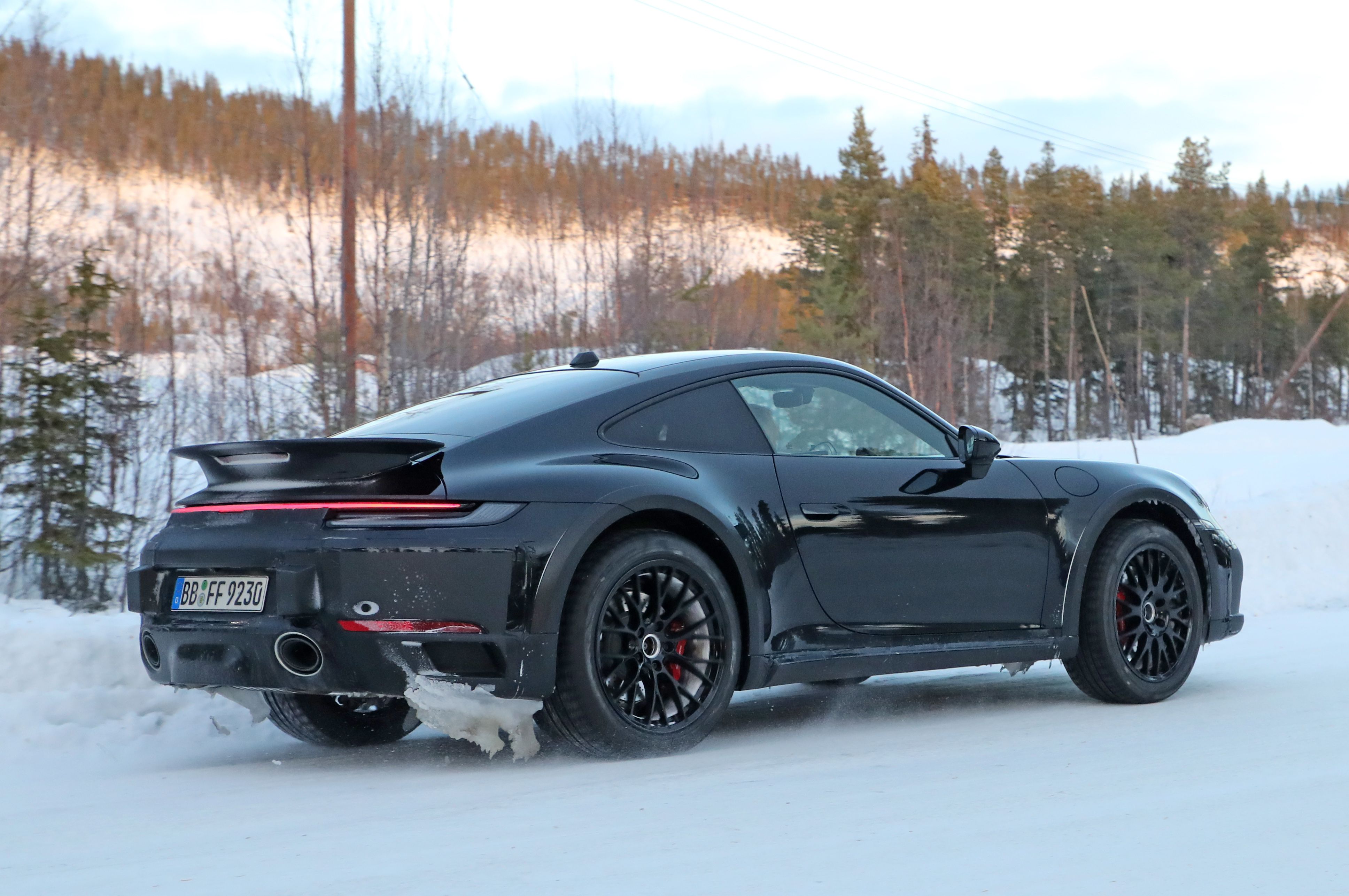
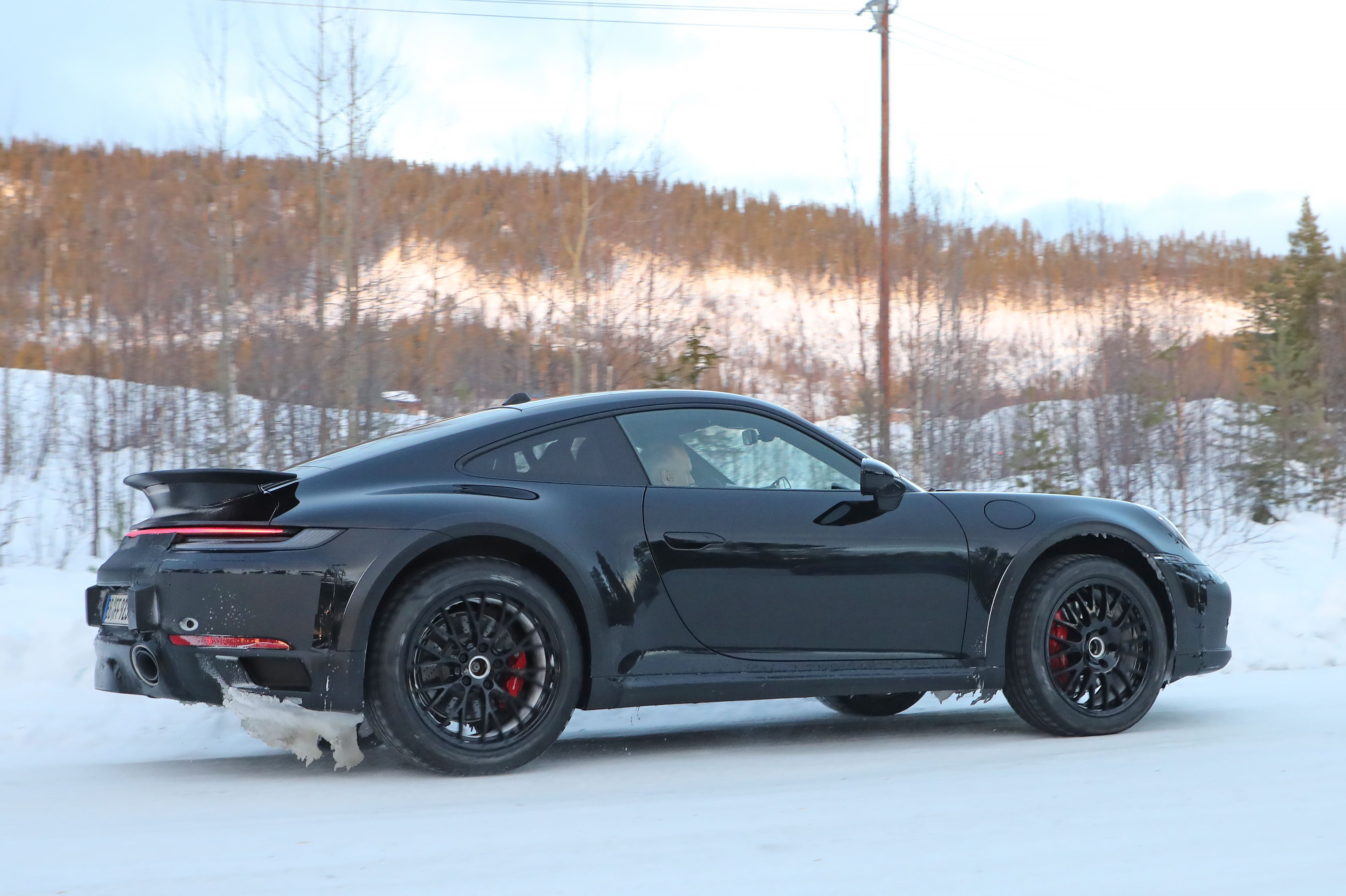
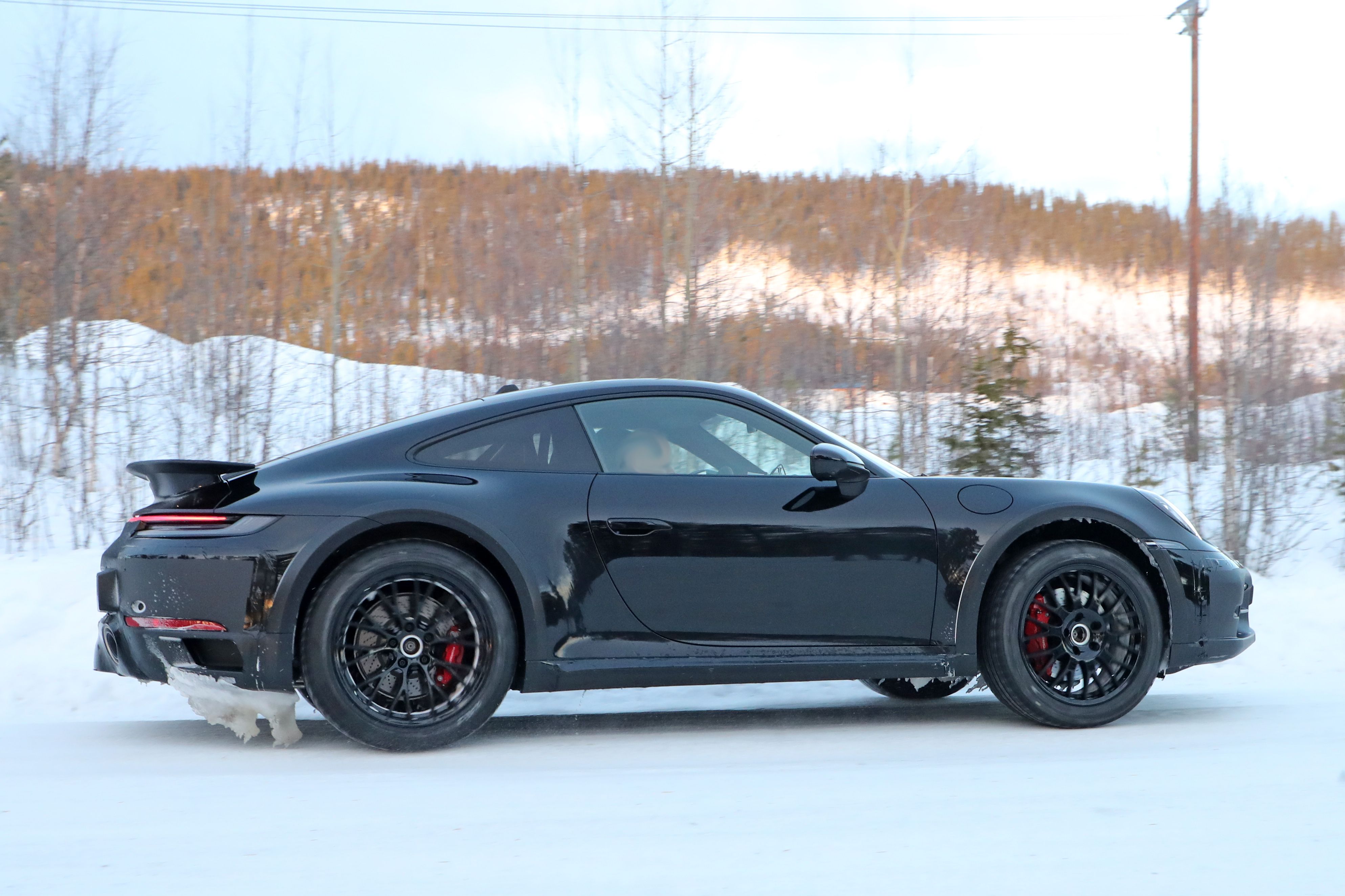
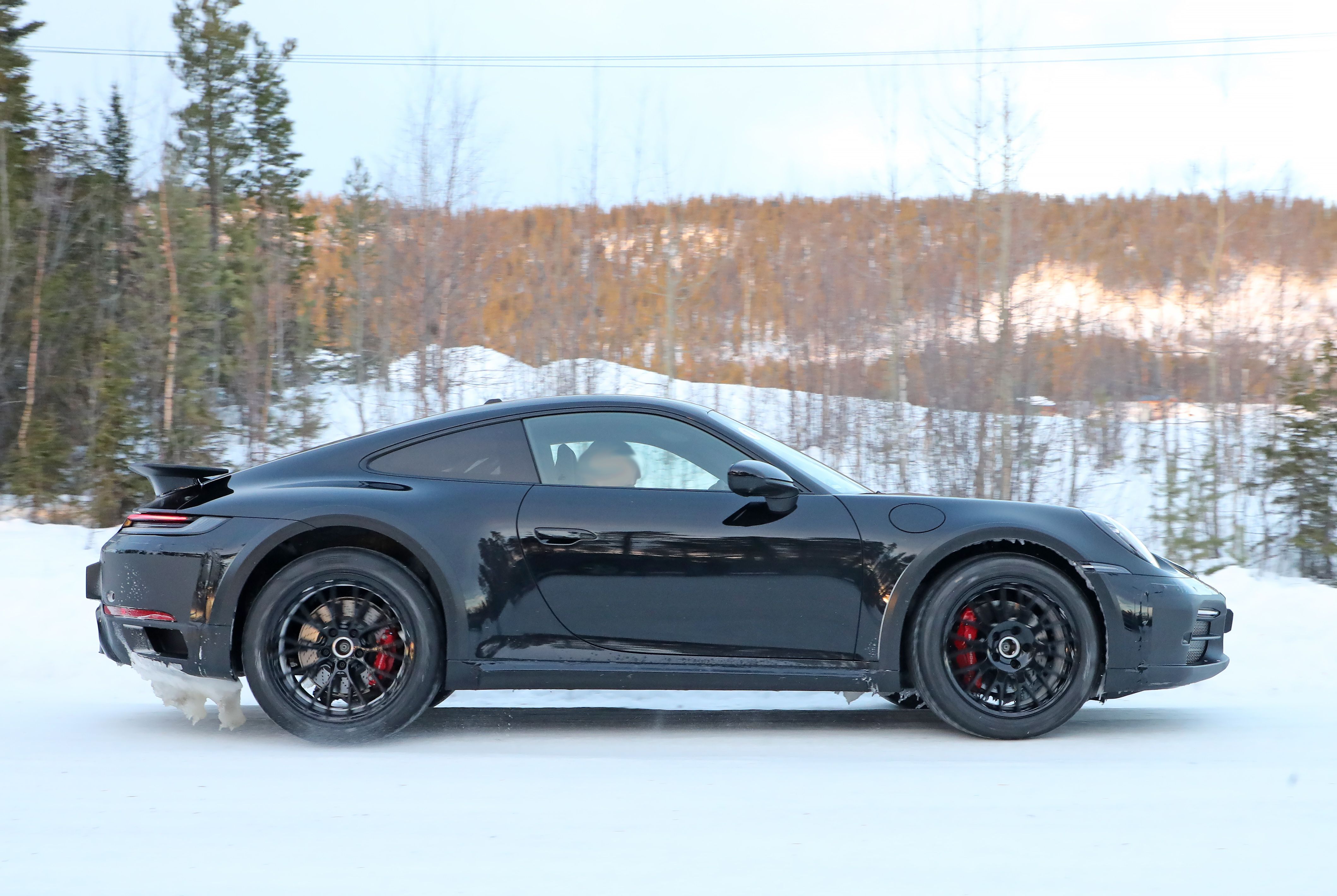
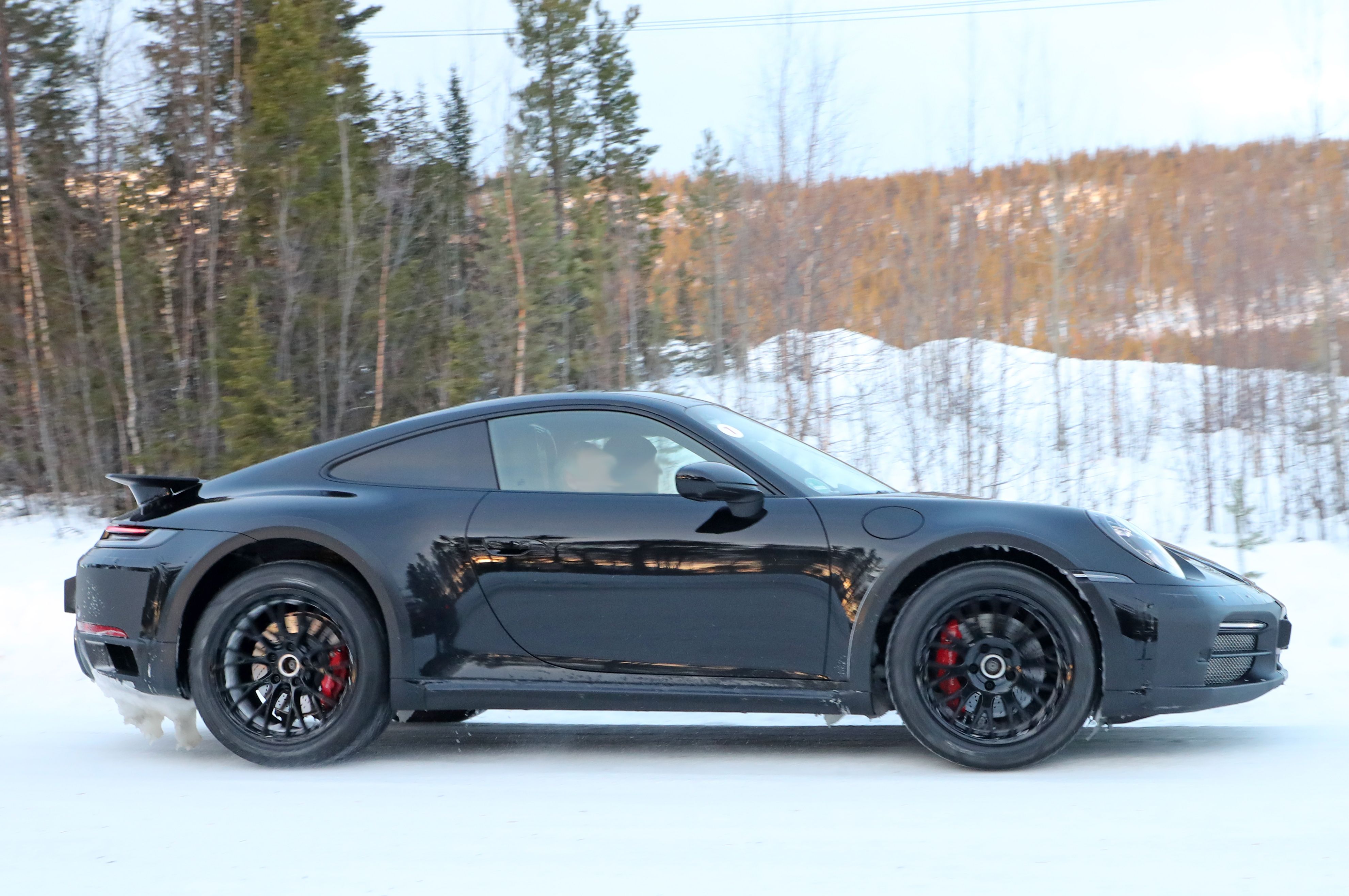
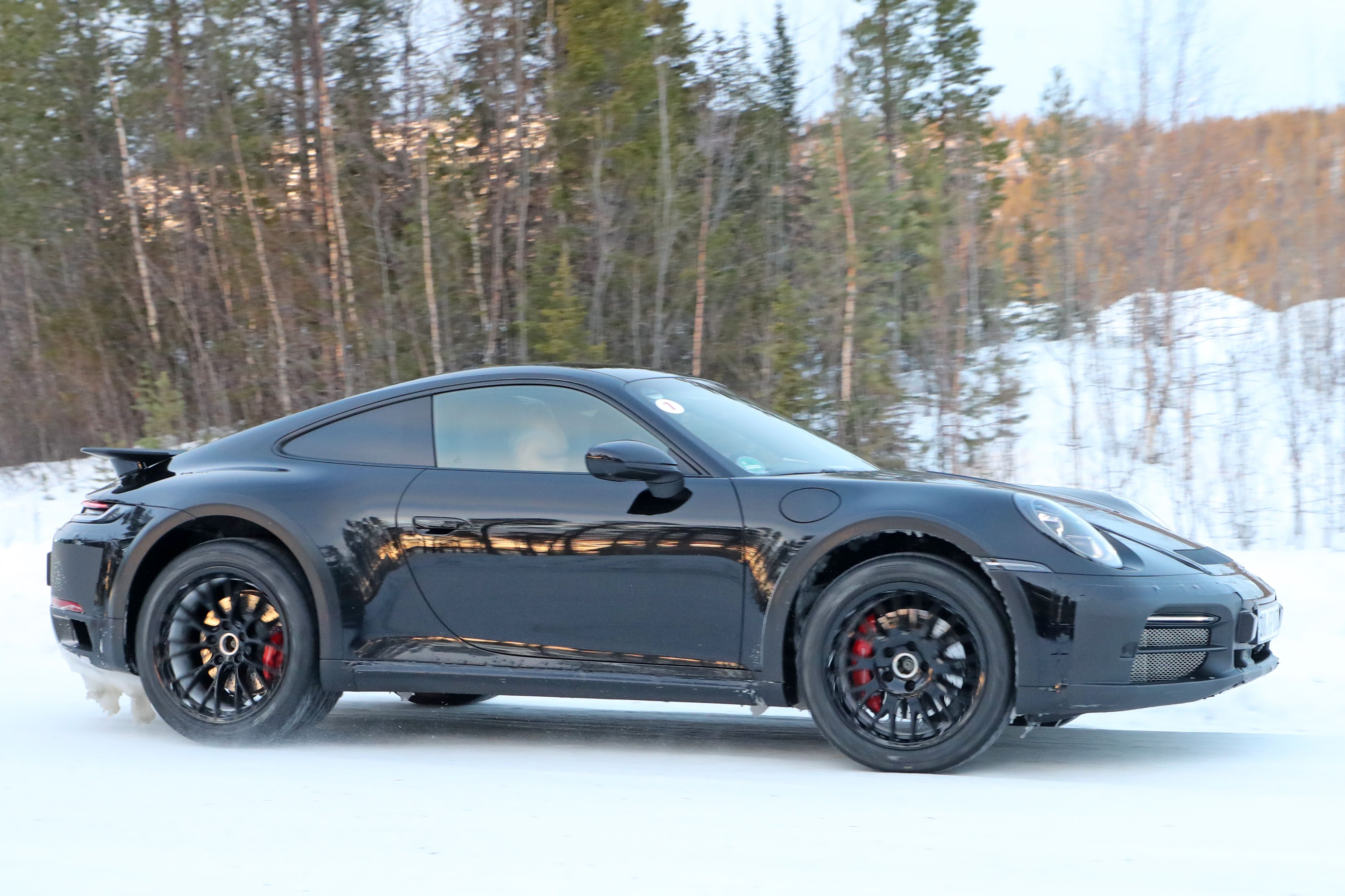
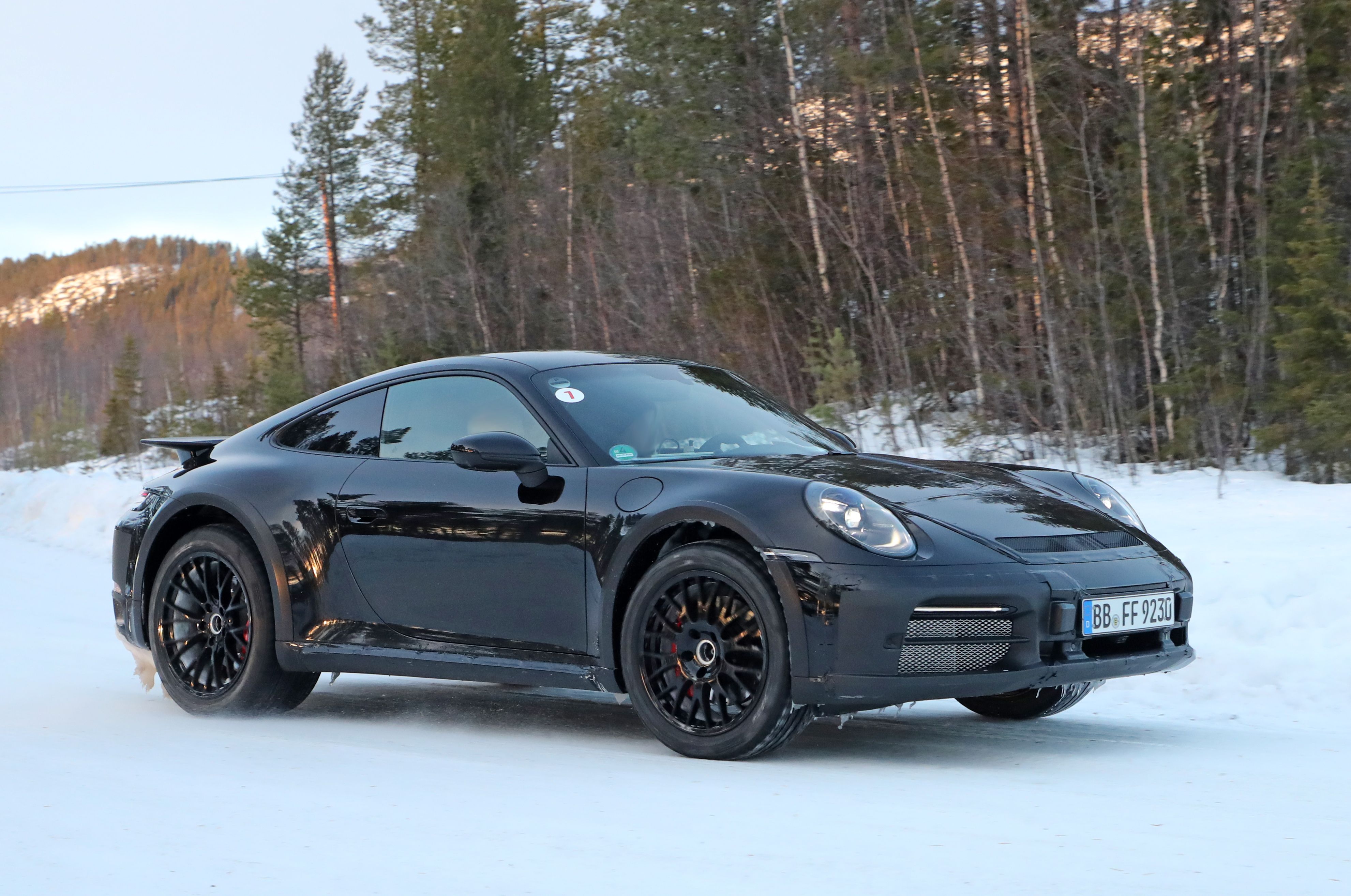
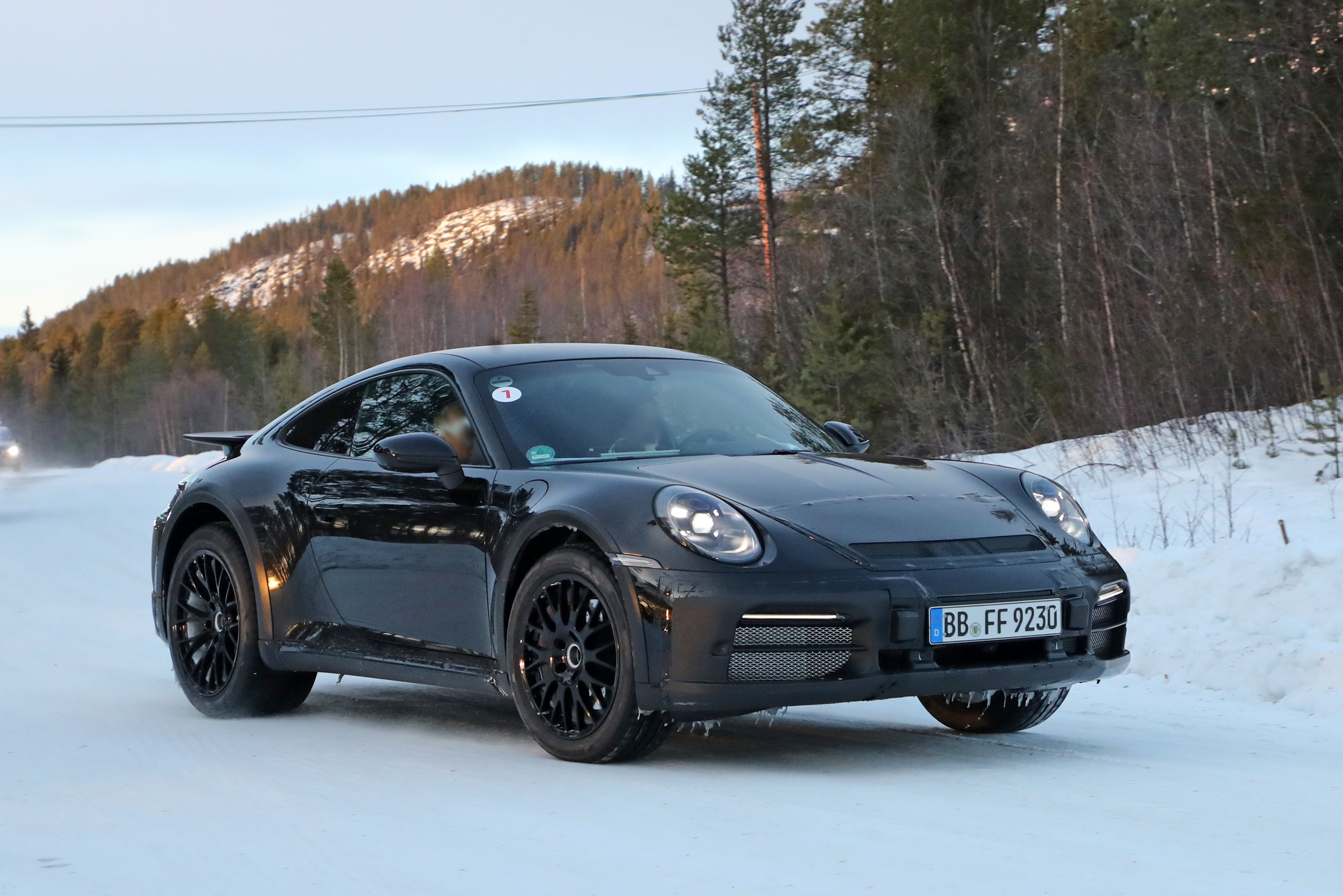
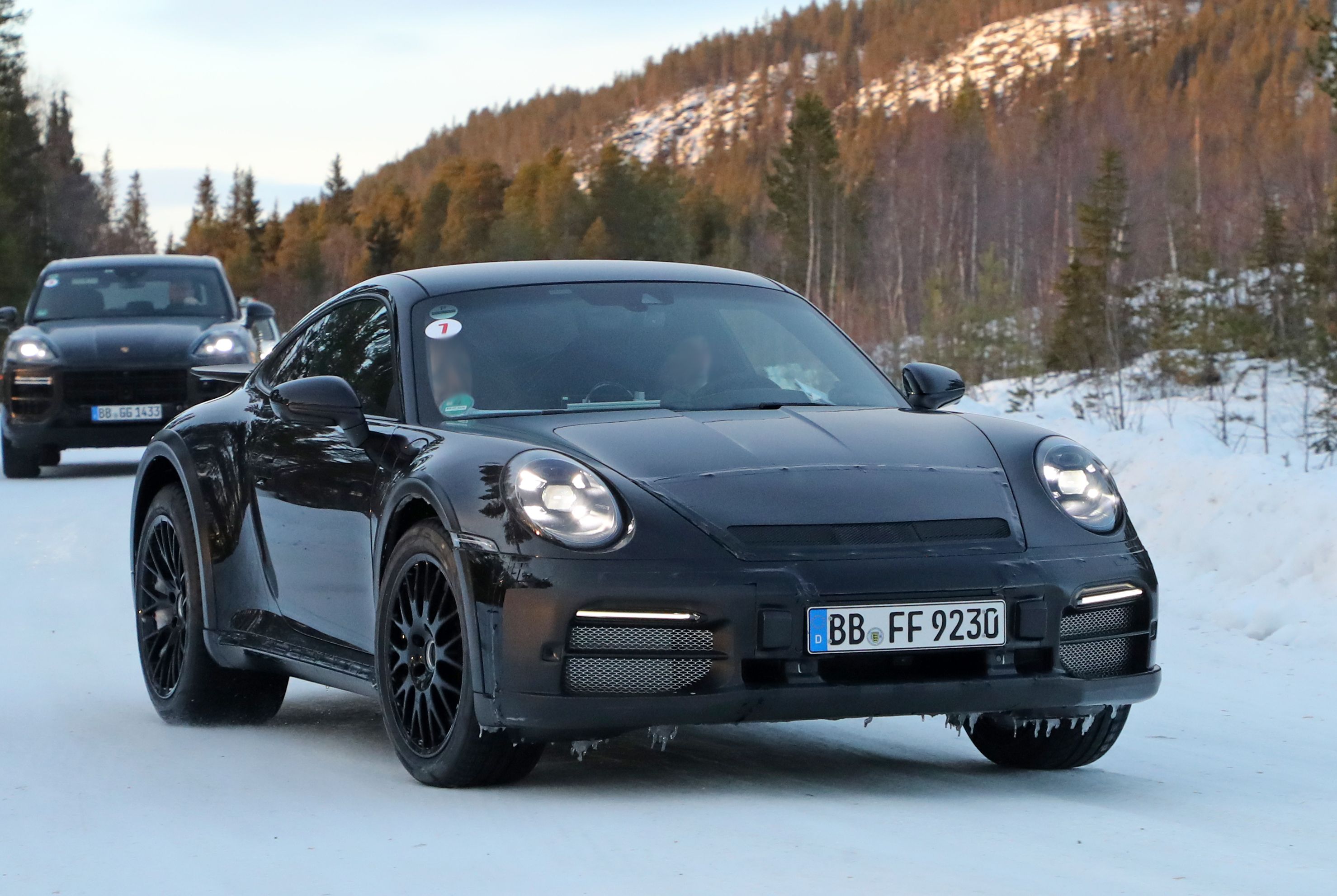
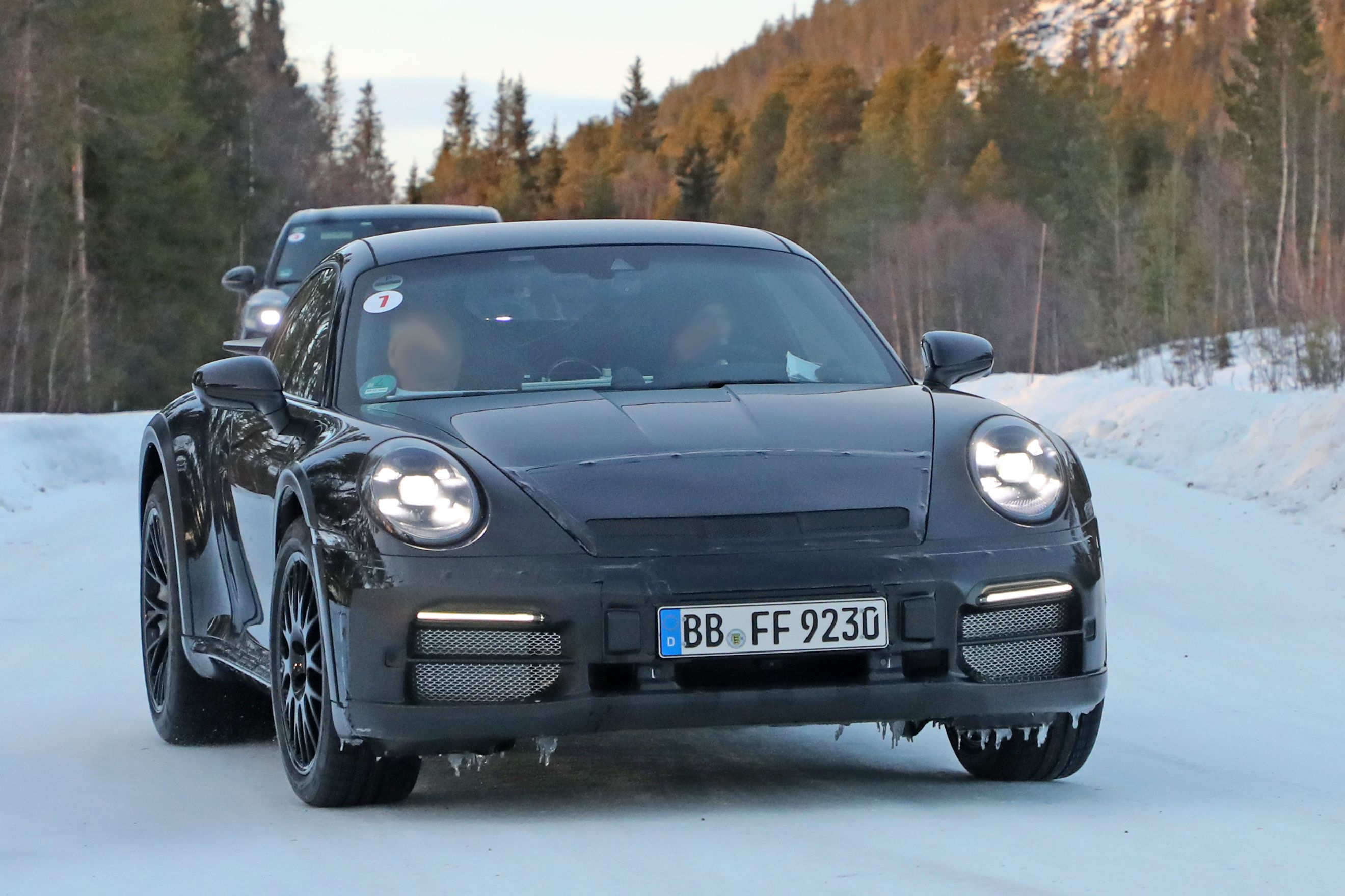
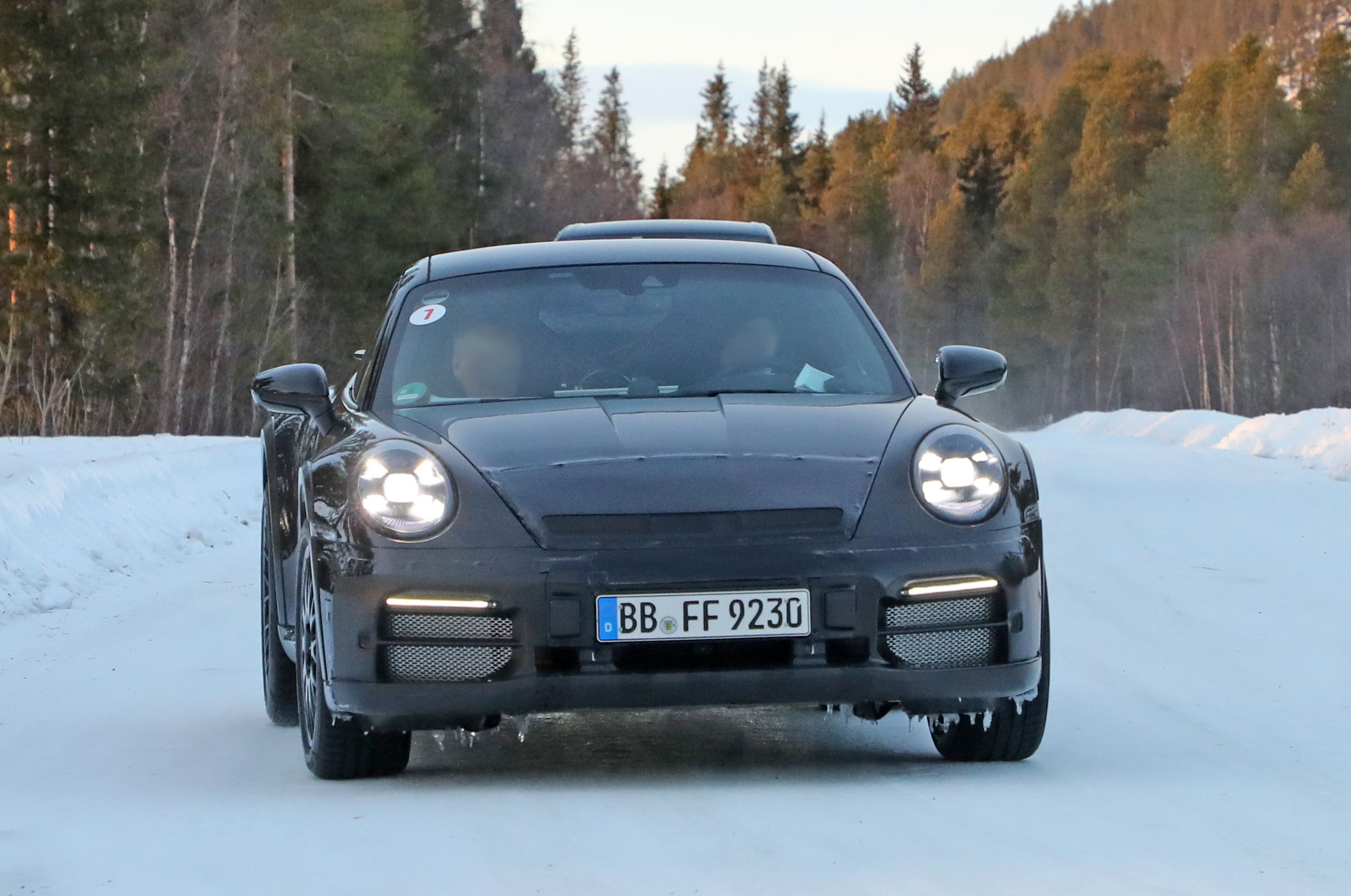
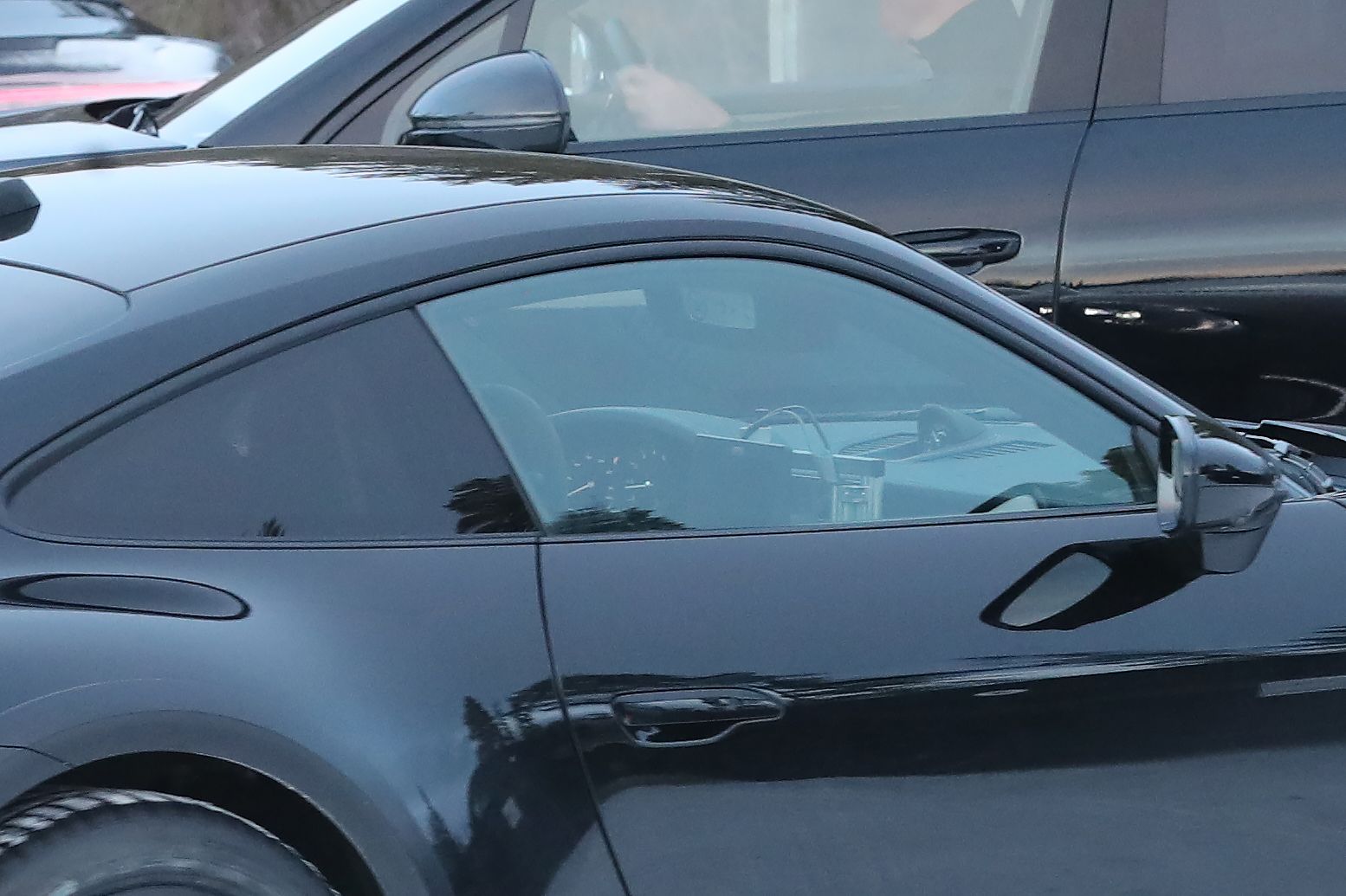
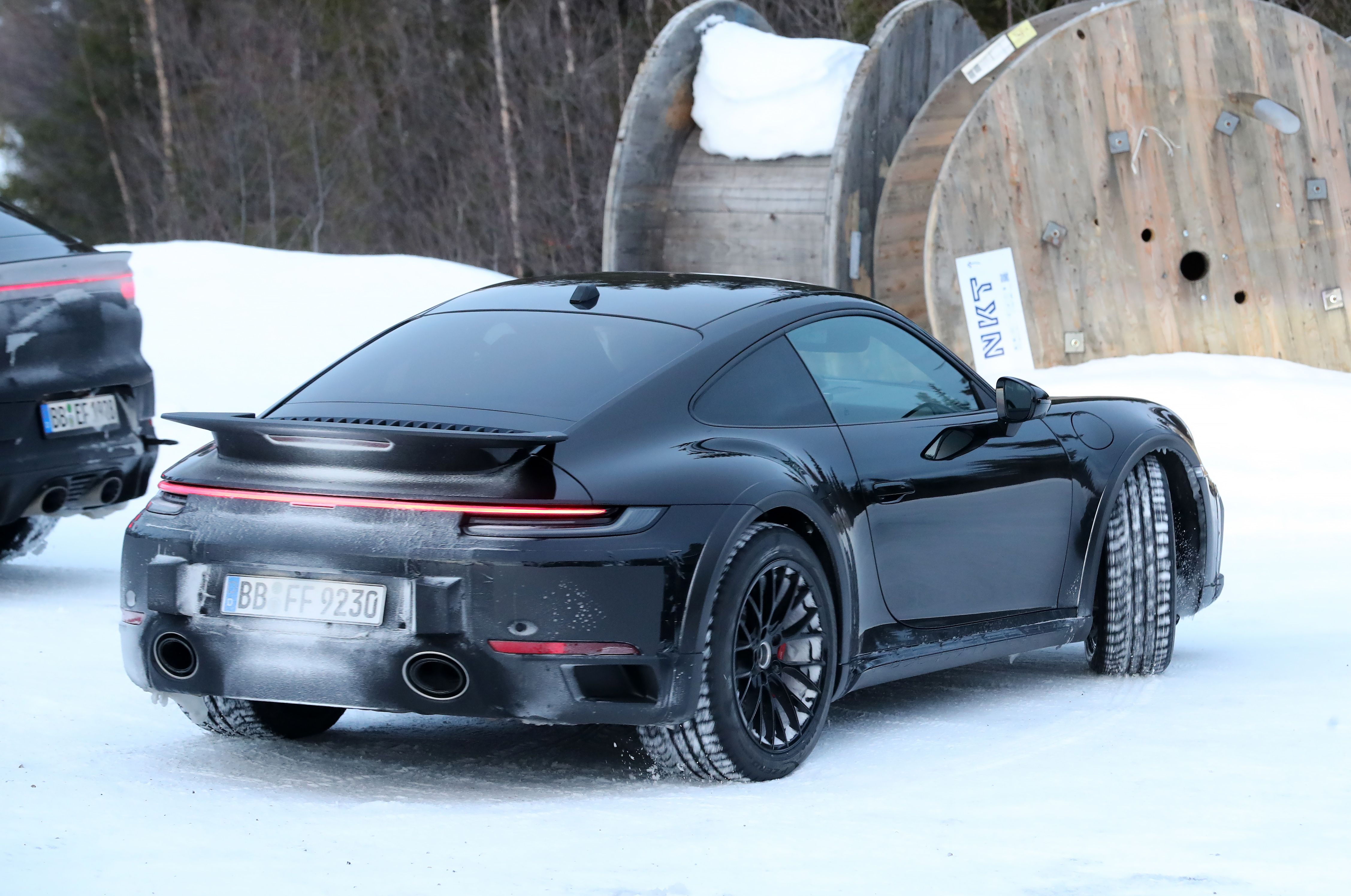
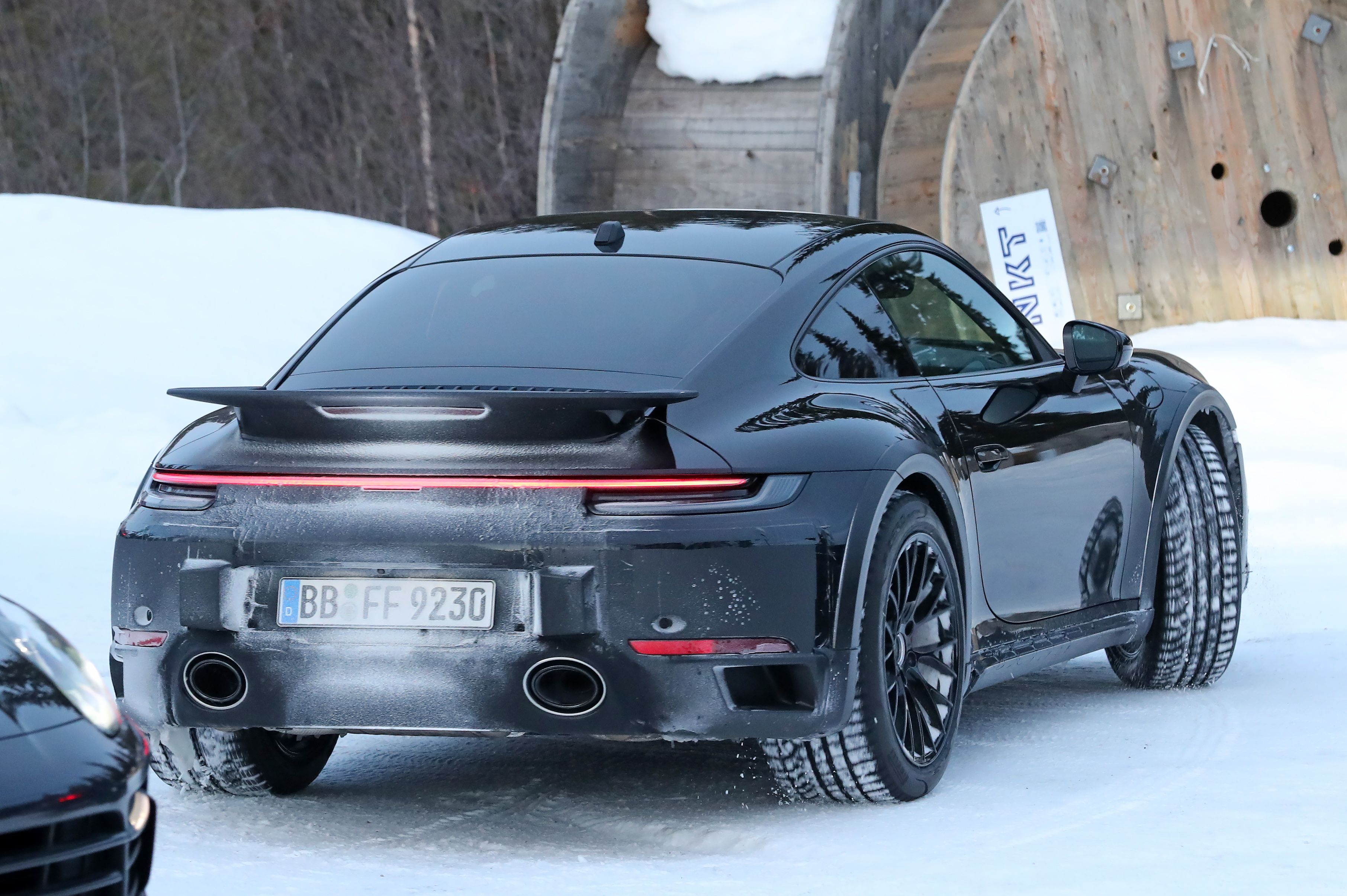
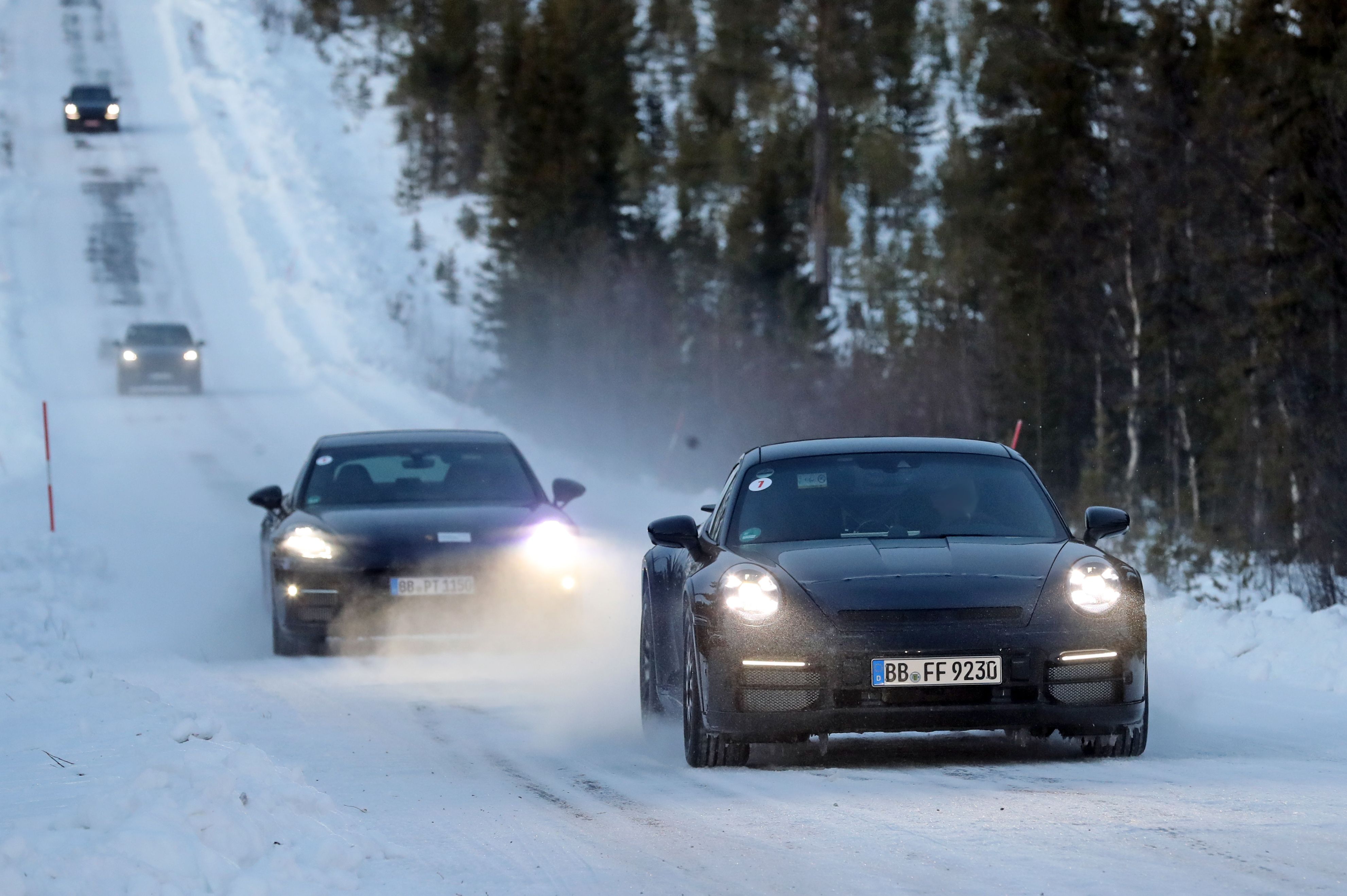
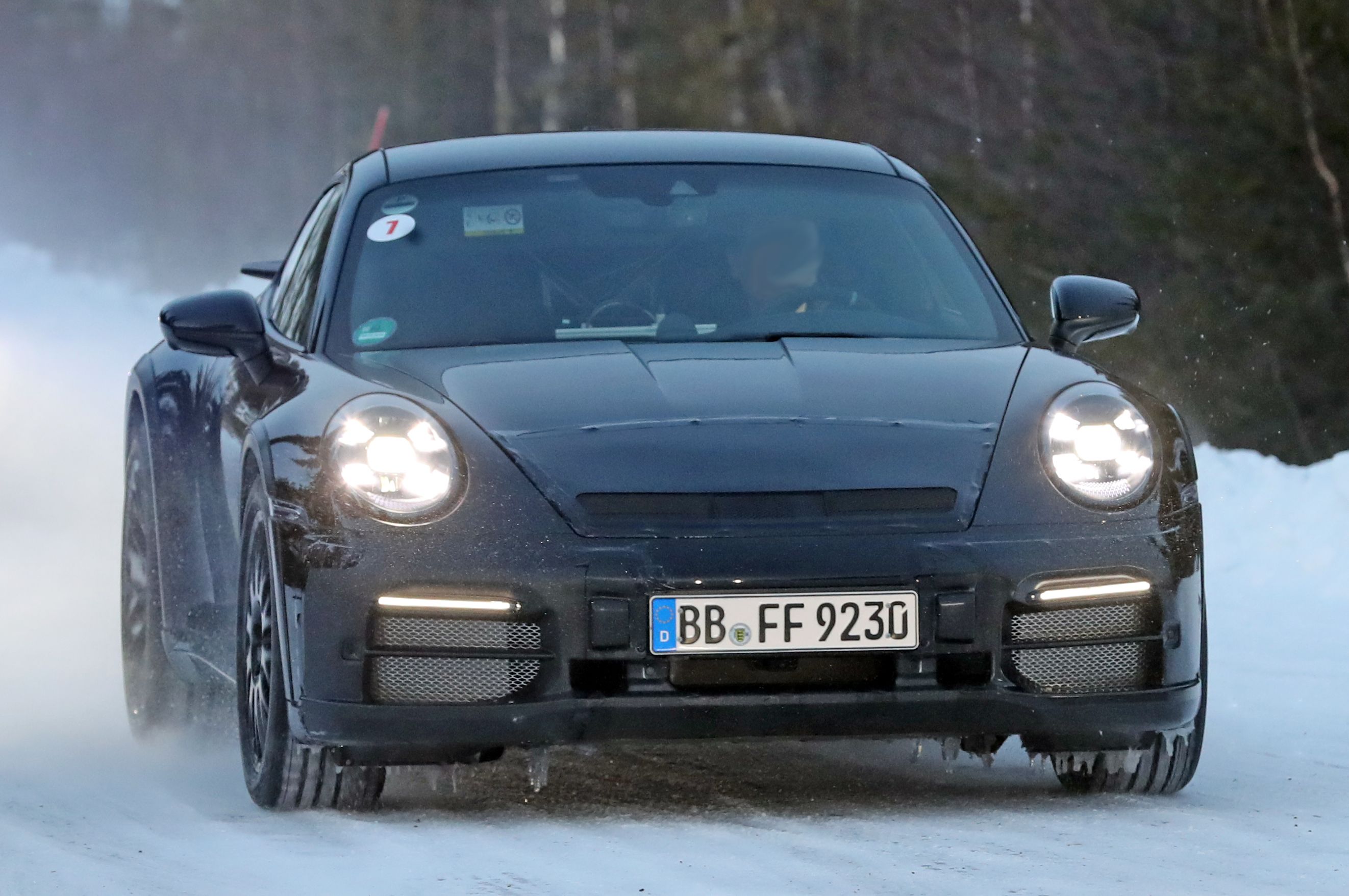
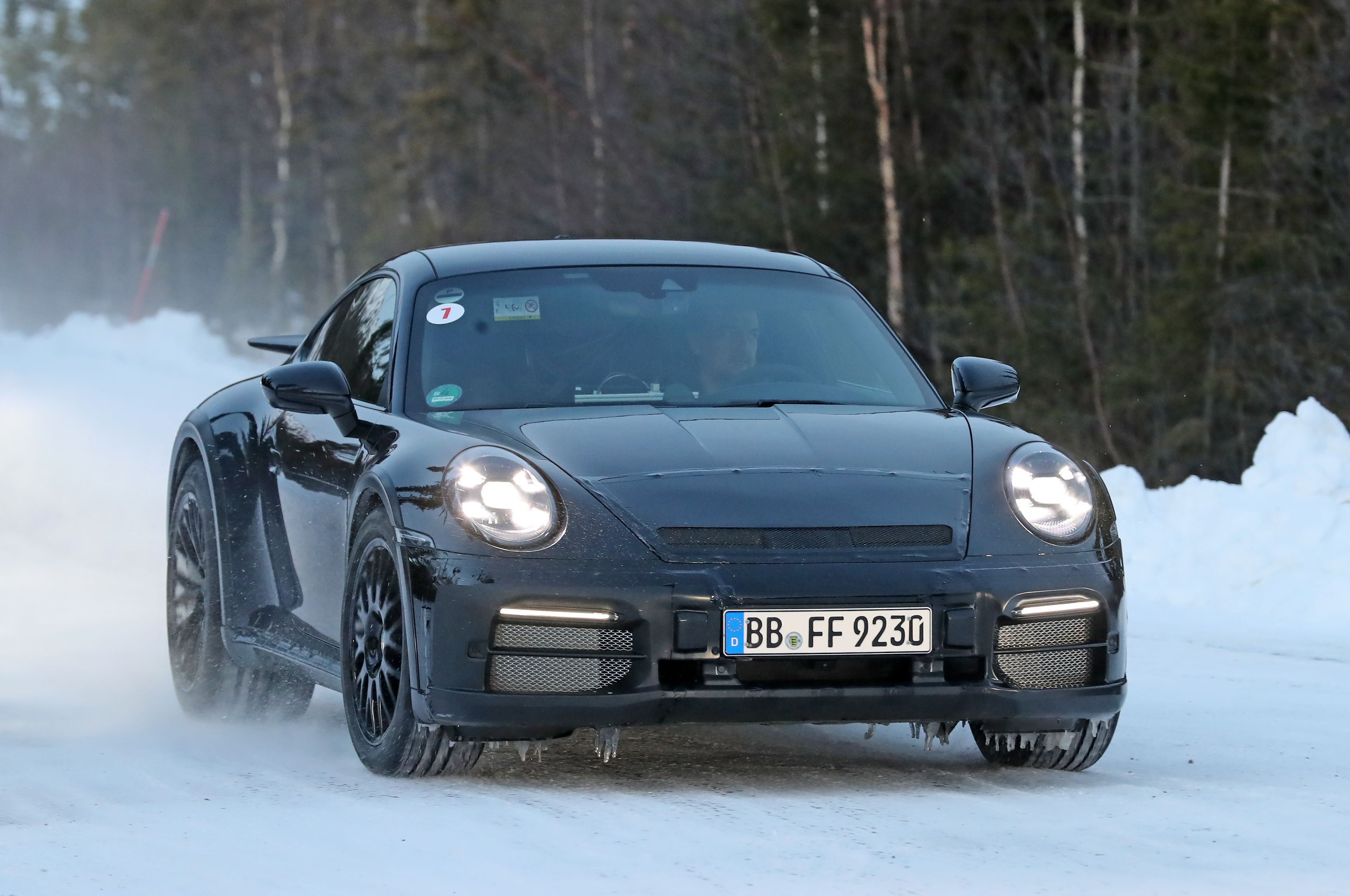
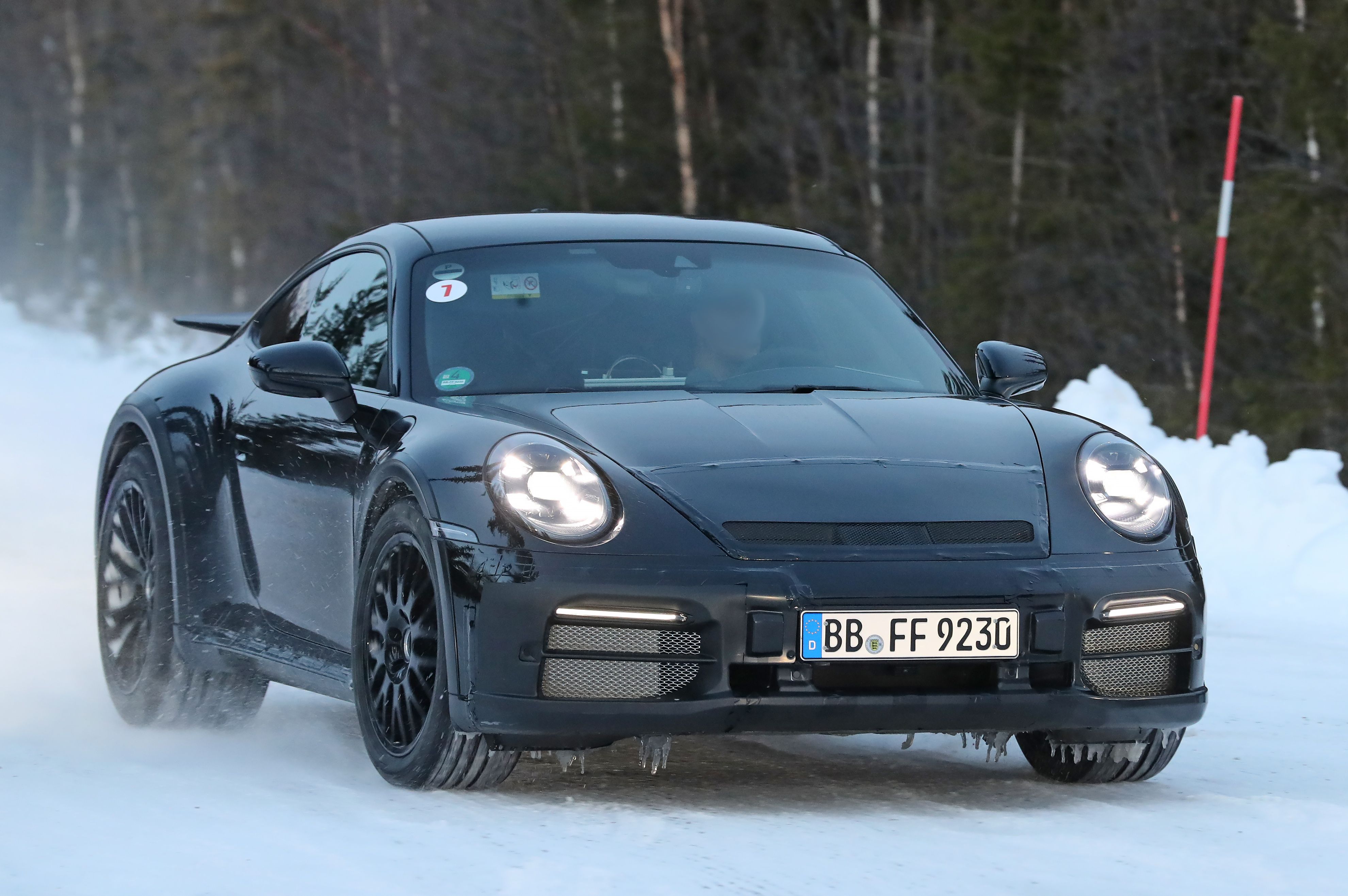
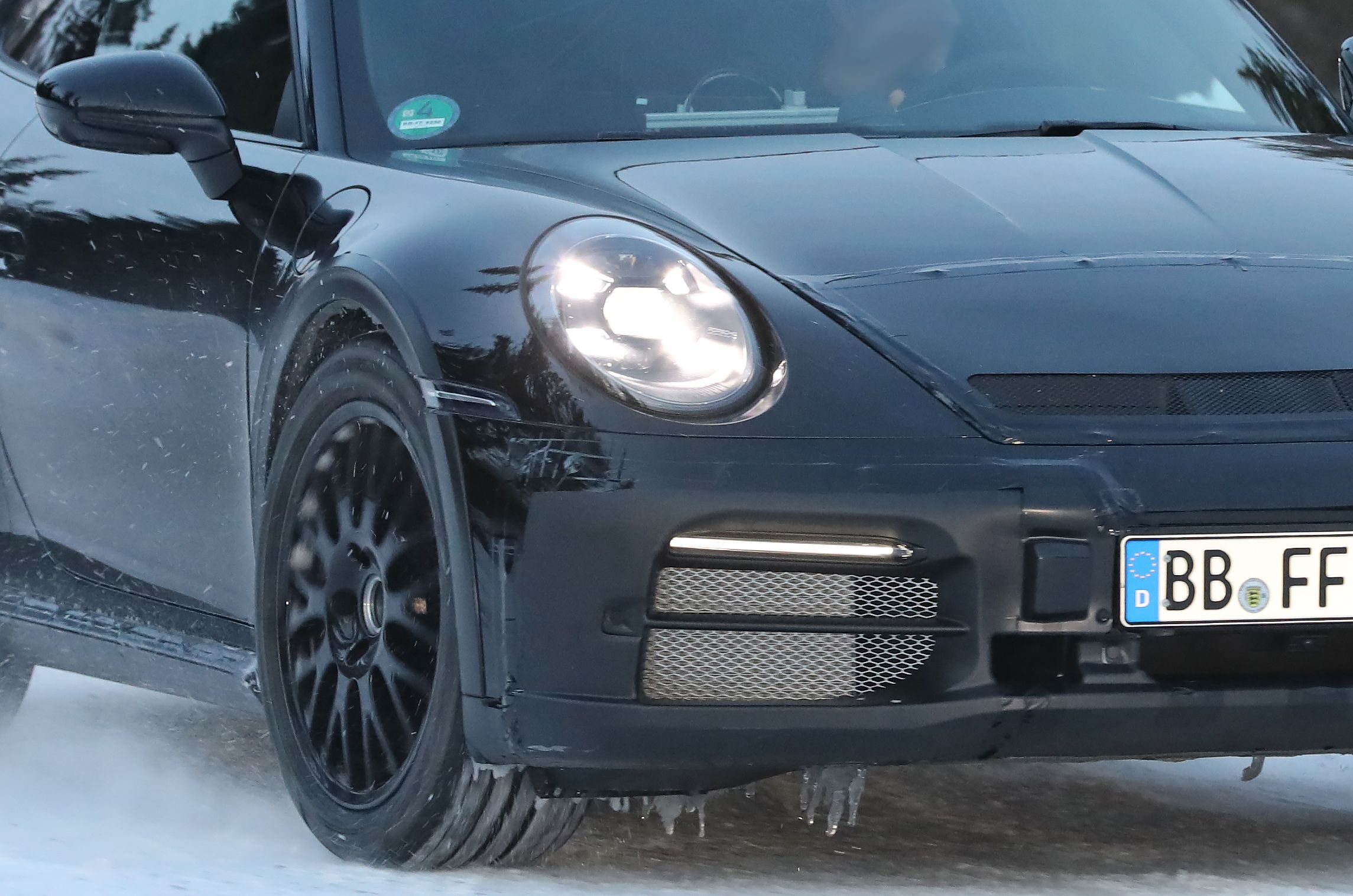
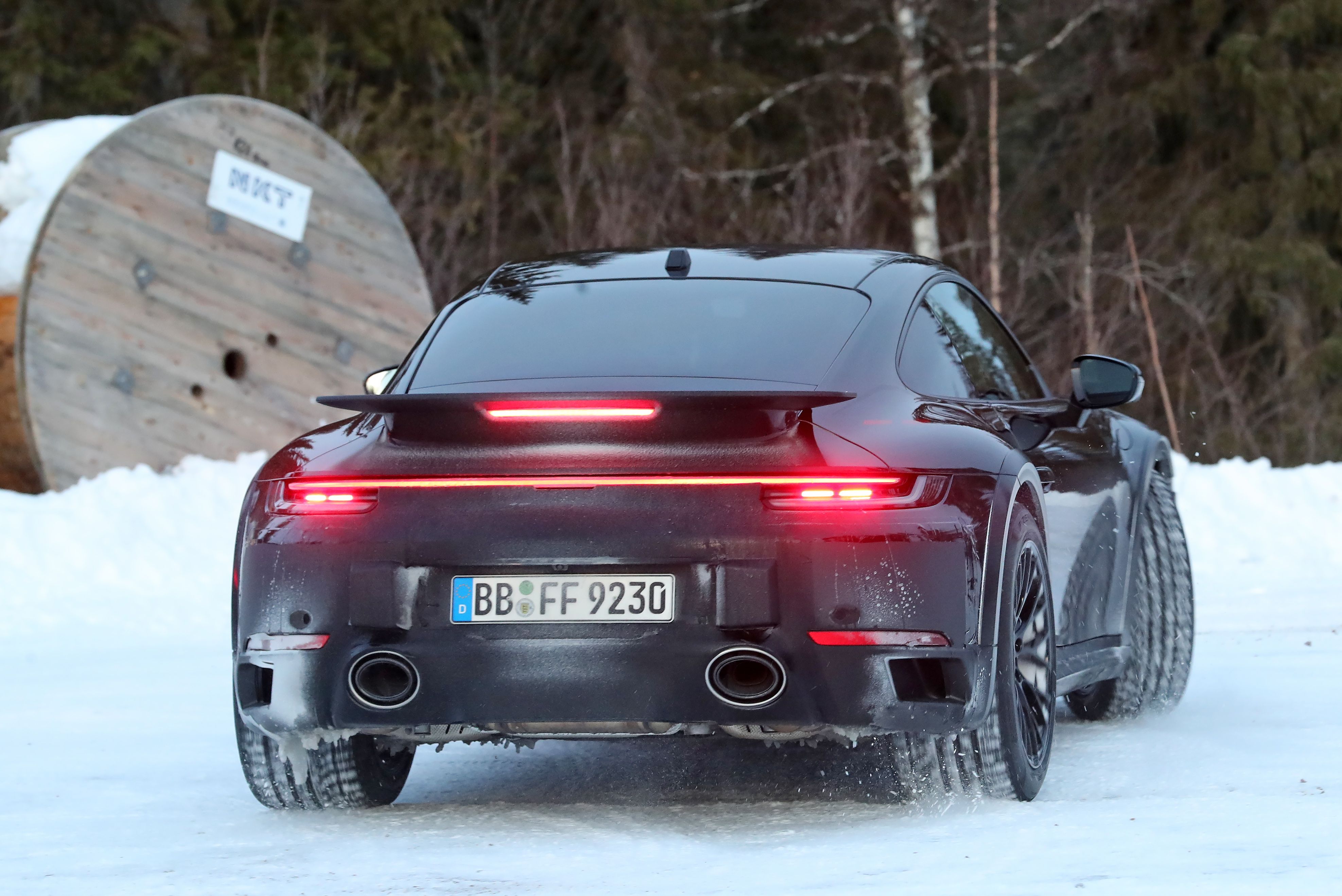
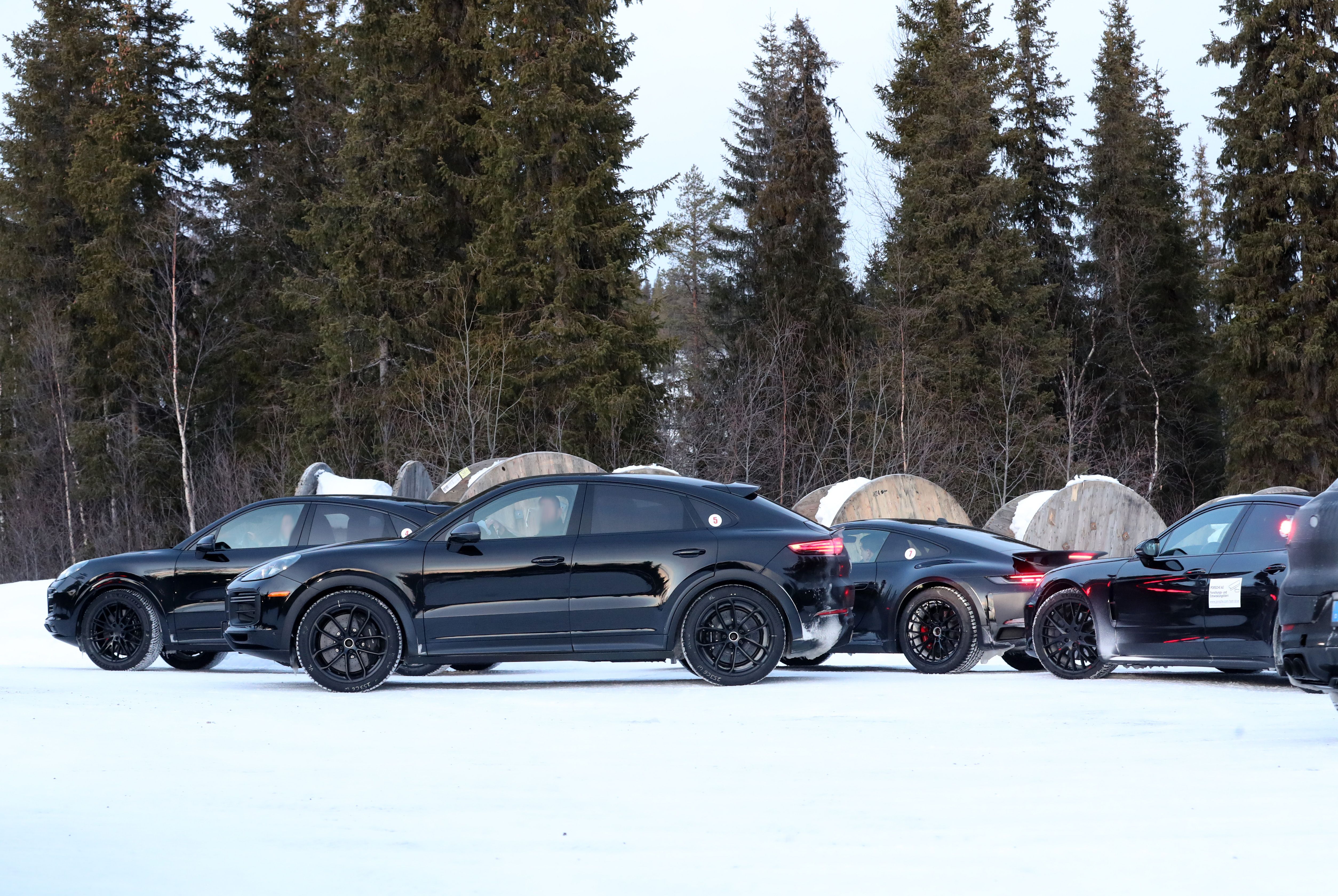
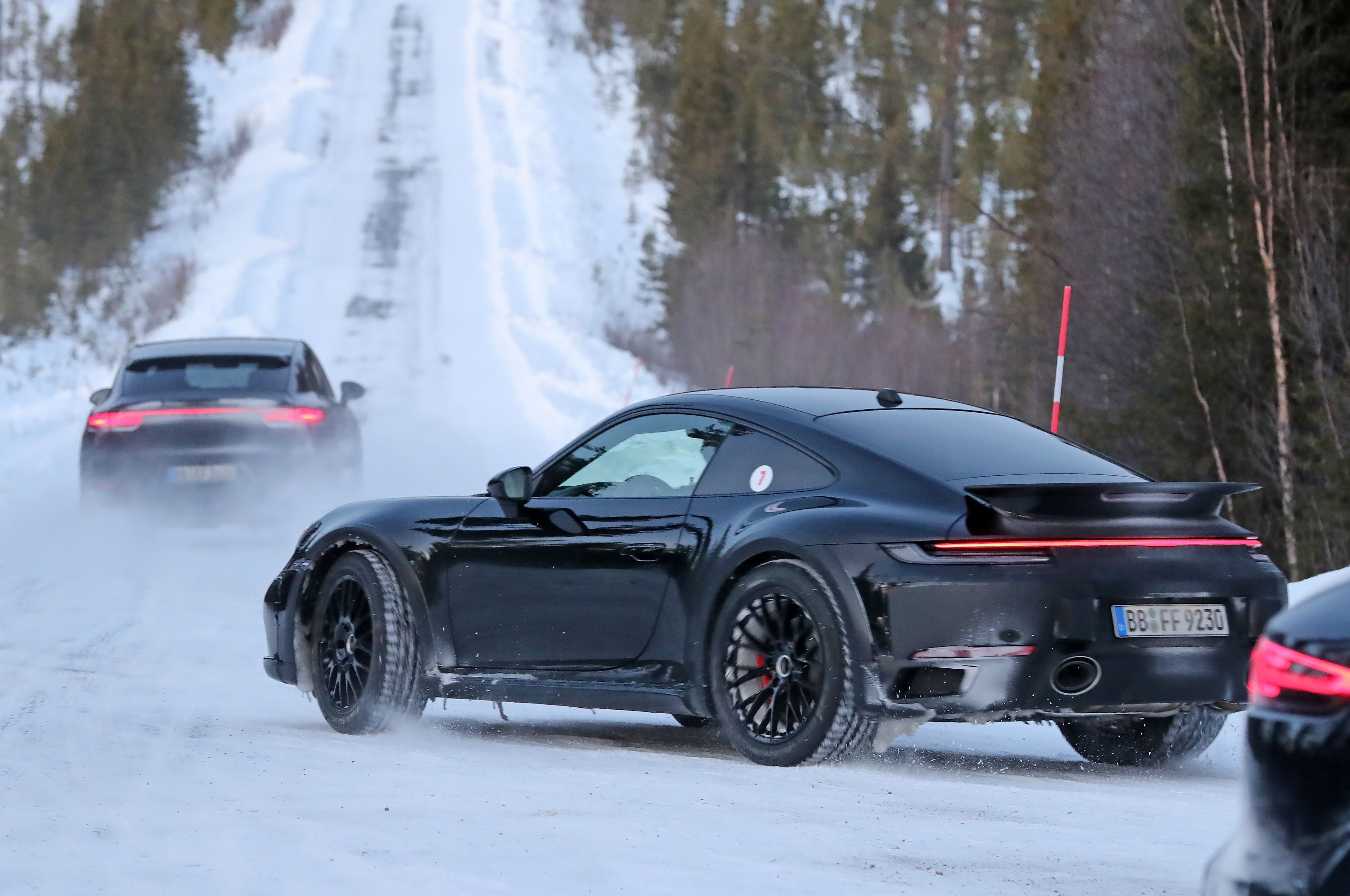
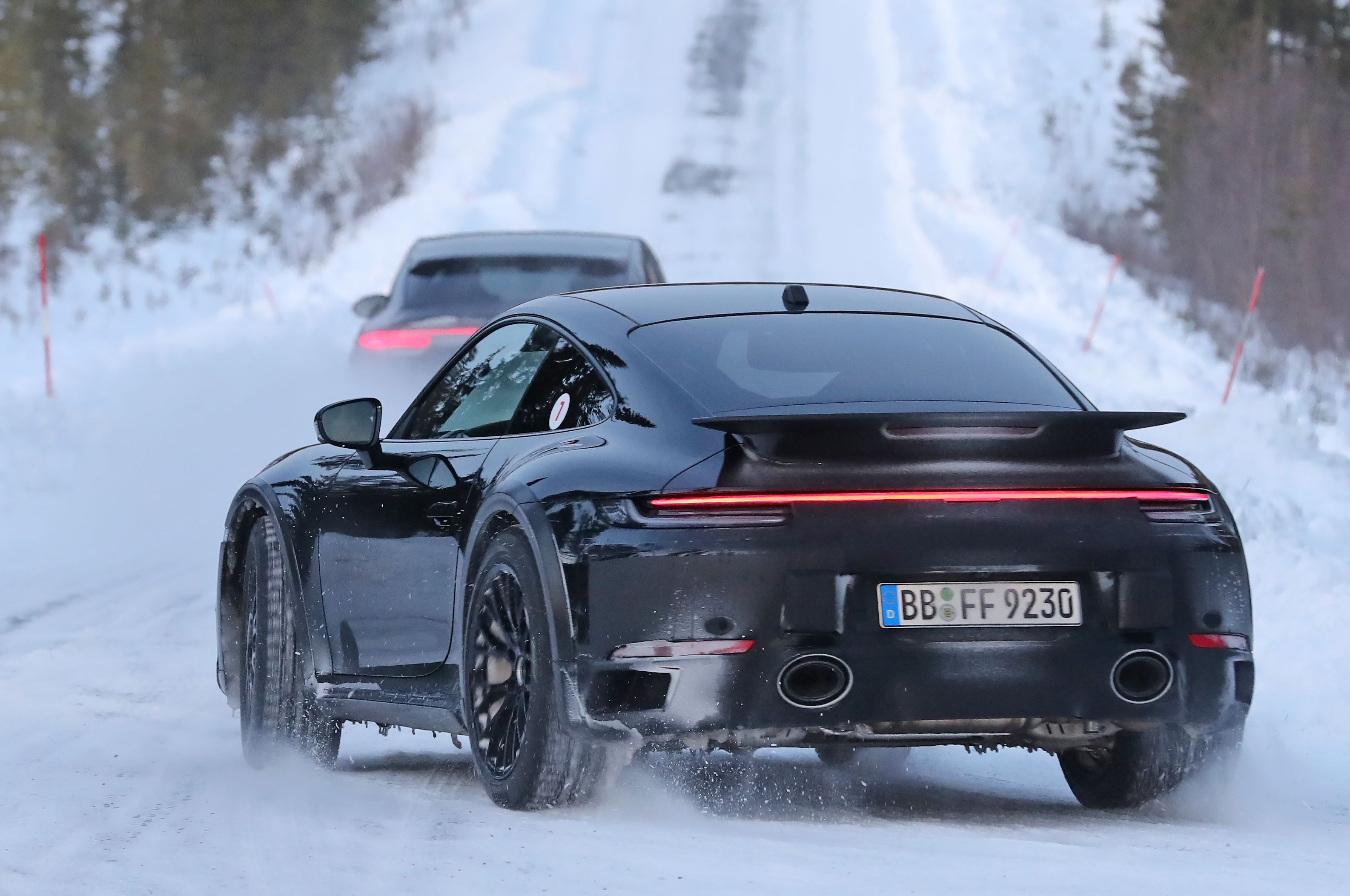
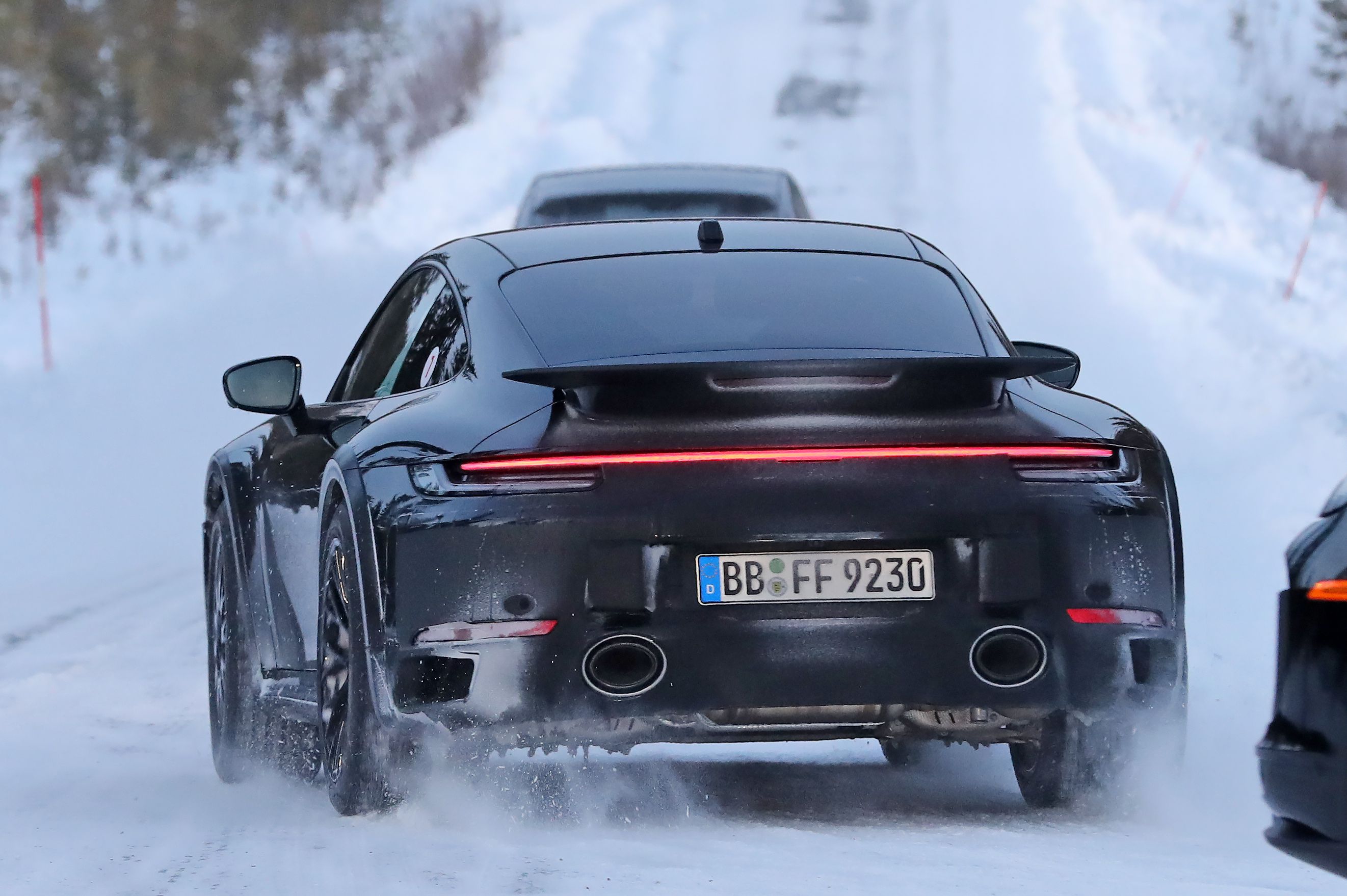
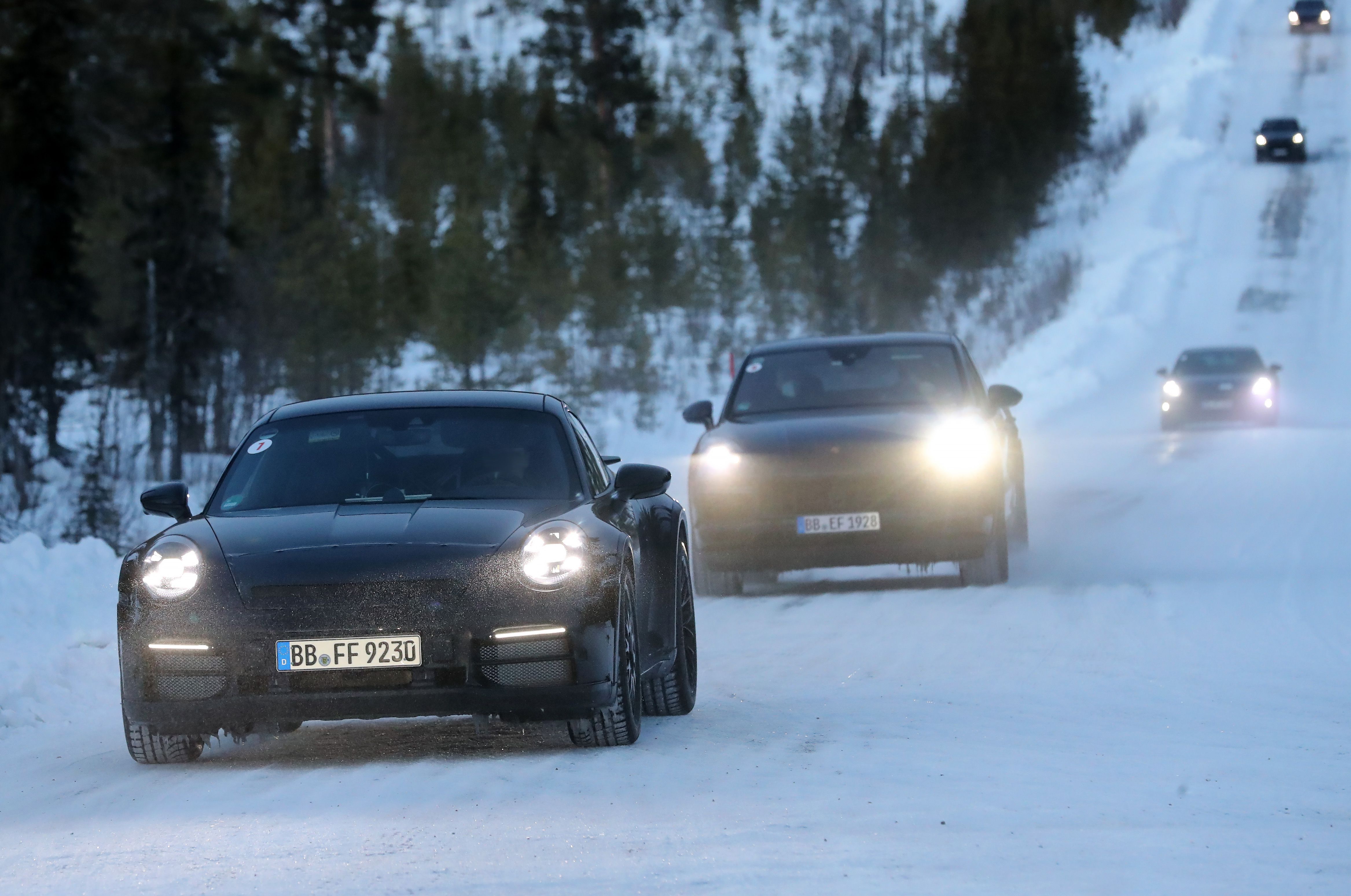
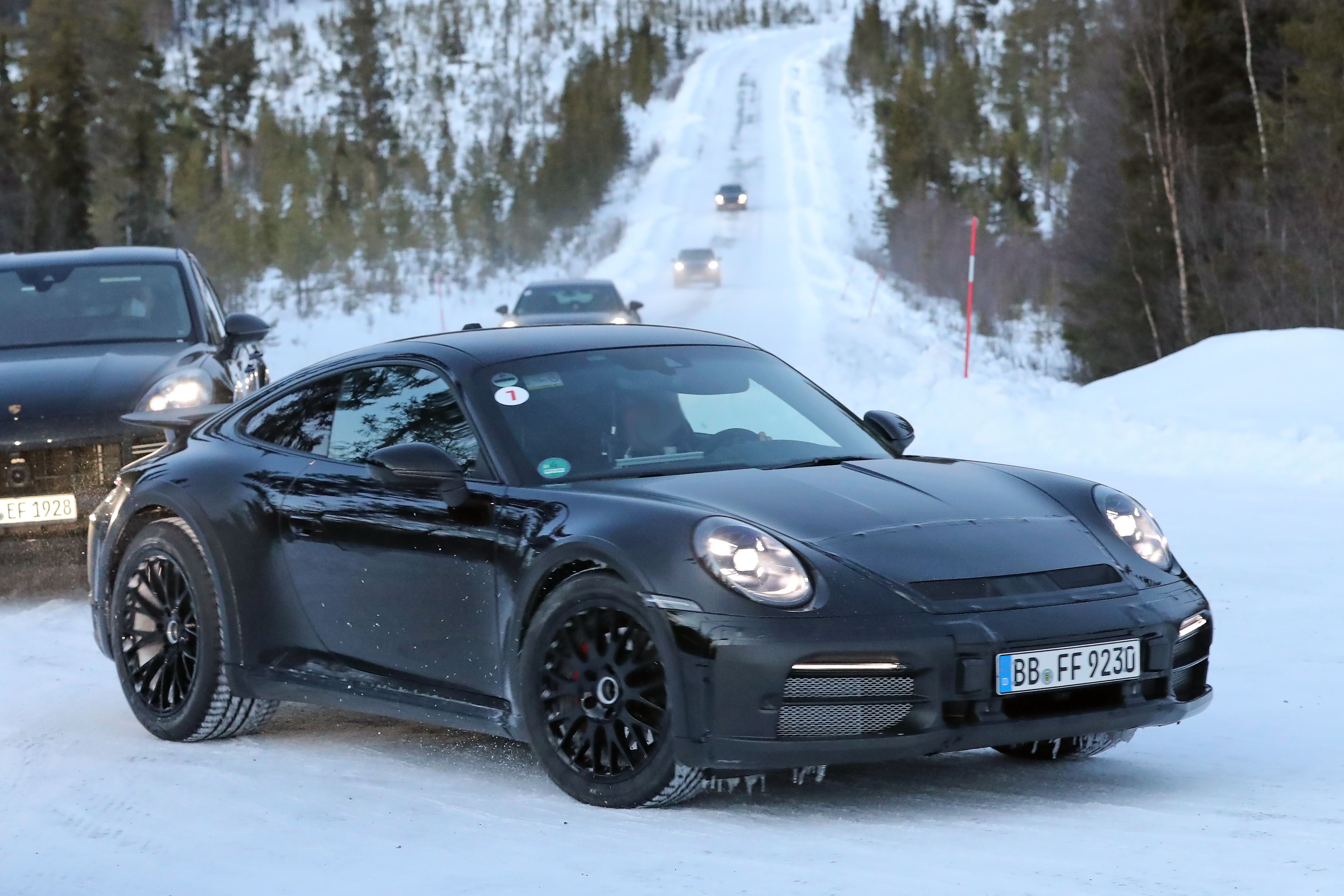
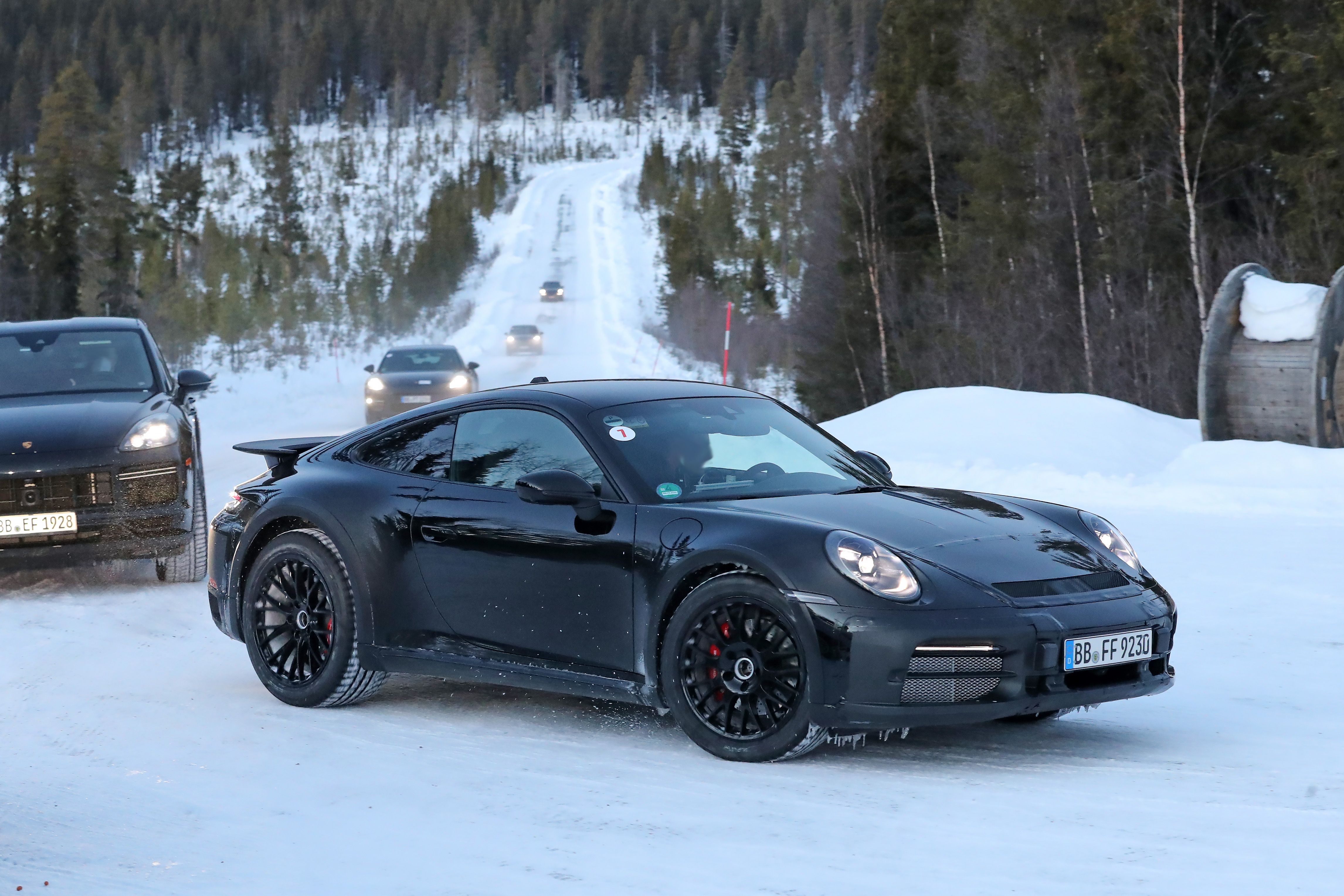
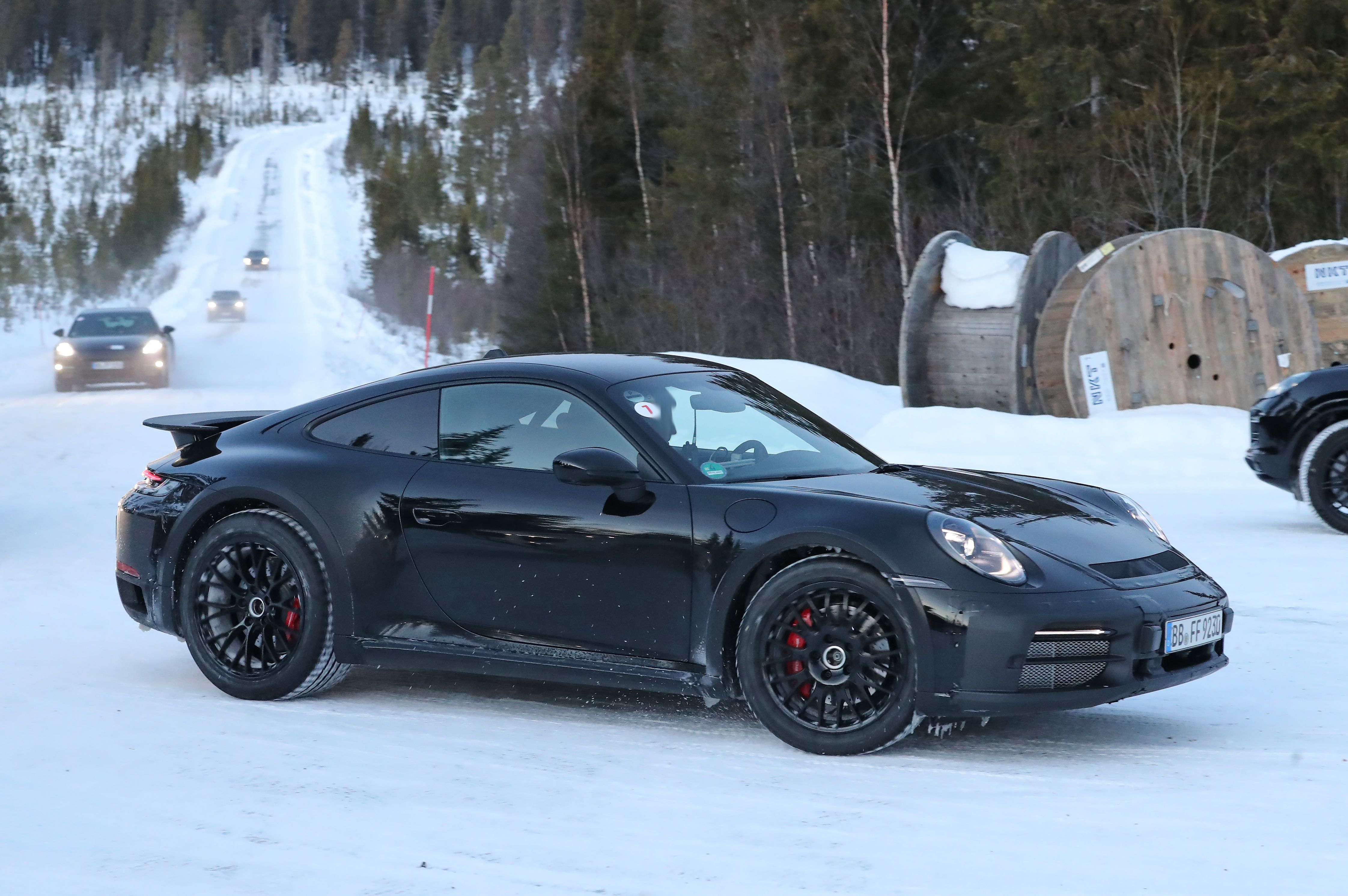
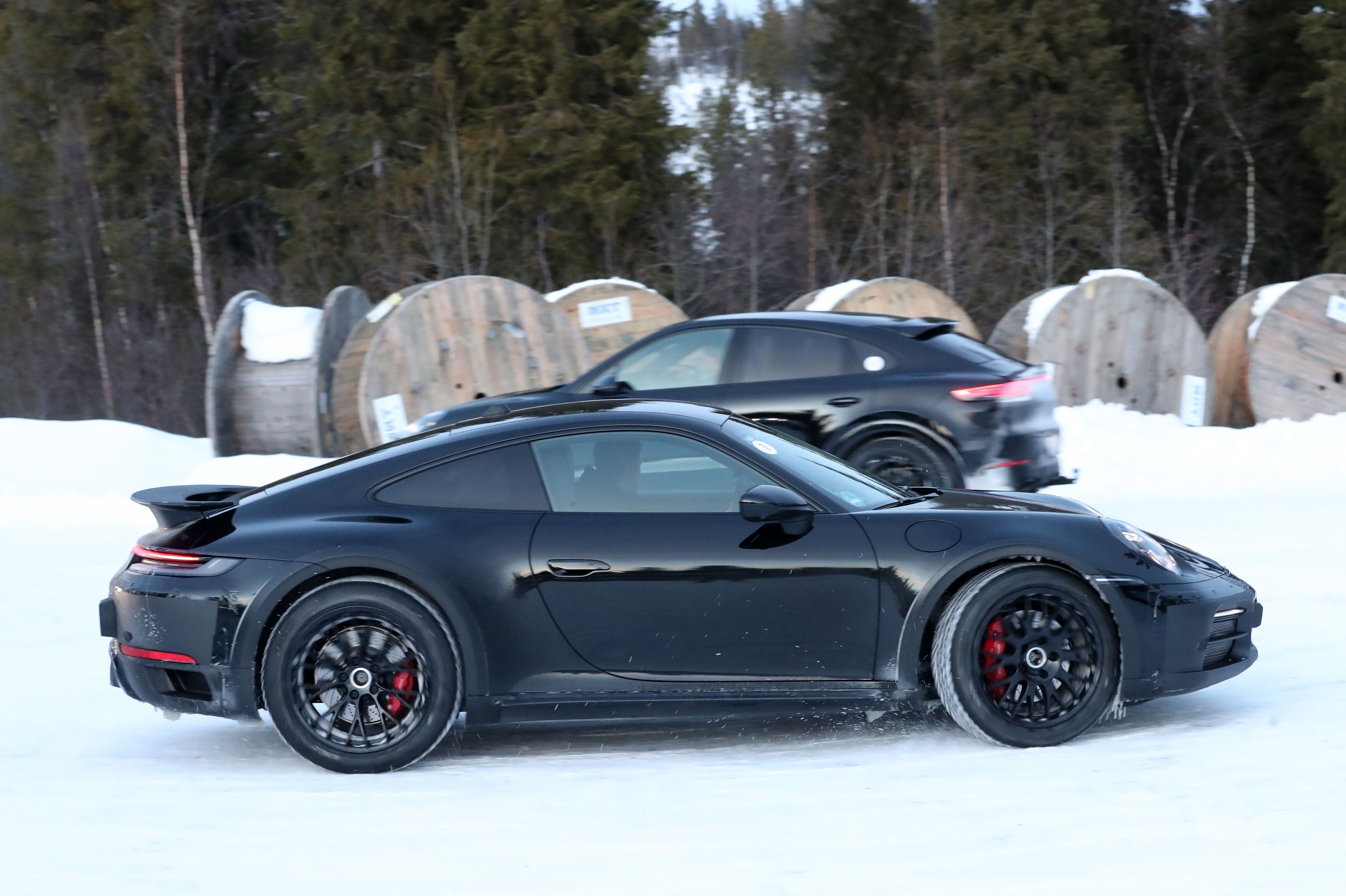
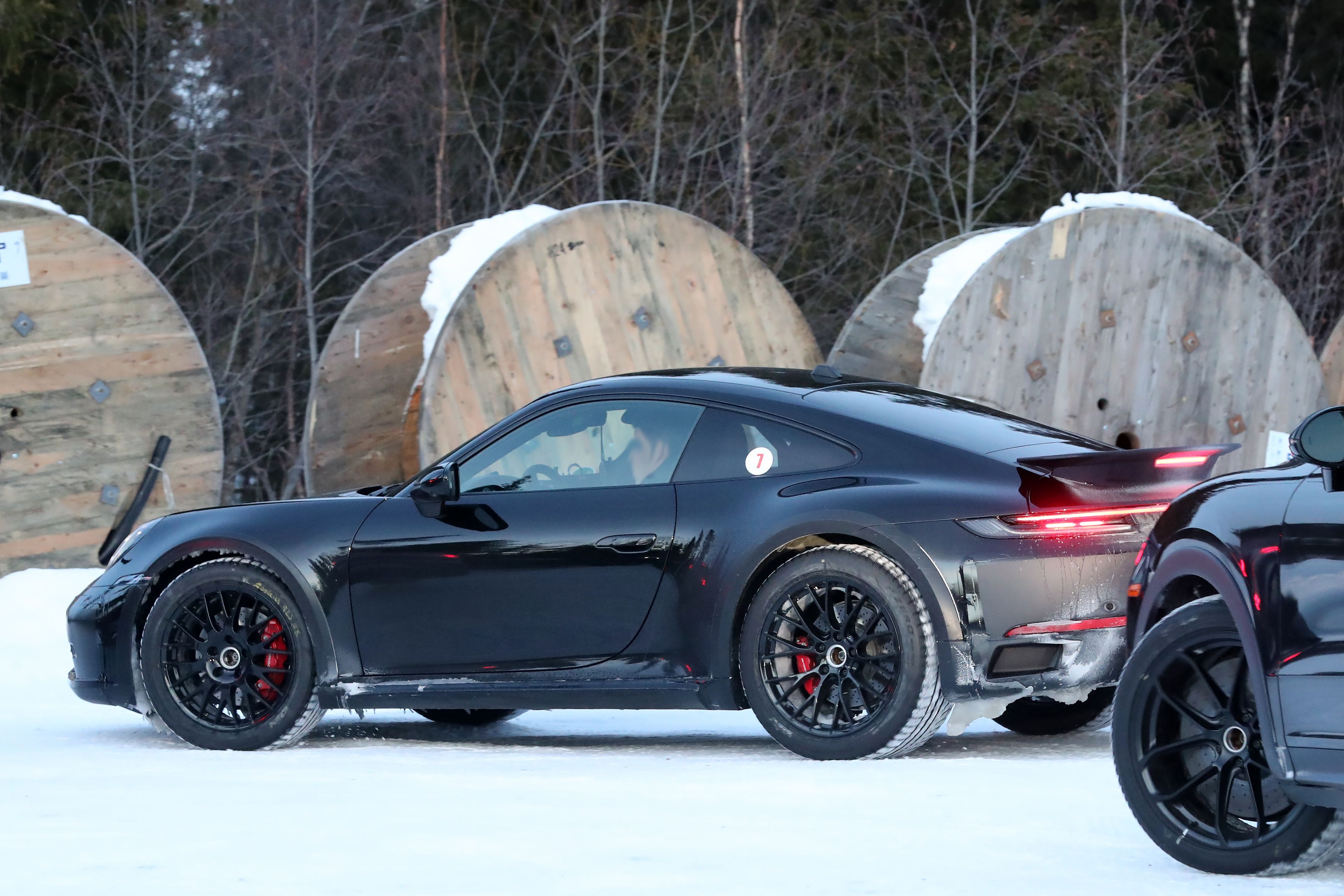
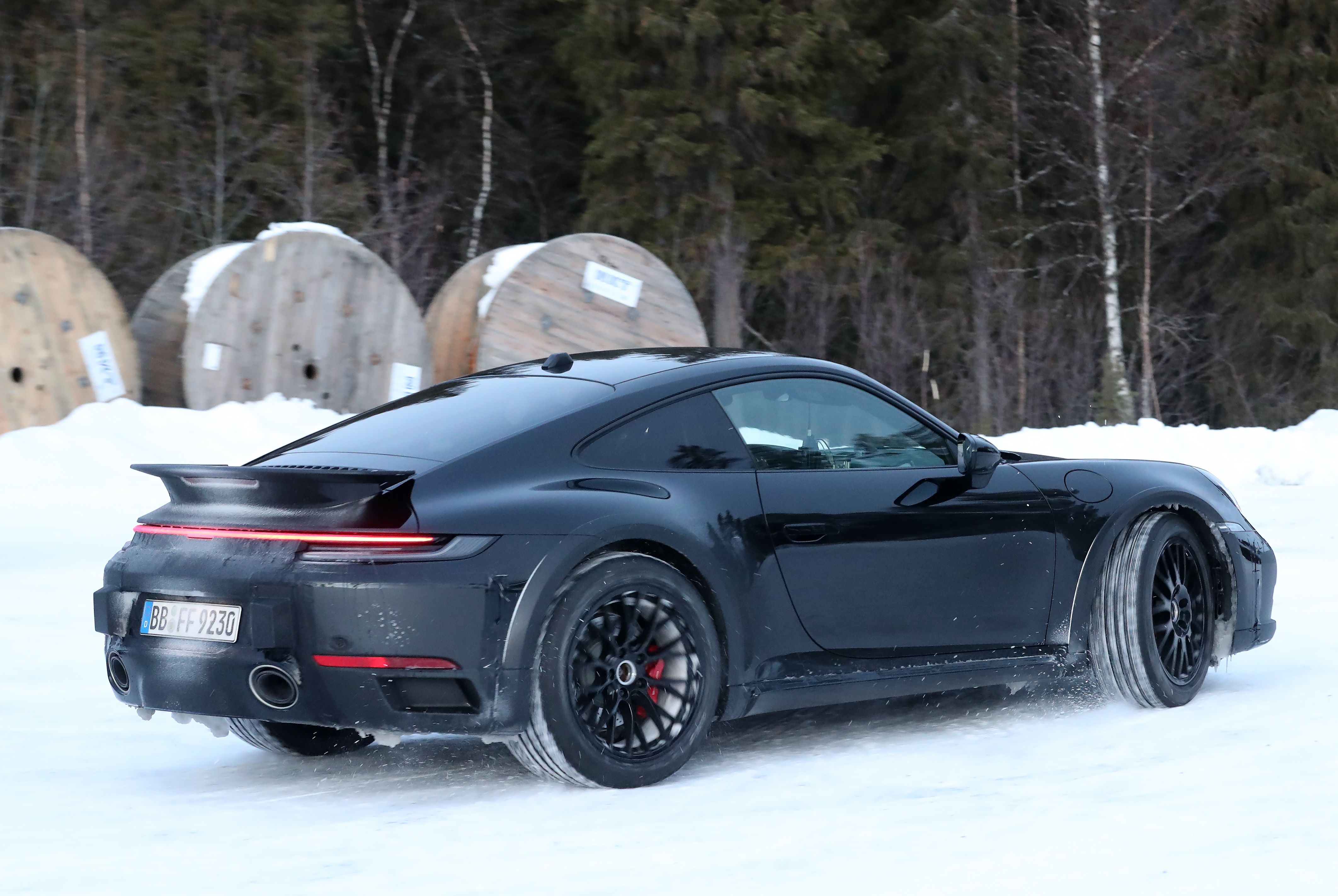
- Make: Array
- Model: 2022 Porsche 911 Safari
- [do not use] Vehicle Model: Array
Spy Shots
Jan 25, 2022 - Porsche 911 Safari Looking Production Ready


Exterior

At first glance, this prototype is a non-turbo Porsche 911 riding on a raised suspension. However, on closer inspection we can notice some changes to the front end. The splitter seen on the regular 911 has been replaced with an element that's flatter in the center and appears to transform into an underbody protection plate, like on full-fledged crossovers. Onto the sides, the lower bumper is a bit shorter too, which should give the car a better approach angle. Everything else remains identical to the regular Porsche 911.
The mule's raised suspension become more obvious as we look at its profile. The car rides a few good inches higher than the regular 911, but it also sports unique five-spoke rims wrapped in high-profile tires. Granted, these aren't full-fledged off-road tires, but they're better suited for rough terrain and it's the kind of rubber you usually get on crossovers. Finally, this 911 sports fender flares. We're obviously looking at plastic cladding tacked onto the regular fenders, but they should look better on the production model. Also borrowed from crossovers, these flares not only widen the fenders to make way for wider tires and axles, but they also provide extra protection when driving fast on surfaces like gravel.

The rear of the test car also looks a lot like the non-Turbo 911, but the diffuser like element looks different. Unlike the Carrera, which features bodywork under the diffuser, the test car sports an all-black piece that looks sturdier than usual. The corners and the center section have been redesigned too. What's more, the license plate recess has been moved higher into the bumper, a unique feature among current-generation 911 models.
The rear bumper layout looks a lot like the 911 Vision Safari, which was based on the 991-generation 911. The concept car featured a bigger wing though. The fender flares also look similar to the Vision Safari, as do he high-profile tires and the five-spoke rims. But the concept vehicle from 2012 also features additional lights in the front bumper, a lightbar on the roof, as well as roof rails. We can expect some if not all of these features to make an appearance on the production car. Given that there will be one, of course.
Interior
The spy shots don't give us a glimpse of the interior, but it's safe to assume that a Safari model wouldn't stray too far off the regular 911. The Vision Safari concept features a roll cage and bucket seats, but there's no sign of them in the prototype. Whether they will make it into production or not depends on what kind the car will the Safari be. If Porsche plans to offer it a regular production model with a decent price tag, the interior will most likely remain similar to models like the 911 Carrera. But if the Safari will be a limited-edition and very exclusive model with a big price tag, it might be fitted with features usually found in GT3 and GT2 versions of the 911.
Either way, it should retain some of the usual 911 features with soft surfaces and premium materials, as well as the top-tier technology that Porsche offers nowadays. The instrument cluster and infotainment system will include a few extra bits related to the car's AWD system, suspension, and any special drivetrain feature it will get.
Drivetrain

The drivetrain of the 911 Safari is a mystery, but it's safe to assume that Porsche will keep a flat-six engine under the hood. The 911 Carrera 4S seems a likely candidate as a base since it features a four-wheel-drive system and a plenty powerful engine.

However, the Safari's AWD system should be notably different than the Carrera 4S. Since this car needs to be able to tackle rough terrain, Porsche is probably developing a unique unit that most likely borrows more from the Cayenne rather than the 911. The Safari will also ride on a studier suspension system and it should incorporate bespoke electronics with various modes. Under the shell, the 911 Safari will be notably different than the 911 Carrera. It probably won't be as off-road capable as the Cayenne, but it will make for a potent desert and gravel runner.
Will the 2022 Porsche 911 Safari Have any competitors?

No mainstream carmaker is offering raised sports cars as of early 2021, so the 911 Safari will be pretty unique. Competition comes only from smaller tuner companies that have developed their own takes on Porsche's classic Safari models. Singer, for instance, has build concepts and also production models inspired by the old Porsche 953 and 959. But they're extremely expensive and rare.
Ariel also builds a raised version of its Atom sports car, called the Nomad. But unlike the Safari, it's an extremely light car that barely comes with body panels. In its range-topping version, the Nomad R, it features a supercharged, 2.0-liter Honda engine that generates 340 horsepower. Ariel also offers a lesser Nomad with a naturally aspirated, 2.4-liter engine, also from Honda, rated at 235 horsepower.
Porsche Safari legacy
Porsche's first contact with rough terrain goes all the way back to 1965, when the Germans raced the first-generation 911 at the Monte Carlo Rally. Granted, that car wasn't a proper off-roader, but rally cars had to be tougher than their road-going counterparts. Although Monte Carlo was mostly a tarmac rally, it showed the potential of the 911 in a rally and took it up a notch in the 1970s.
Porsche built two more Safari models in the 1980s. Also based on the 911, the first one was internally known as the 953. It featured an experimental all-wheel-drive system and won the Paris-Dakar rally in 1984. Porsche returned in 1985 with a rally car based on the infamous 959, but all three cars failed to finish due to mechanical failure. The 959 went on to win the Rallye des Pharaons that year and then scored a 1-2 finish at the Paris-Dakar rally in 1986.
Conclusion

While it's not yet confirmed for production, the 911 Safari could hit showrooms soon. We spotted the prototype testing a few times already and it seems Porsche is giving this project a lot of attention. But chances are the 911 Safari won't be a regular production model. The Germans are probably preparing a very exclusive car that will be produced in just a few units and sold for more than $500,000 a pop. The 911 Safari will probably be sold out by the time Porsche unveils it to the public, so it will become a unicorn version of the 992-generation 911. Just like the 935/19 was for the 991-generation sports car. Still, a cool addition to the lineup and a wonderful tribute to Porsche's classic rally cars.

